The effects of Procrastination

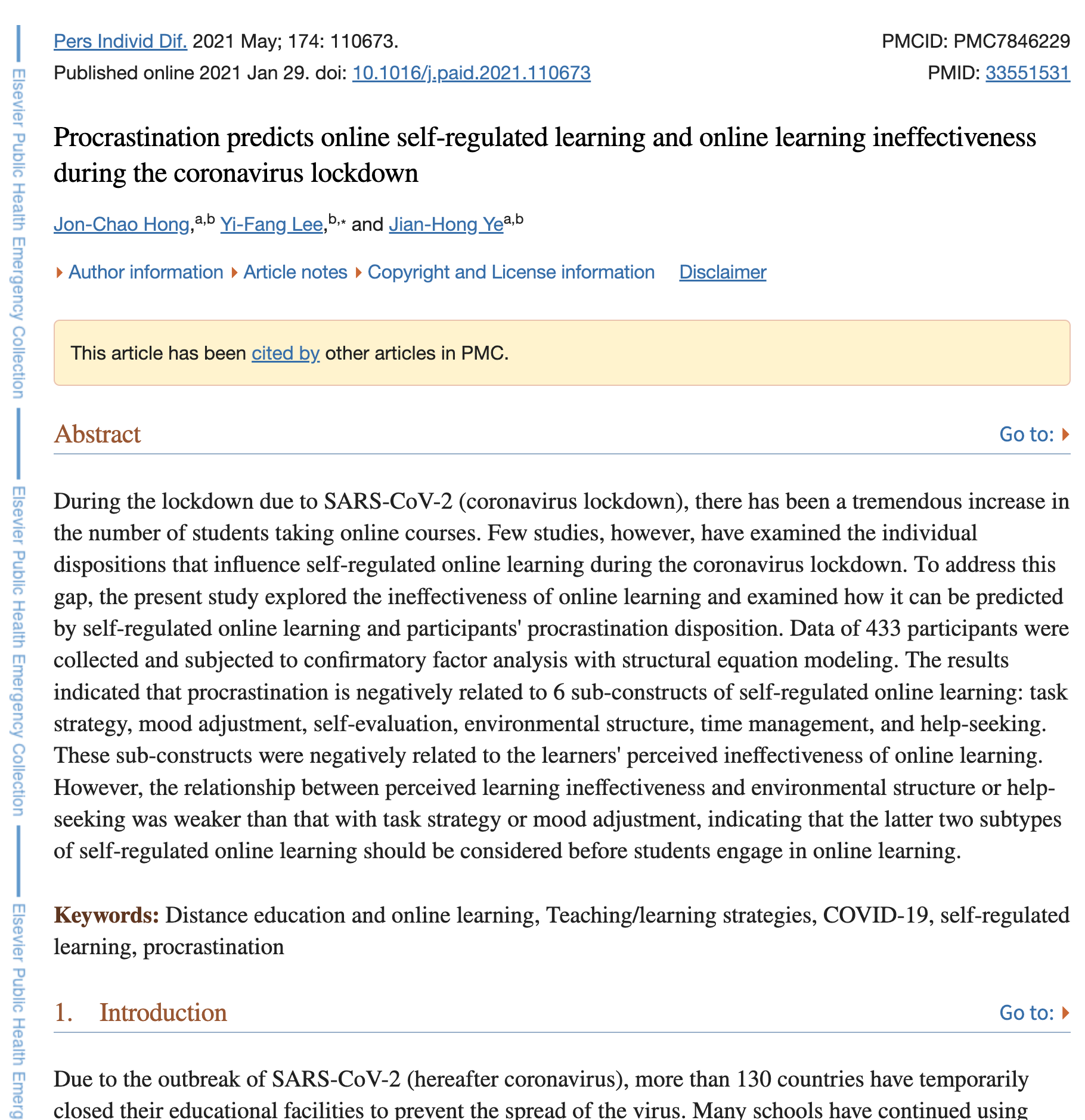
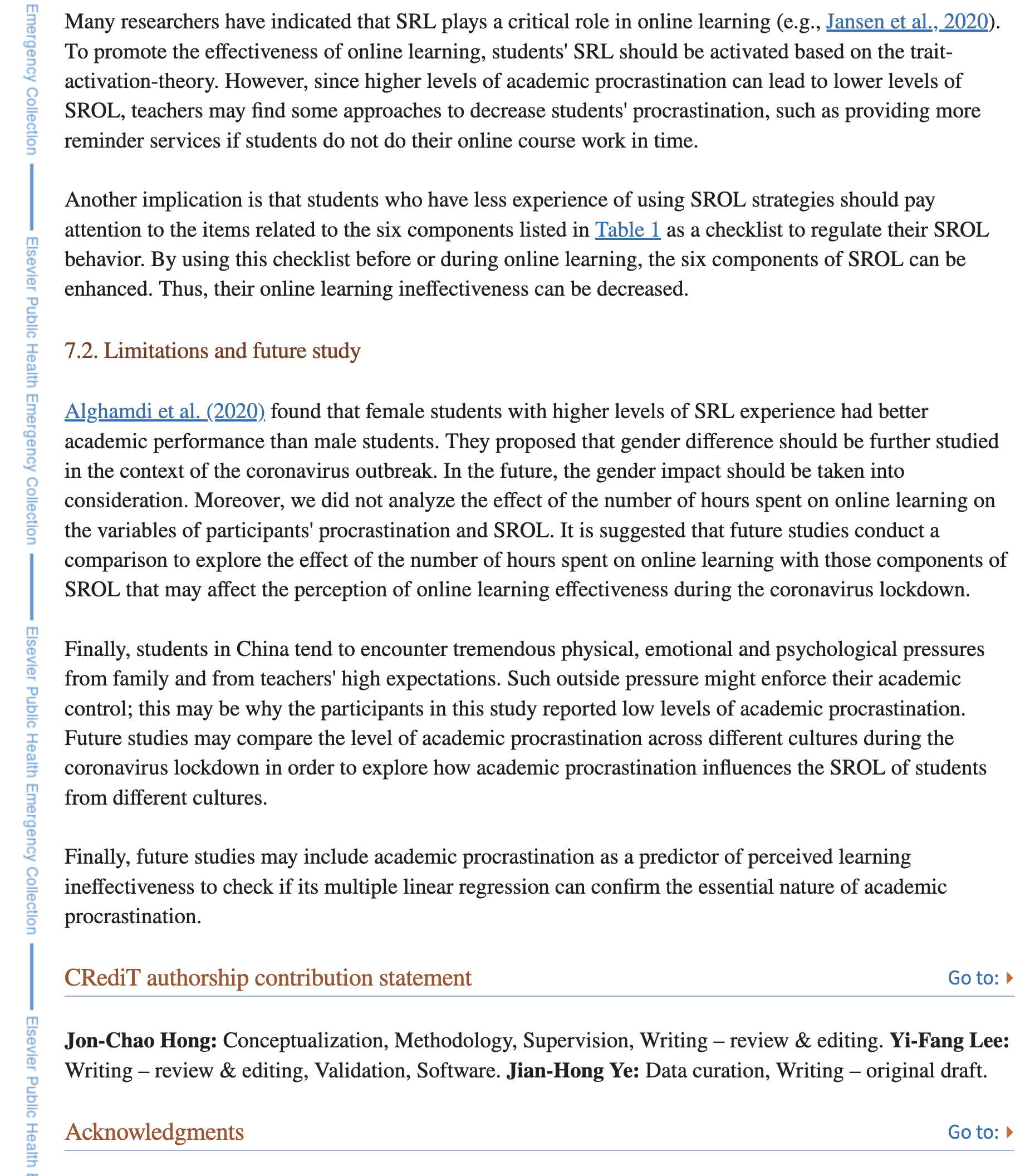
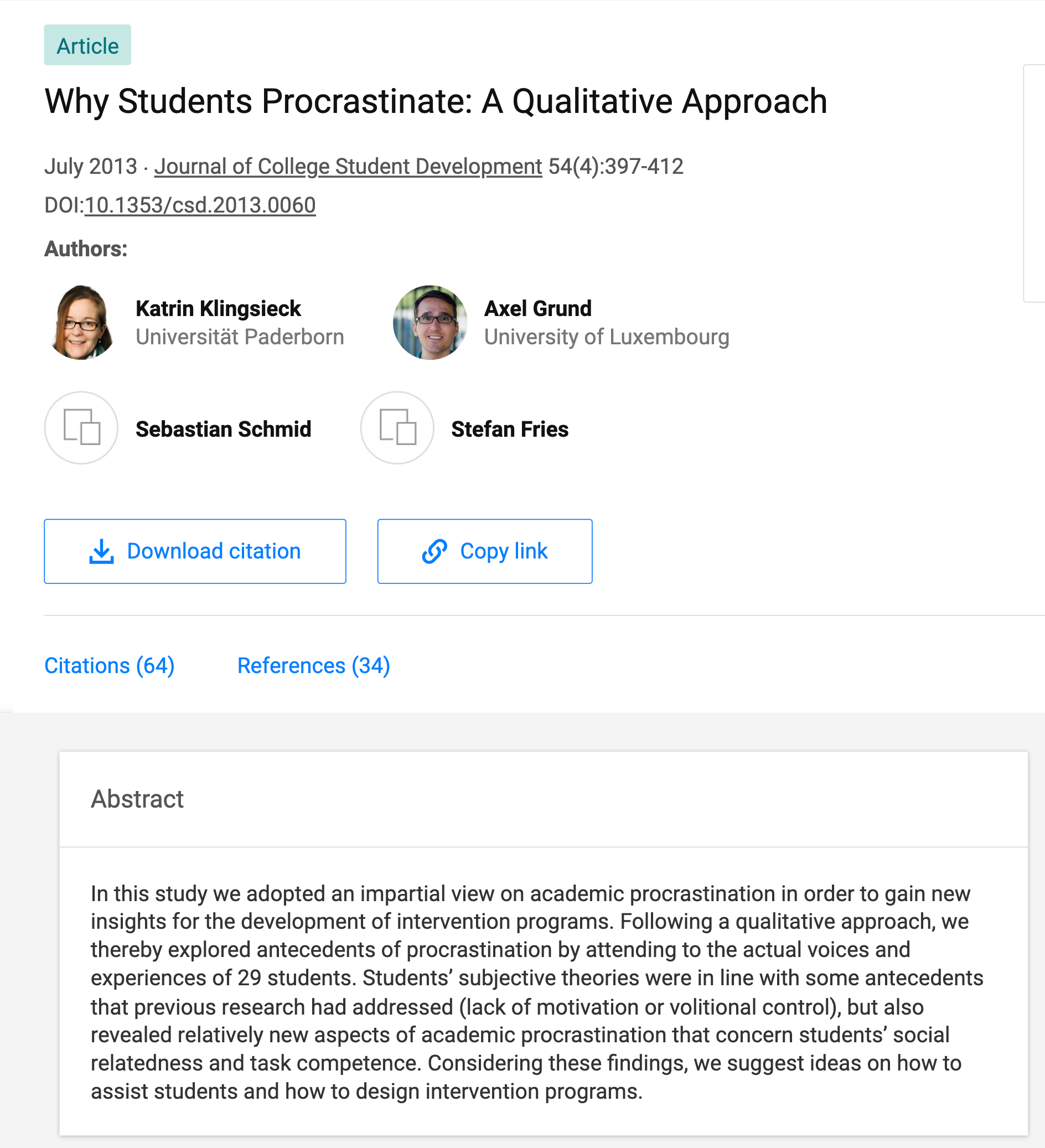
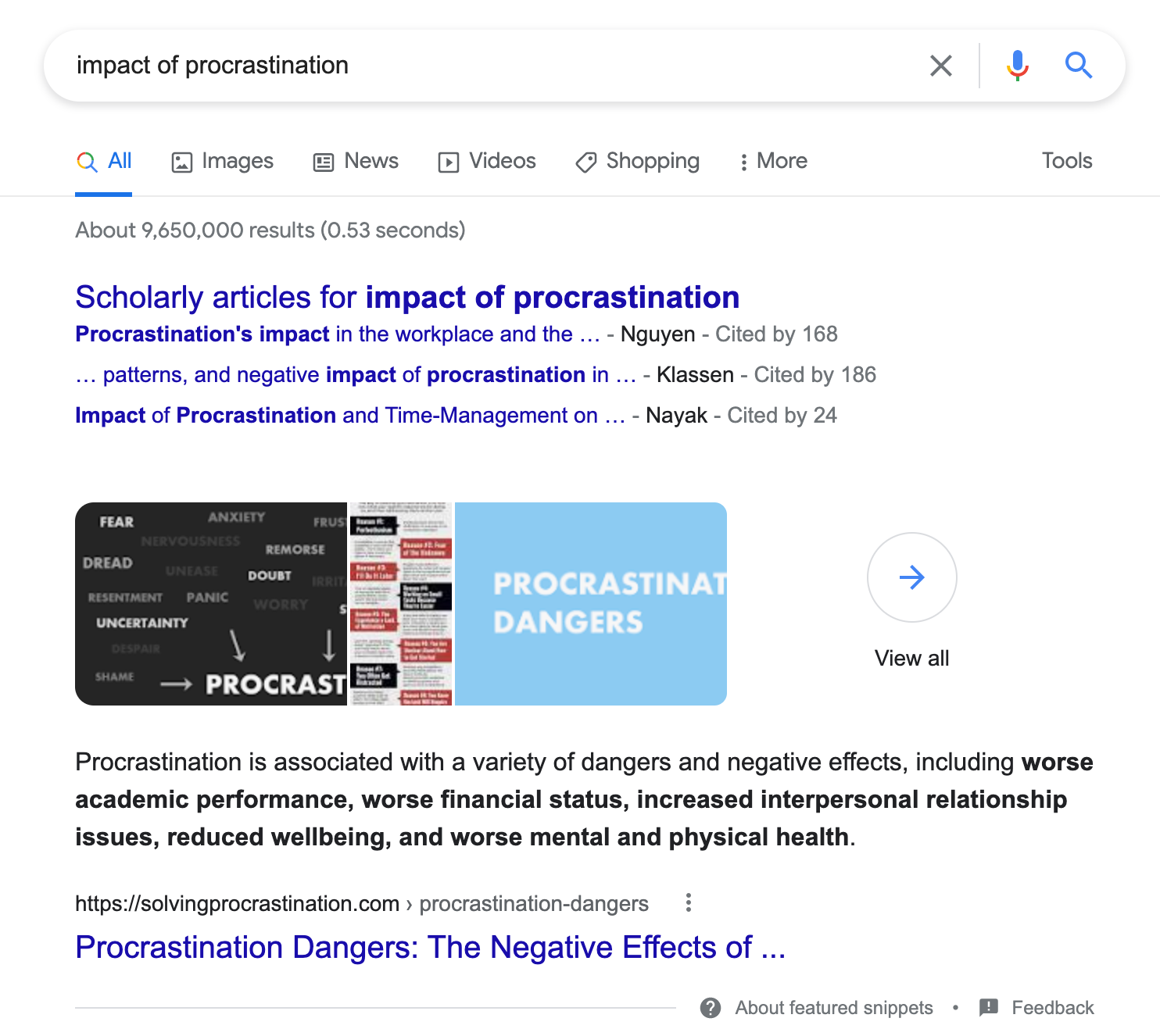
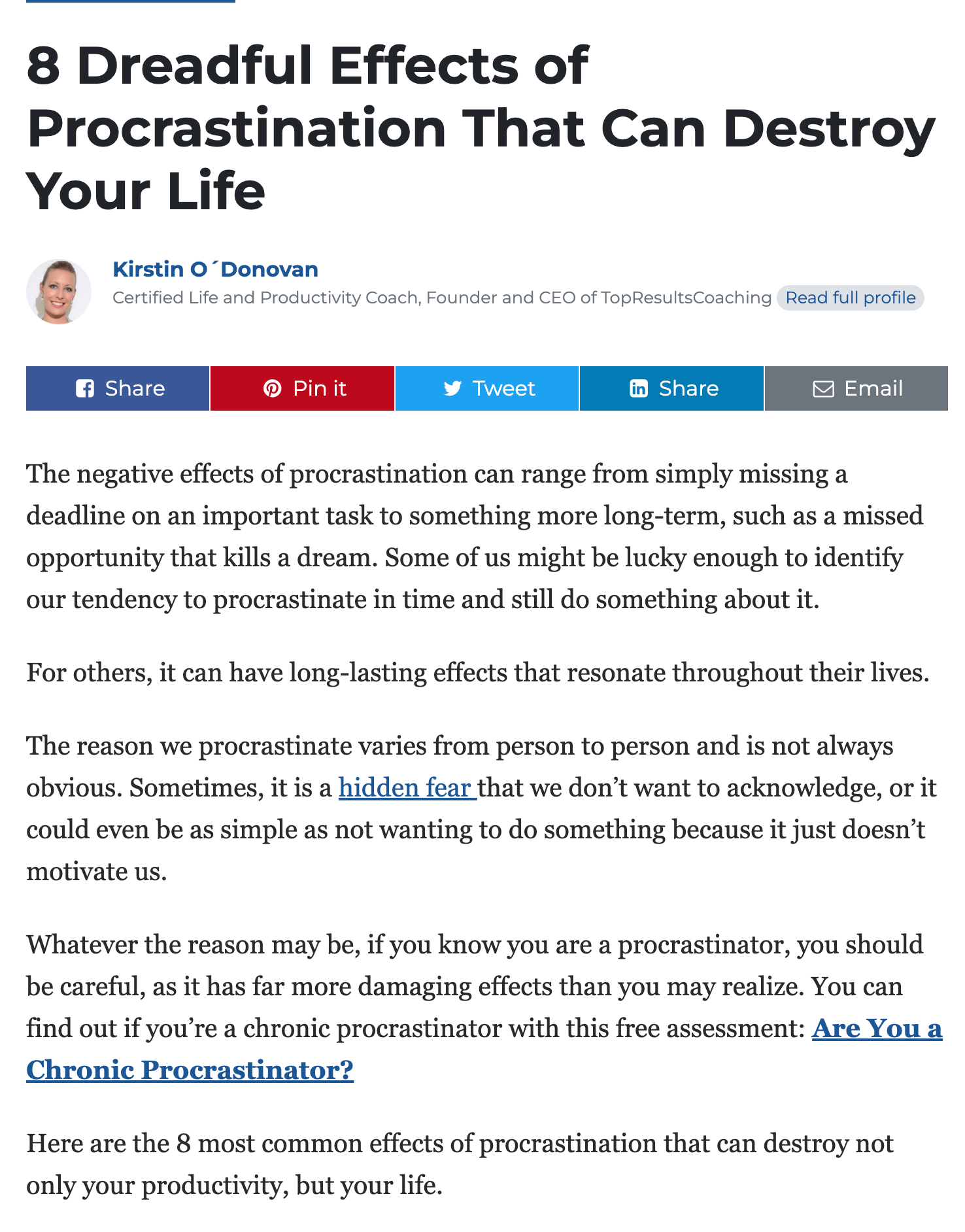
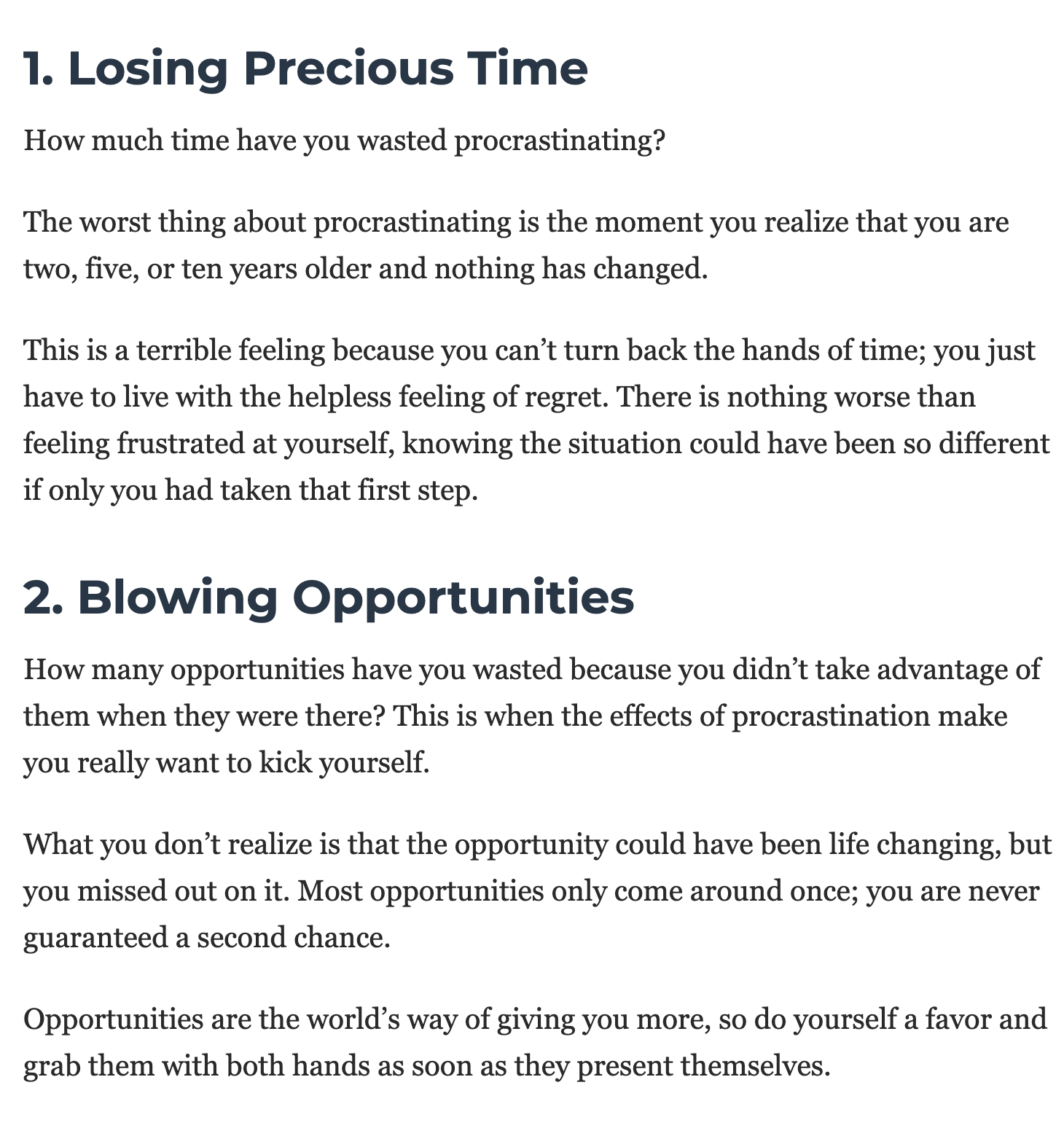
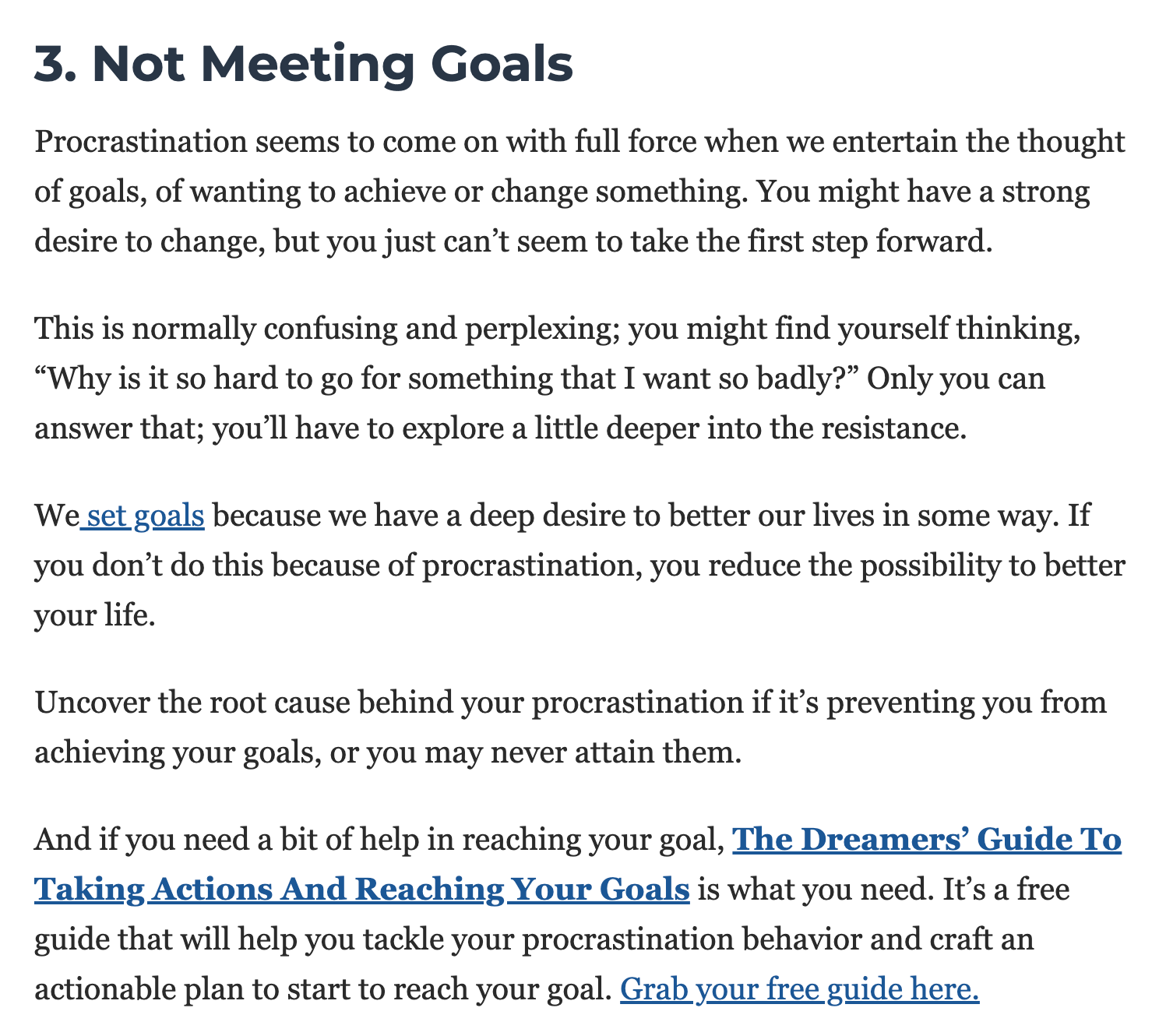
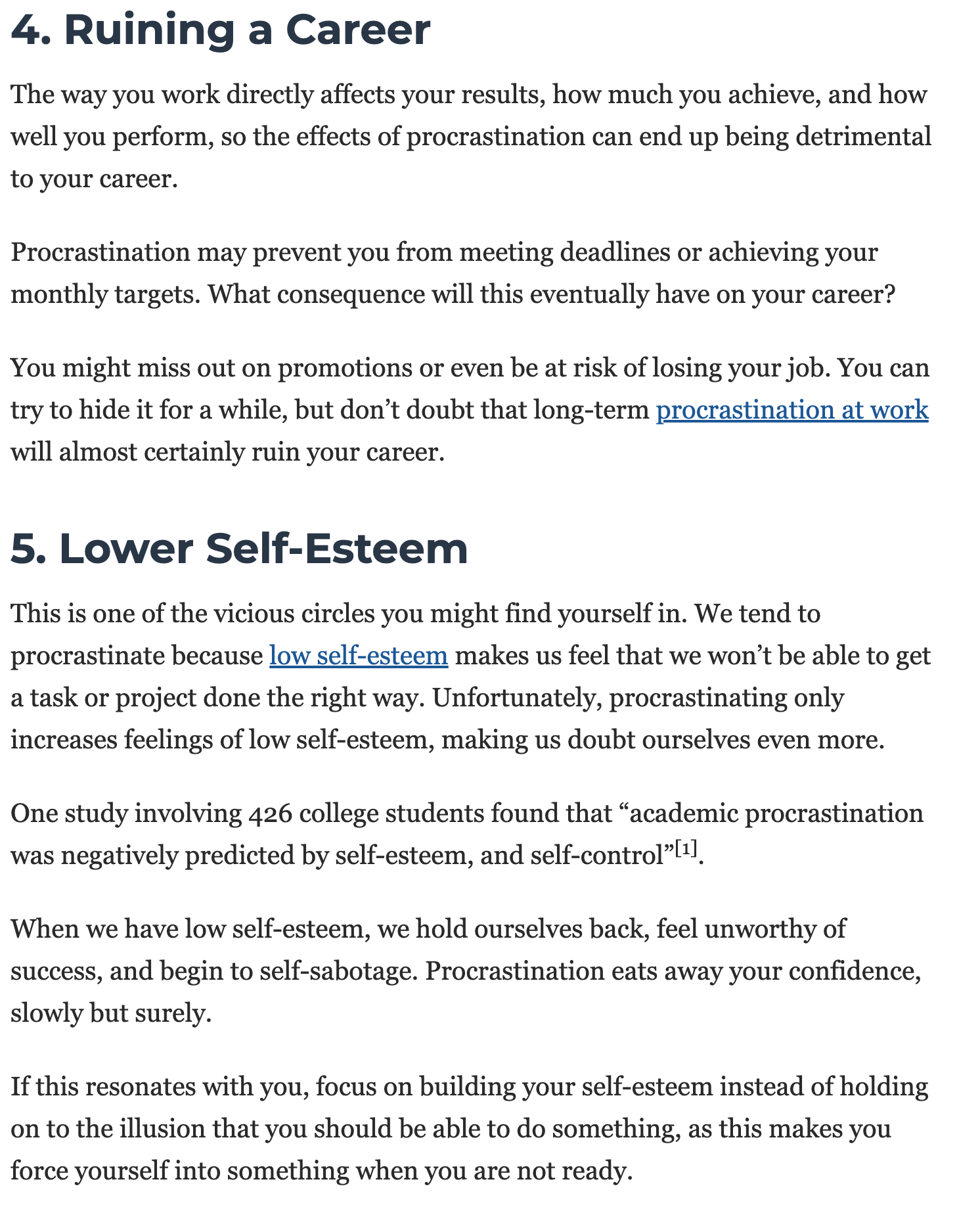
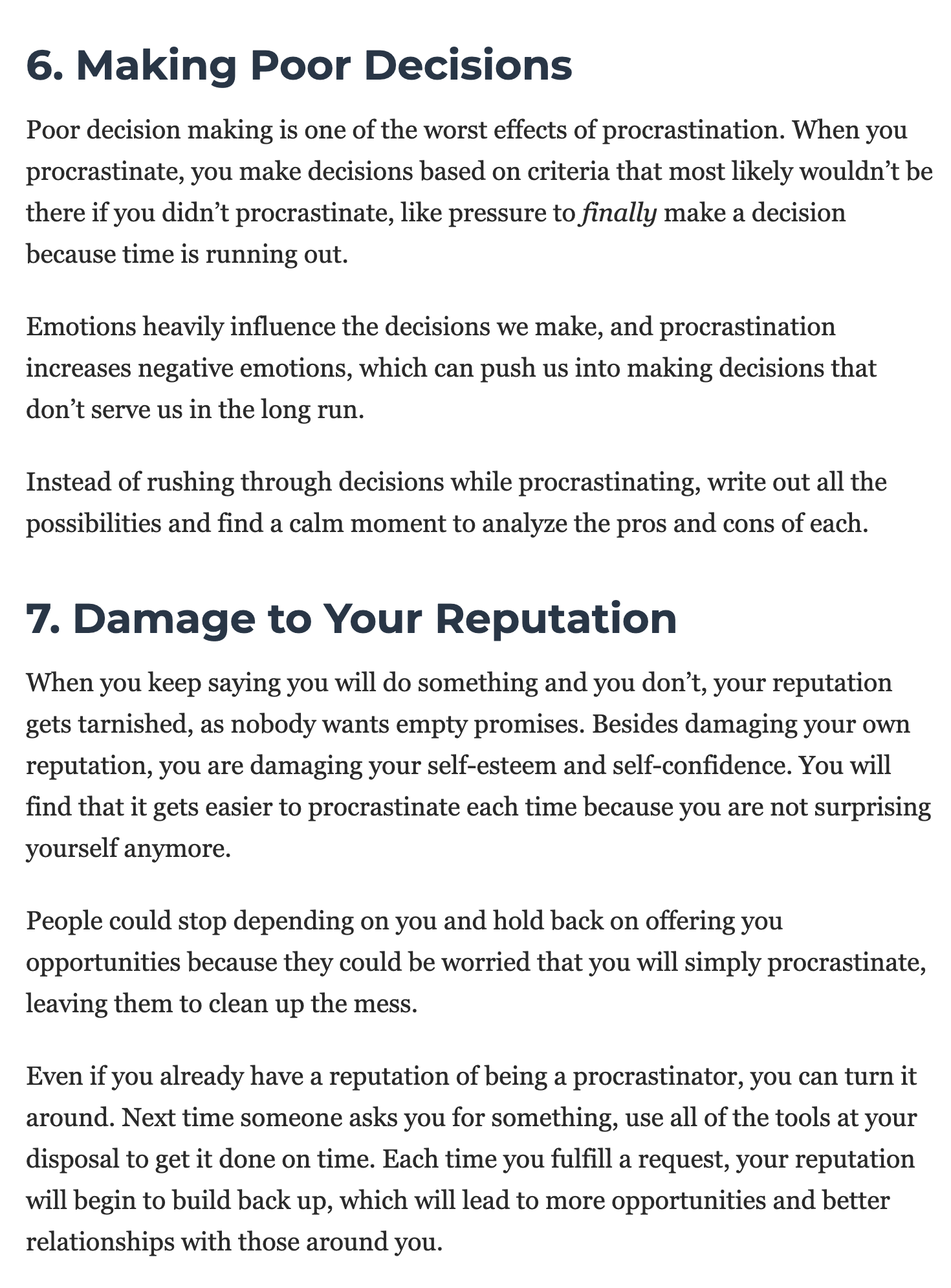
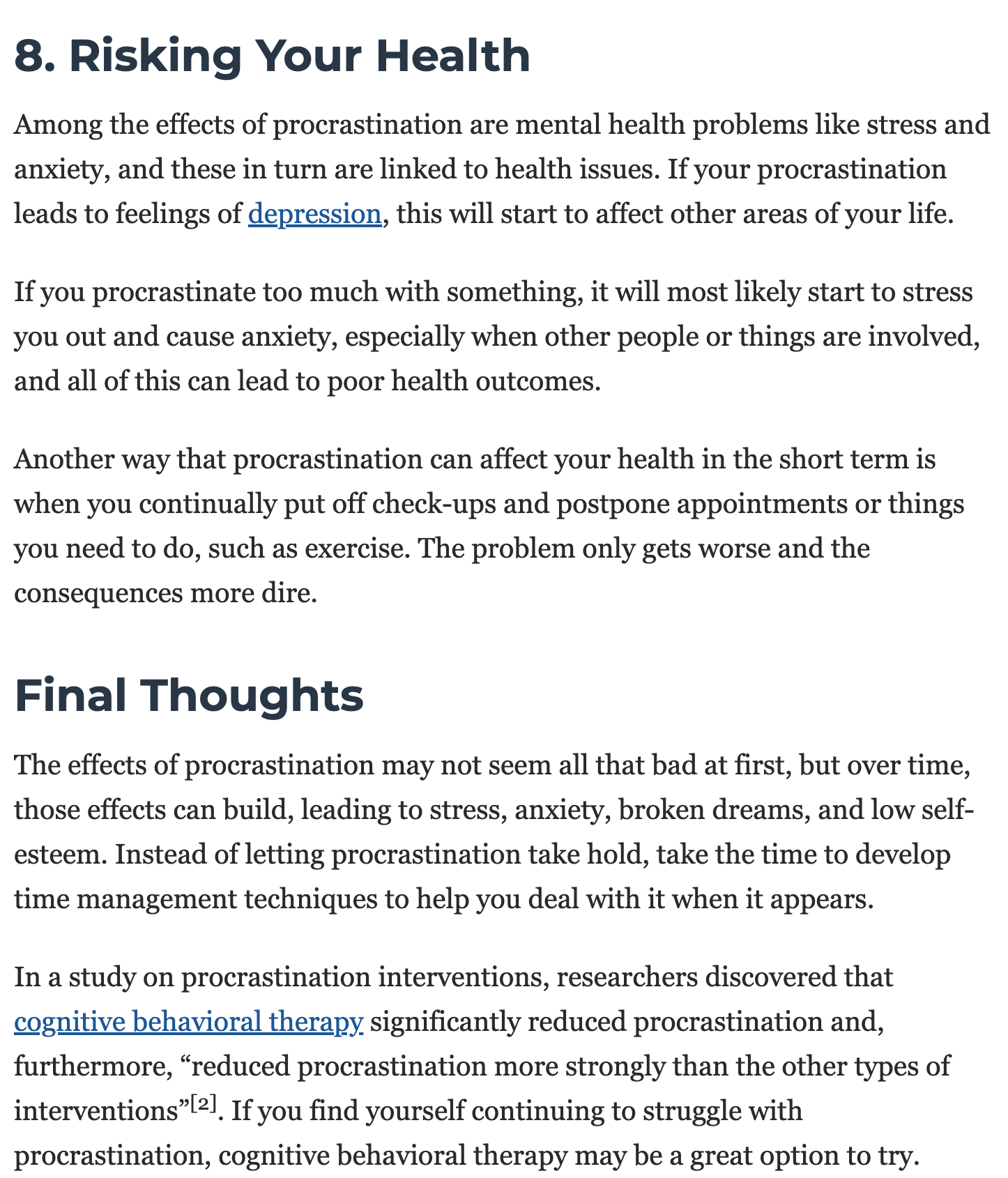

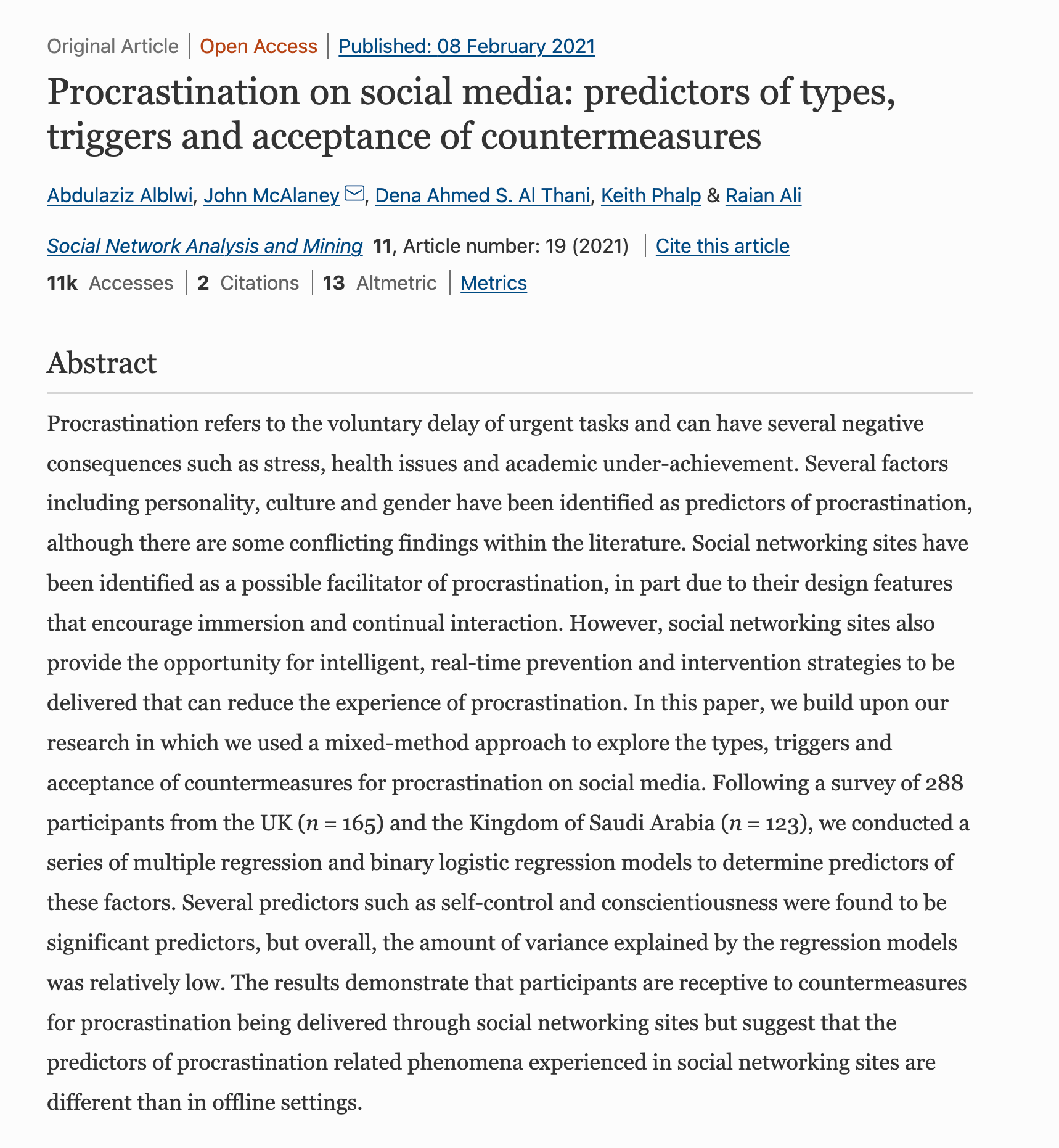

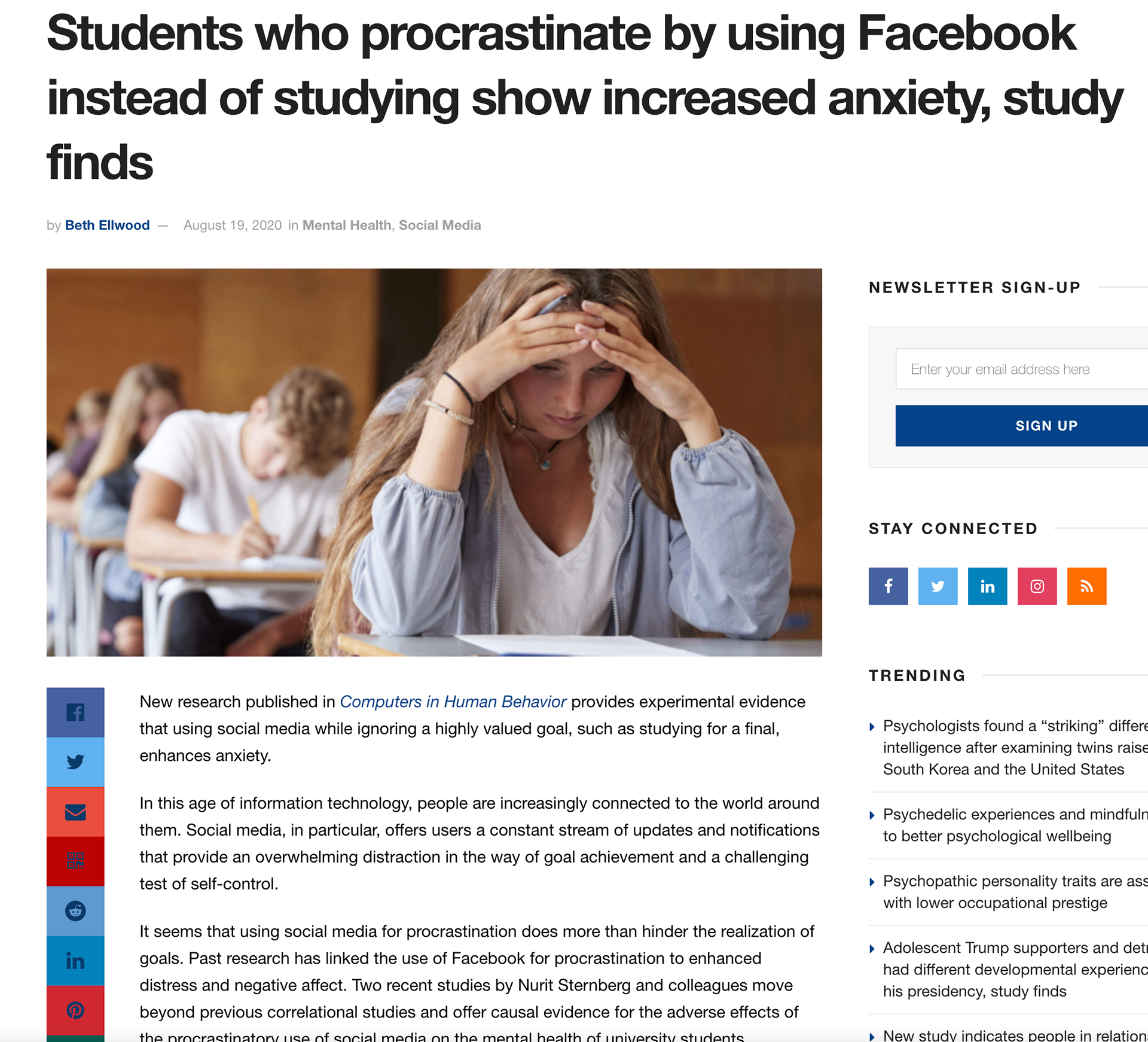
Looking into the effects of how procrastination, students, social media can all link up and have negative effects on mental health. Especially since covid as we have all been online and on social media a lot more than 'normal' for work but also 'play'. It's having negative effects and often an algorithm is involved one way or another.
One thing I keep thing is whilst I feel this is an important topic I think it's me thinking to much into it and should focus on a softer topic.
https://www.albany.edu/ceas/cyberlearning-detecting-and-predicting-procrastination-online-and-social-learning
https://www.ncbi.nlm.nih.gov/pmc/articles/PMC7846229/
https://www.researchgate.net/publication/265925050_Why_Students_Procrastinate_A_Qualitative_Approach
https://solvingprocrastination.com/procrastination-dangers/#:~:text=Procrastination%20is%20associated%20with%20a,worse%20mental%20and%20physical%20health.
https://www.lifehack.org/articles/productivity/8-ways-procrastination-can-destroy-your-life.html
https://huntnewsnu.com/36142/campus/nu-students-admit-social-media-as-largest-source-of-procrastination/#:~:text=The%20study%20also%20shows%20that,procrastination%20caused%20by%20the%20internet.
https://link.springer.com/article/10.1007/s13278-021-00727-1
https://www.psypost.org/2020/08/students-who-procrastinate-by-using-facebook-instead-of-studying-show-increased-anxiety-study-finds-57723
Procrastinating with PROCRASTINATION
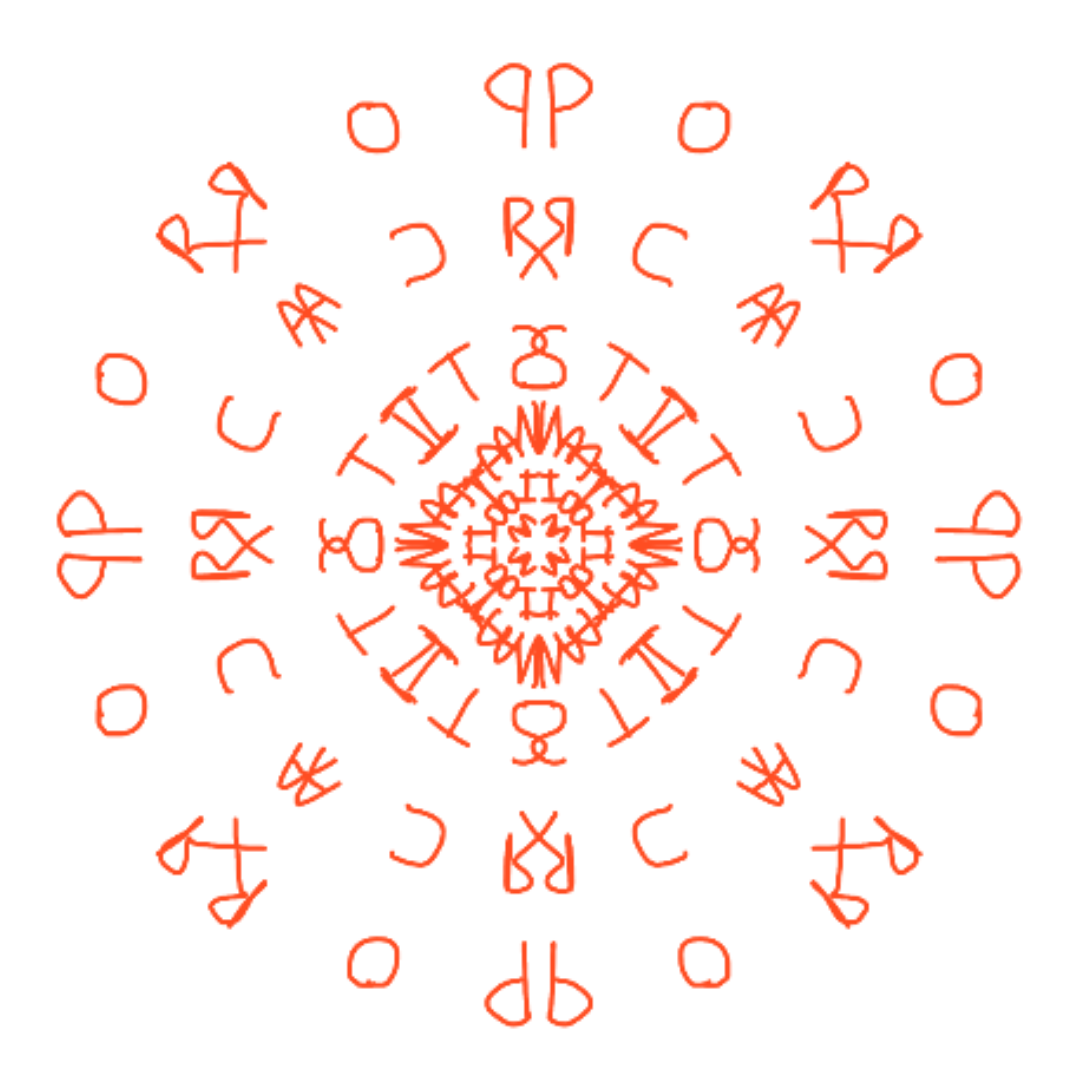

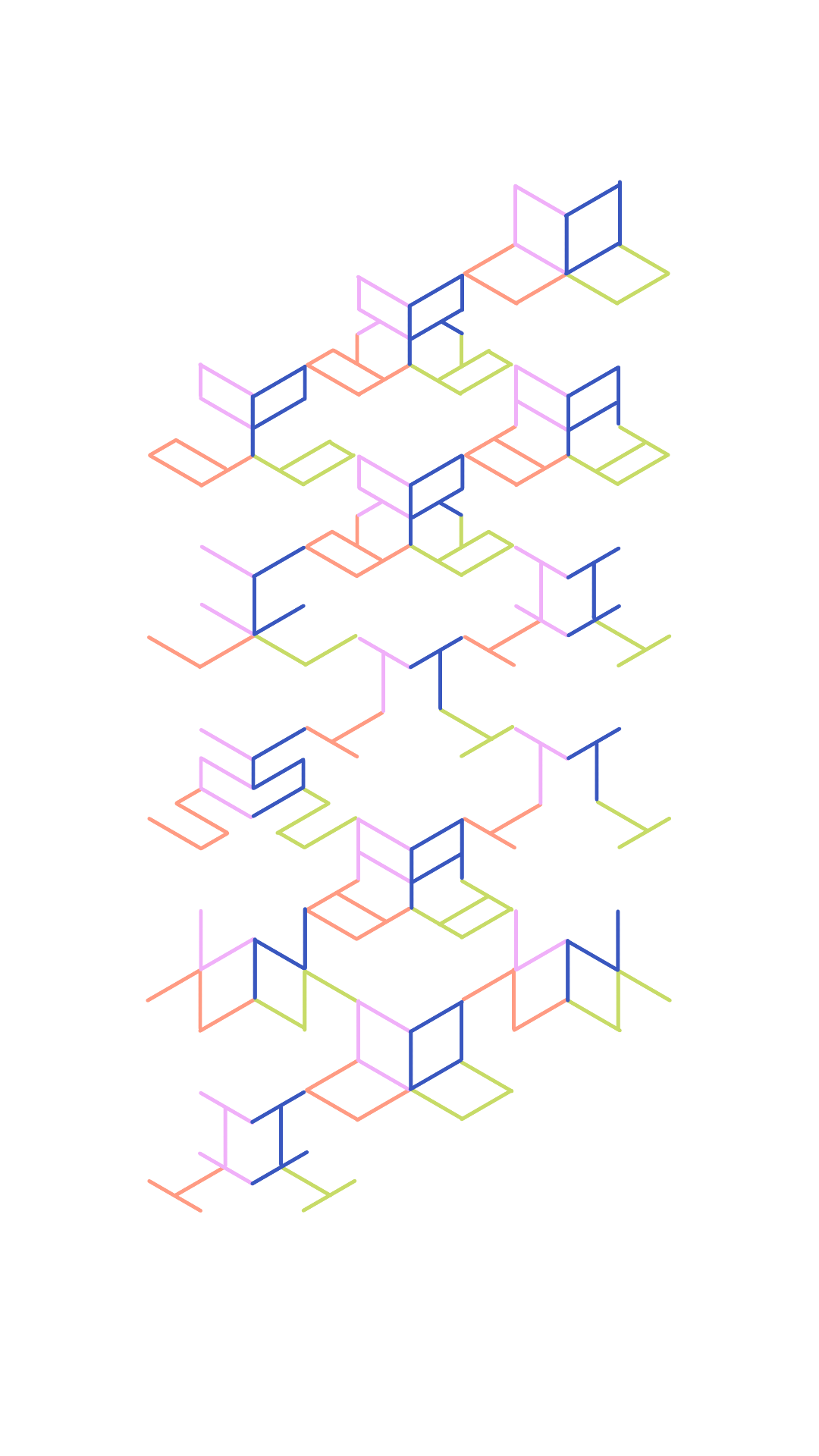

This was a quick task I did just procrastinating by writing the word procrastination. I quite enjoyed this as I didn't feel pressure for it to be perfect, this kind out outlook I want to feel when making my final thing.
neuromarketing

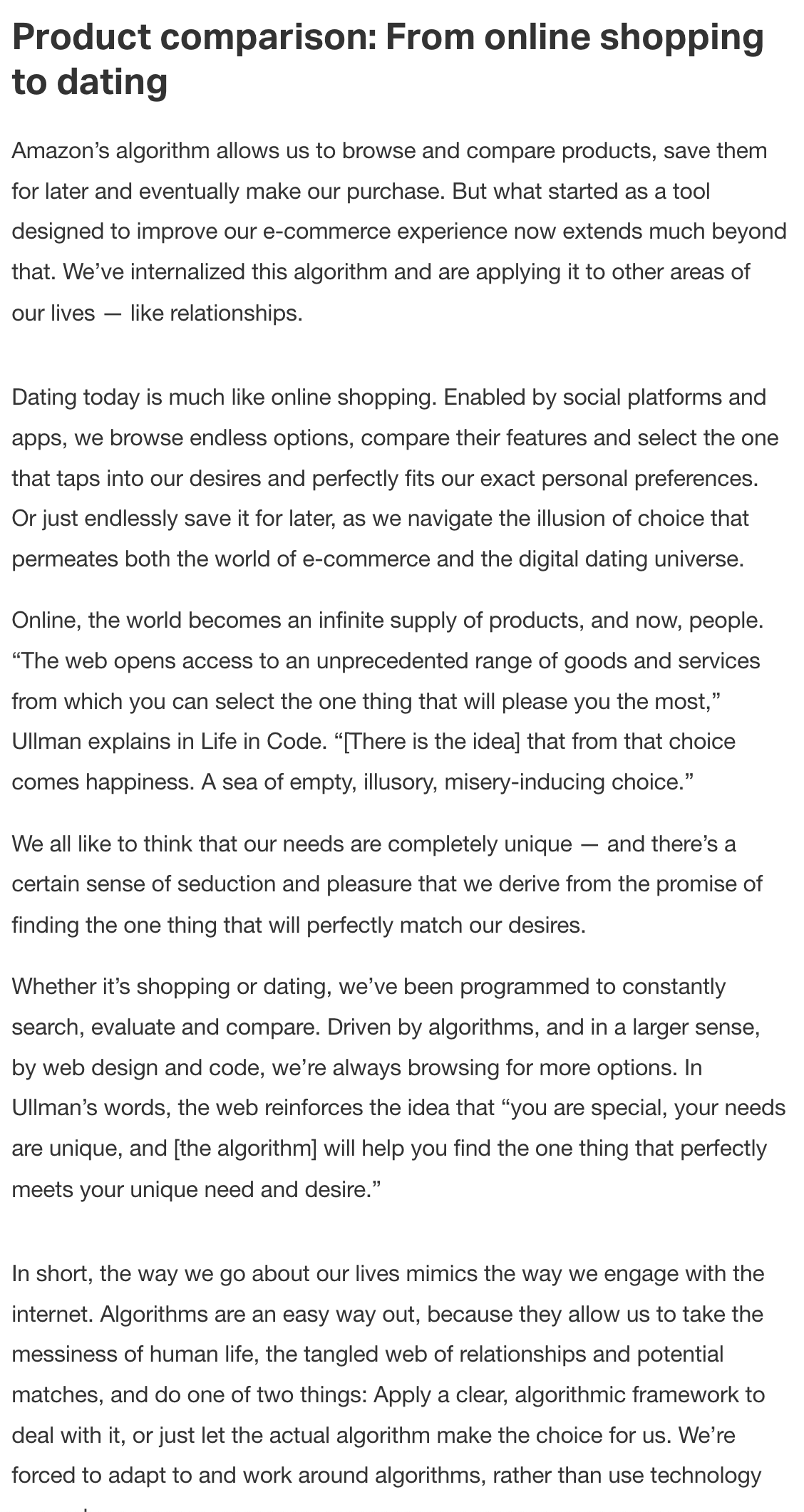
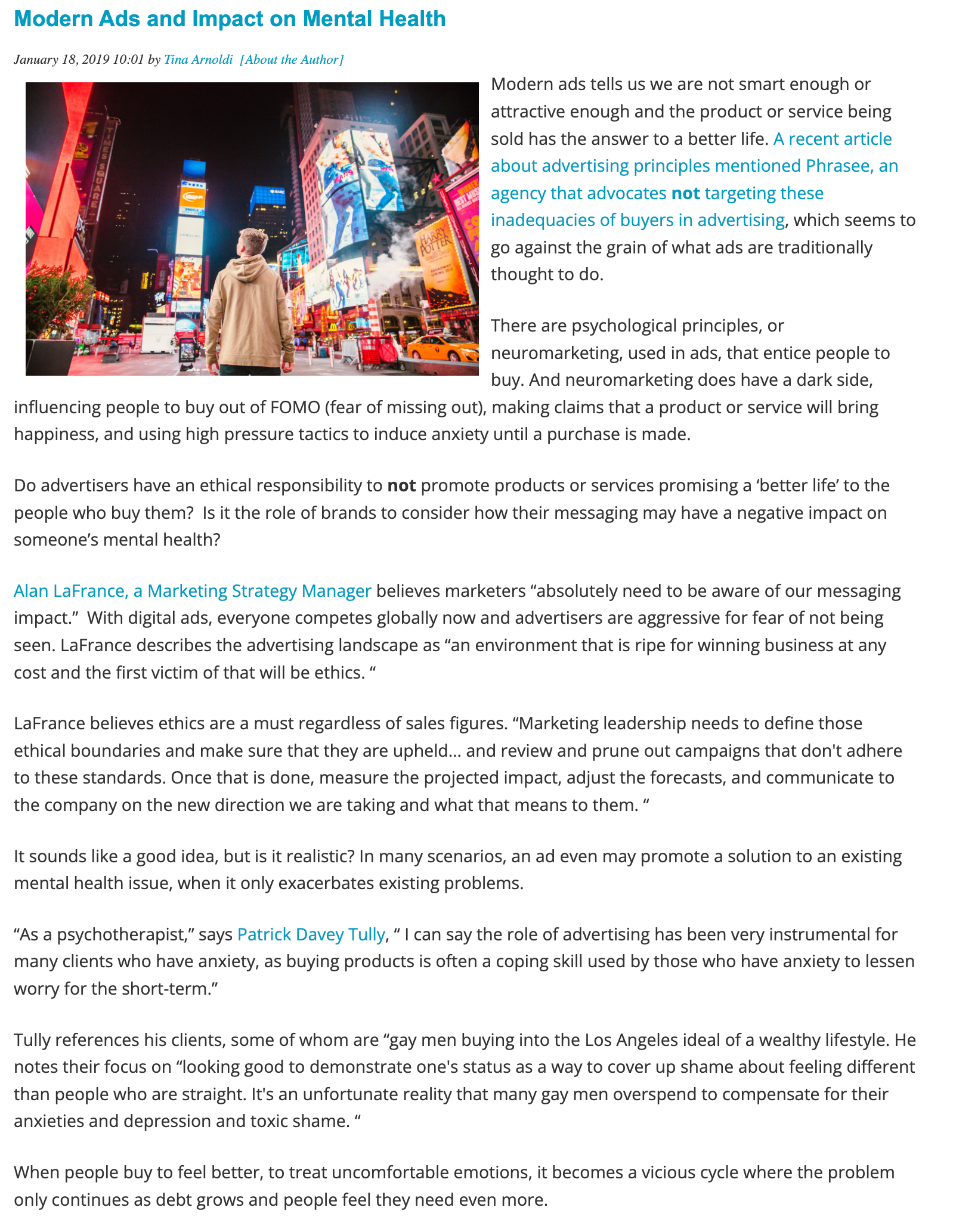

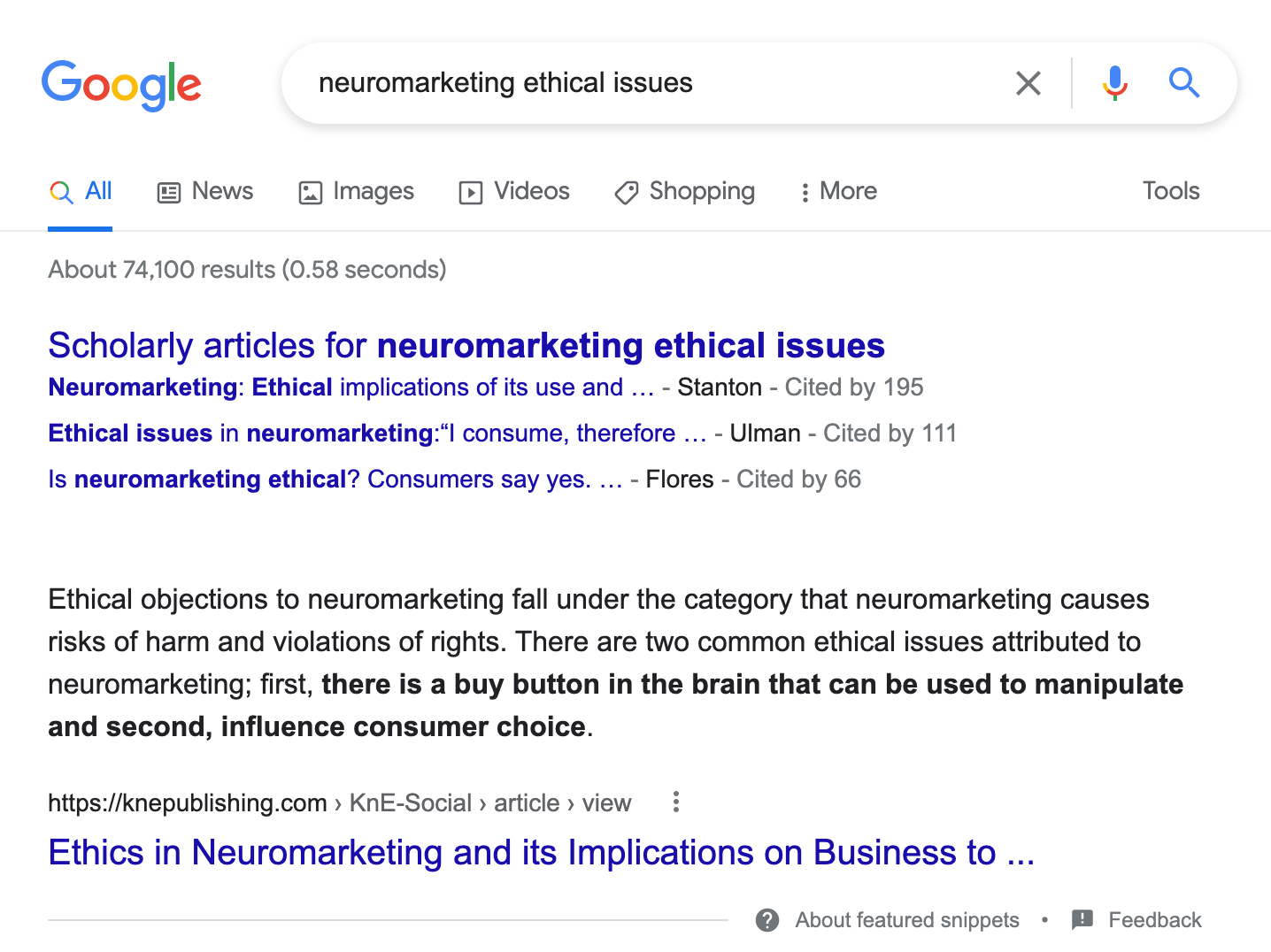
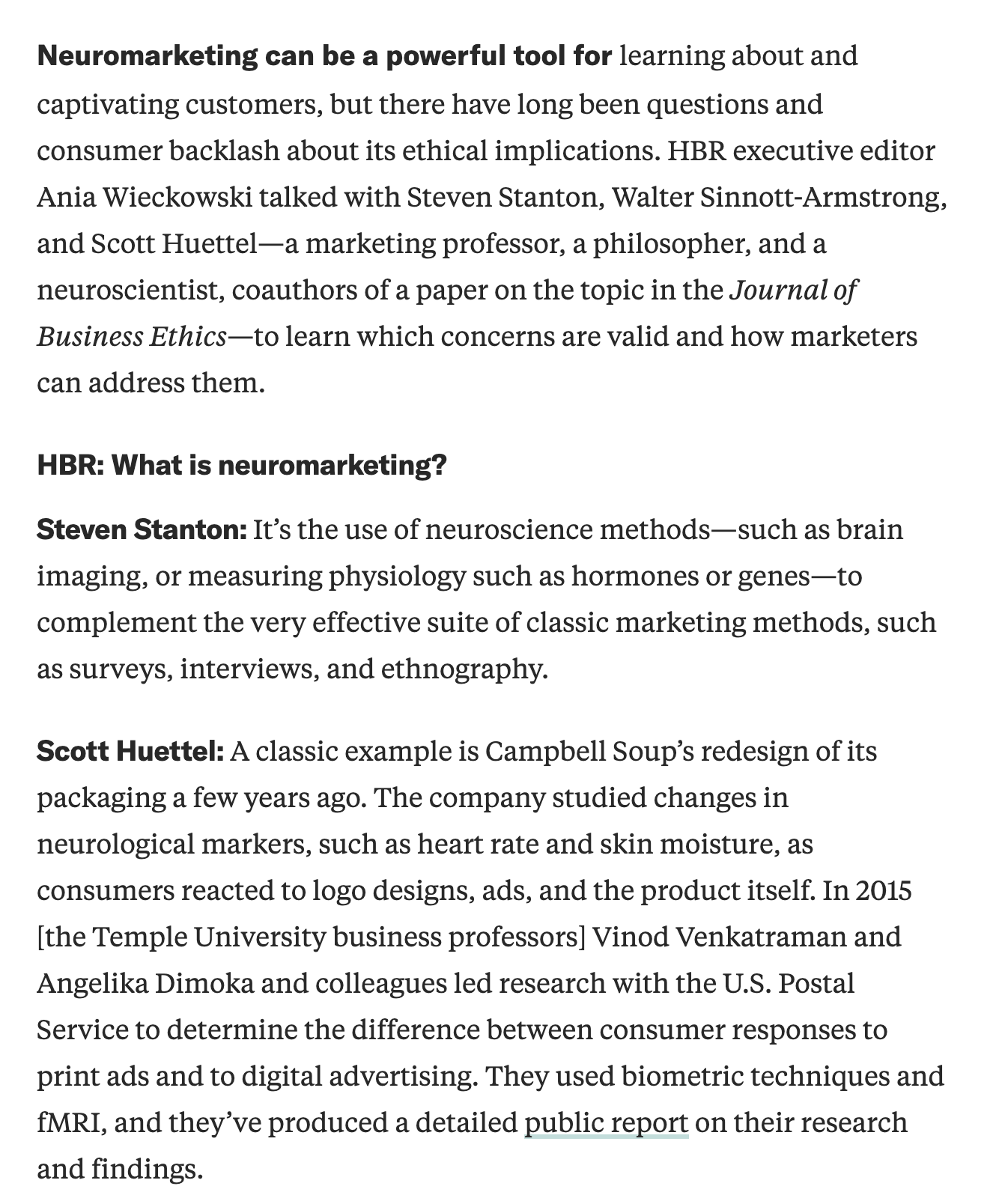

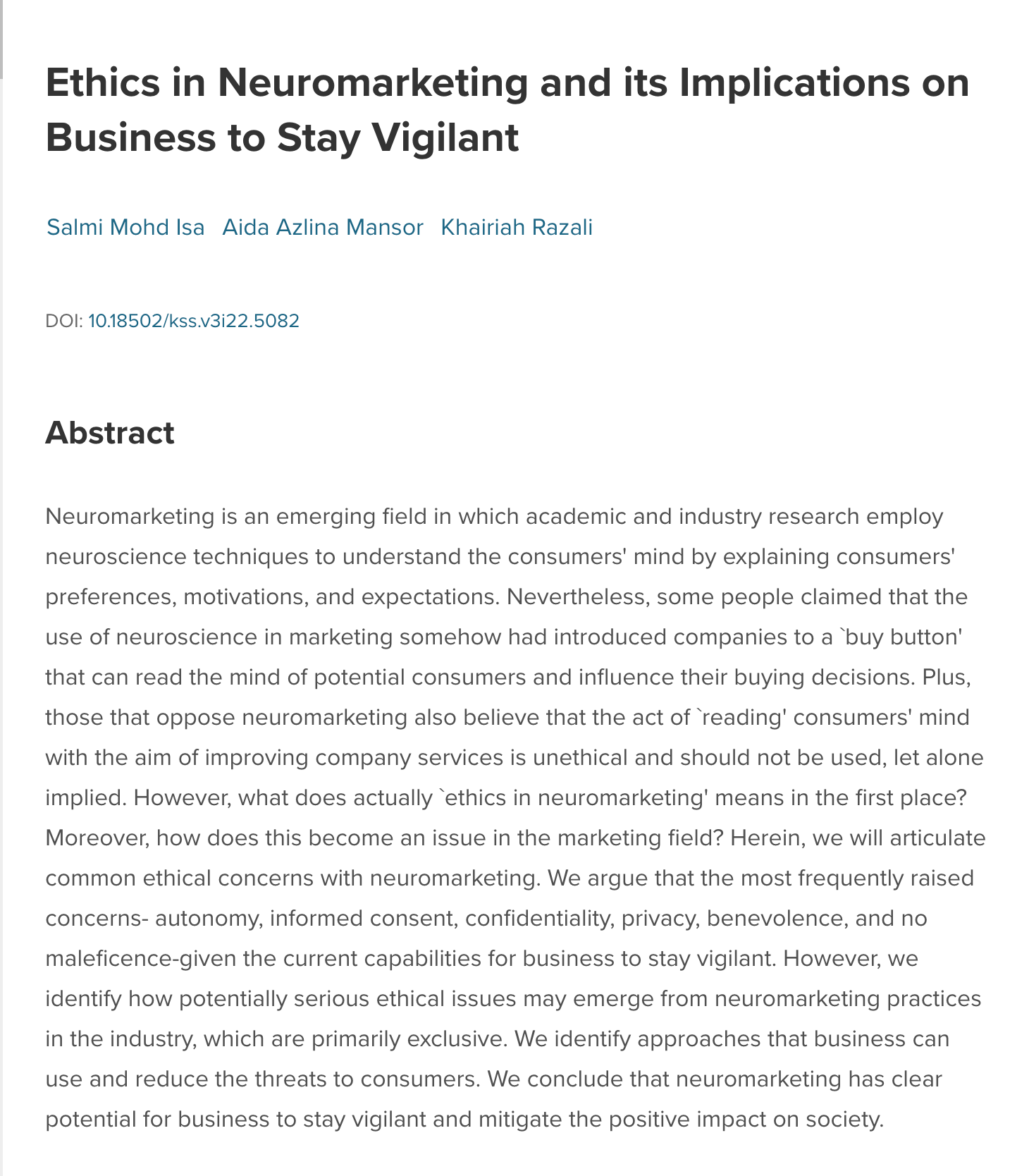
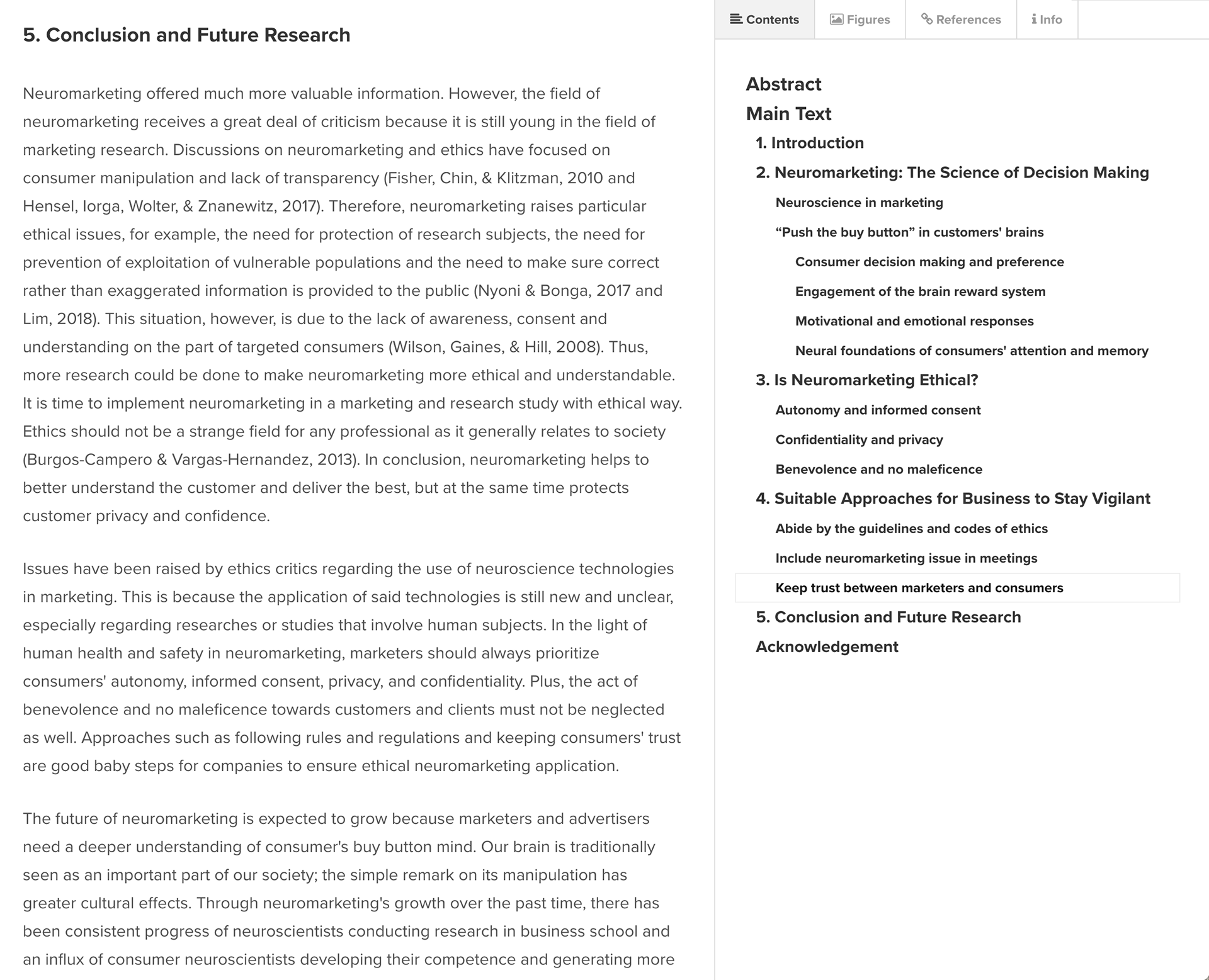
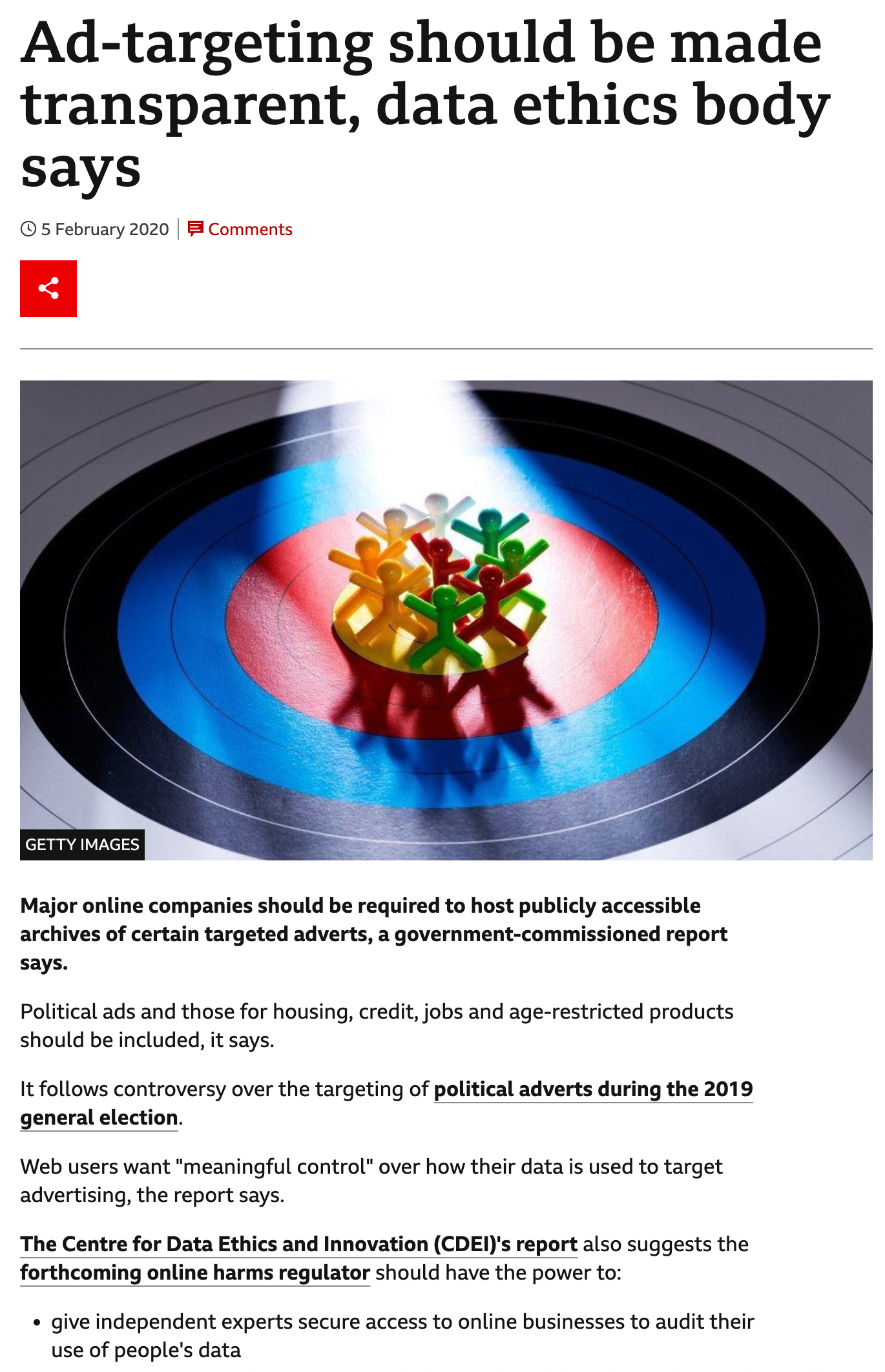
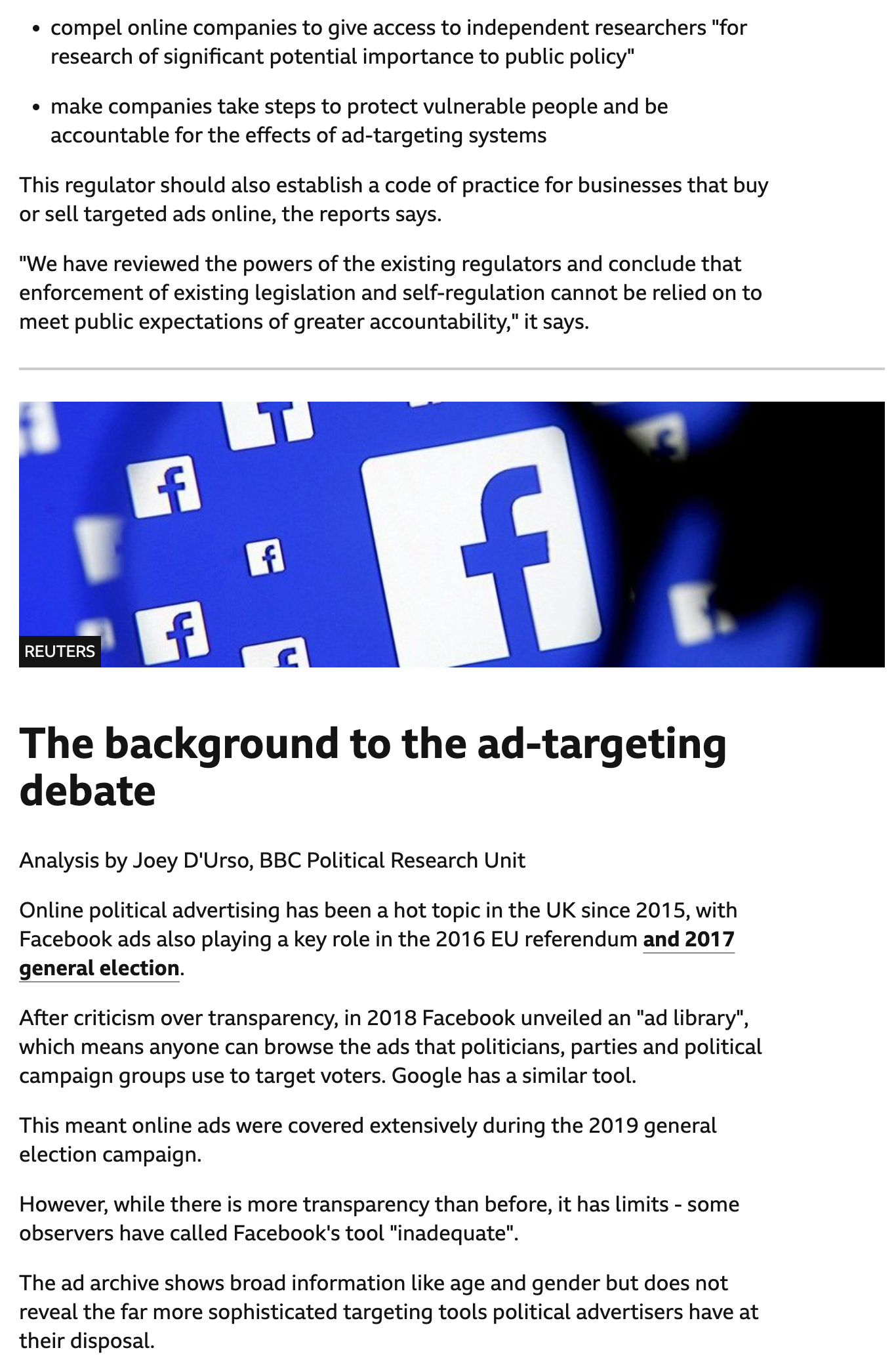
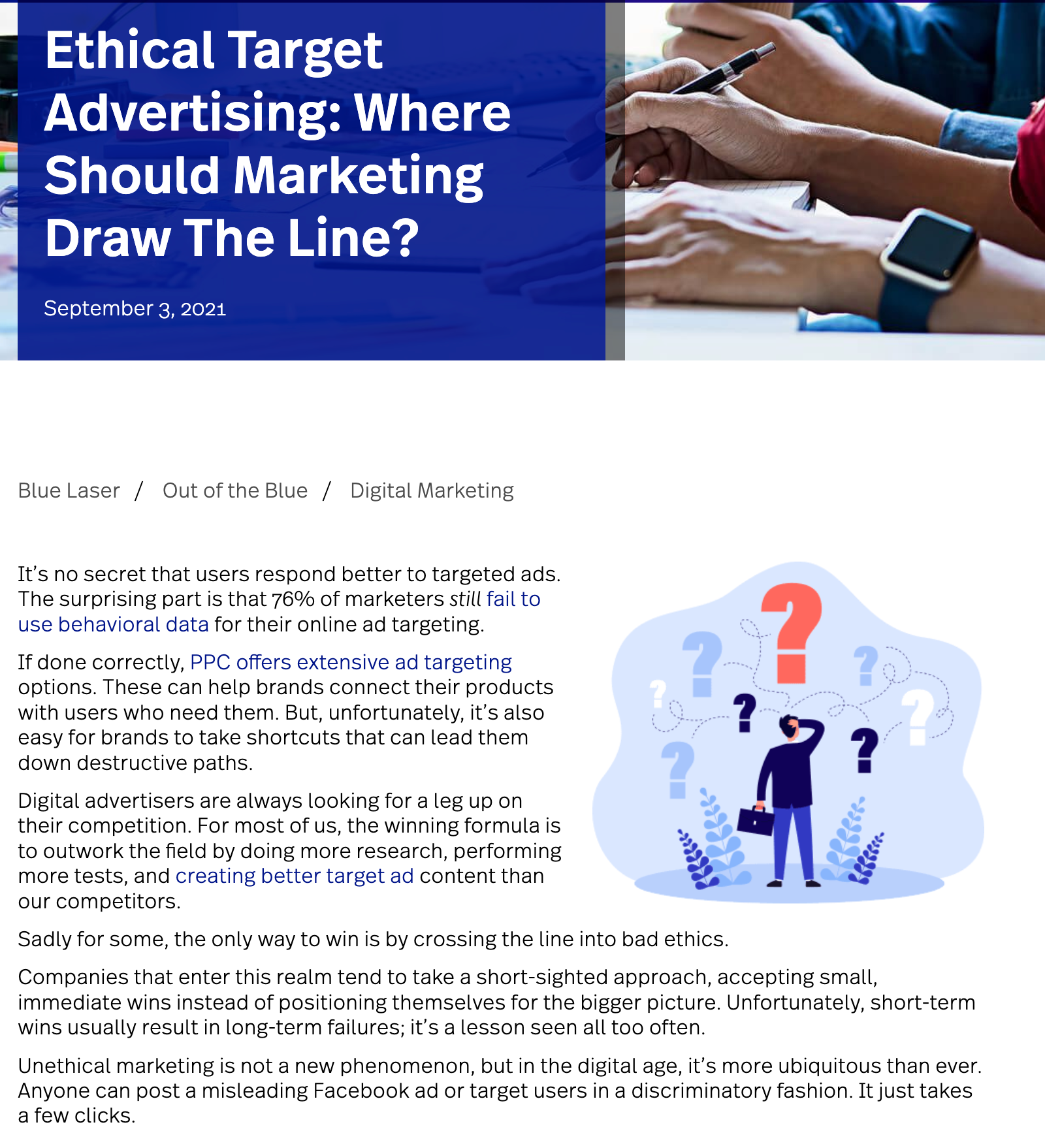


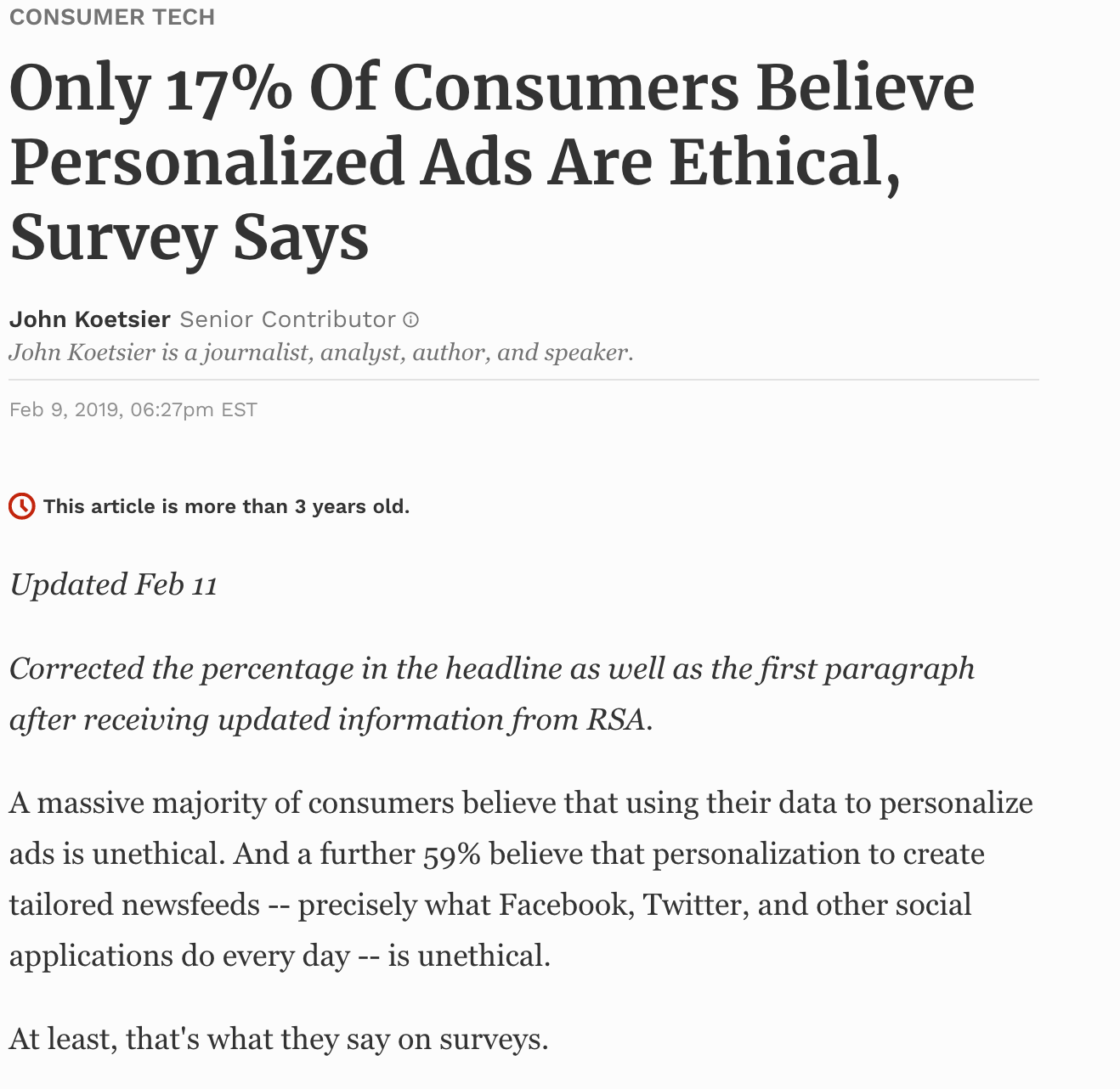
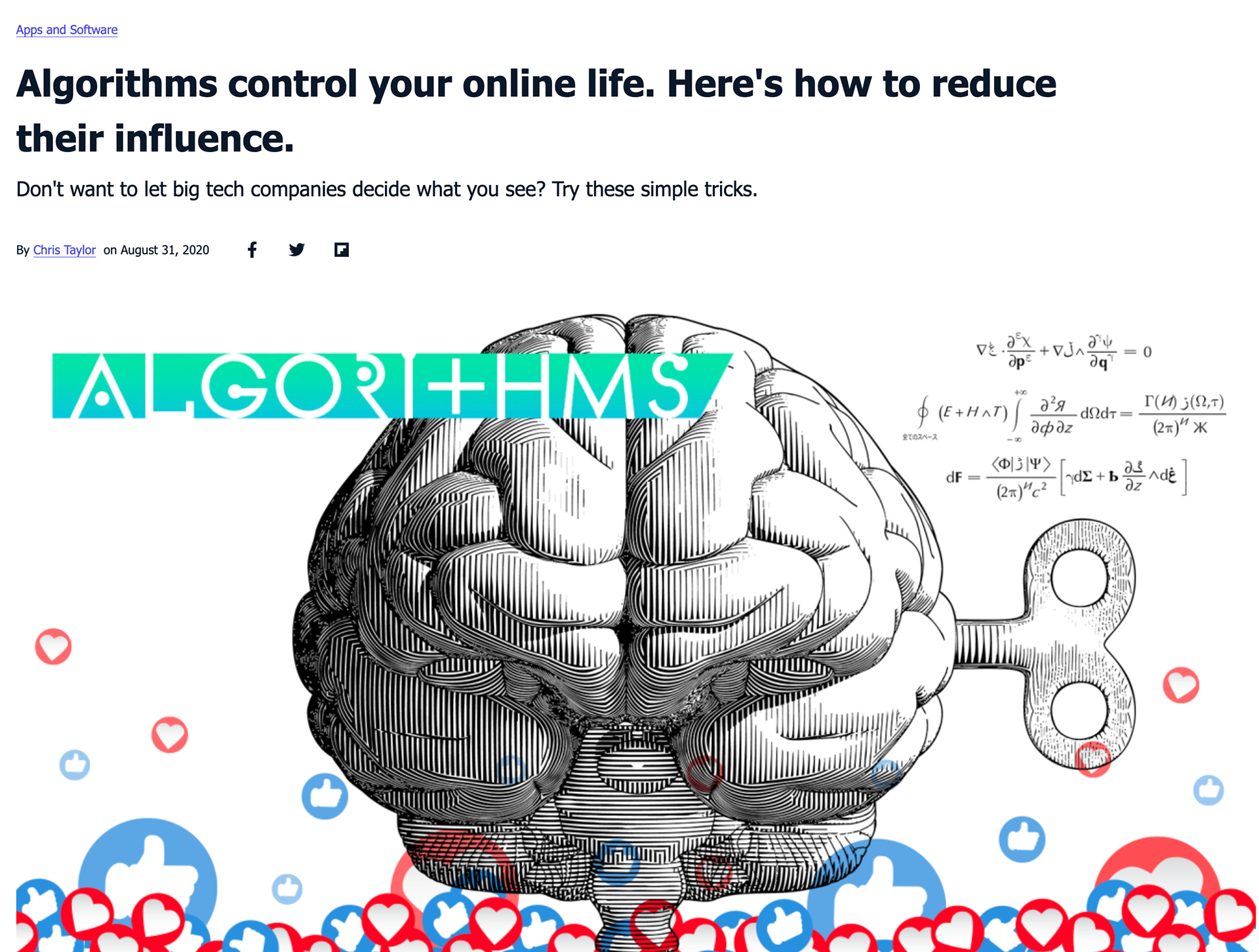
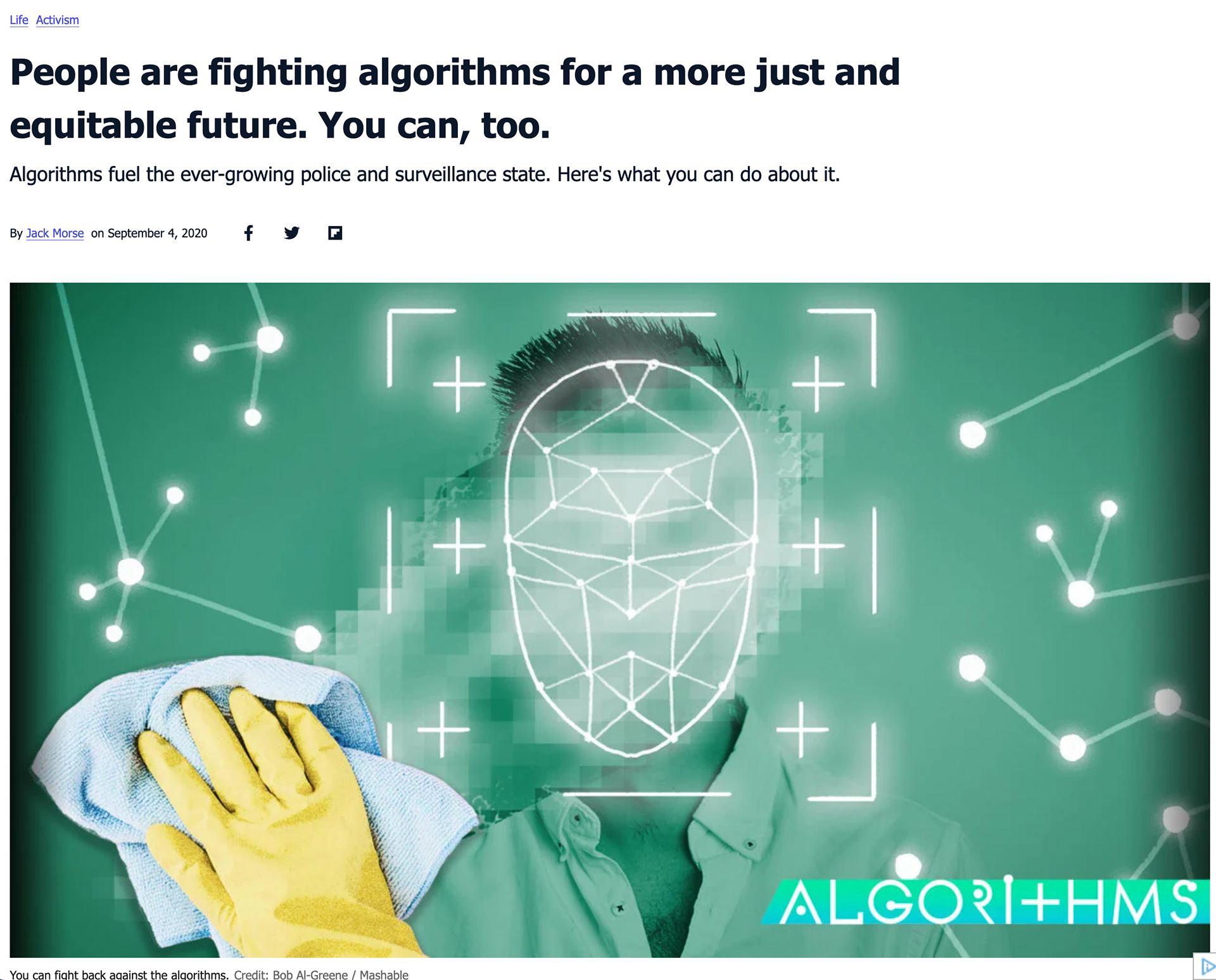

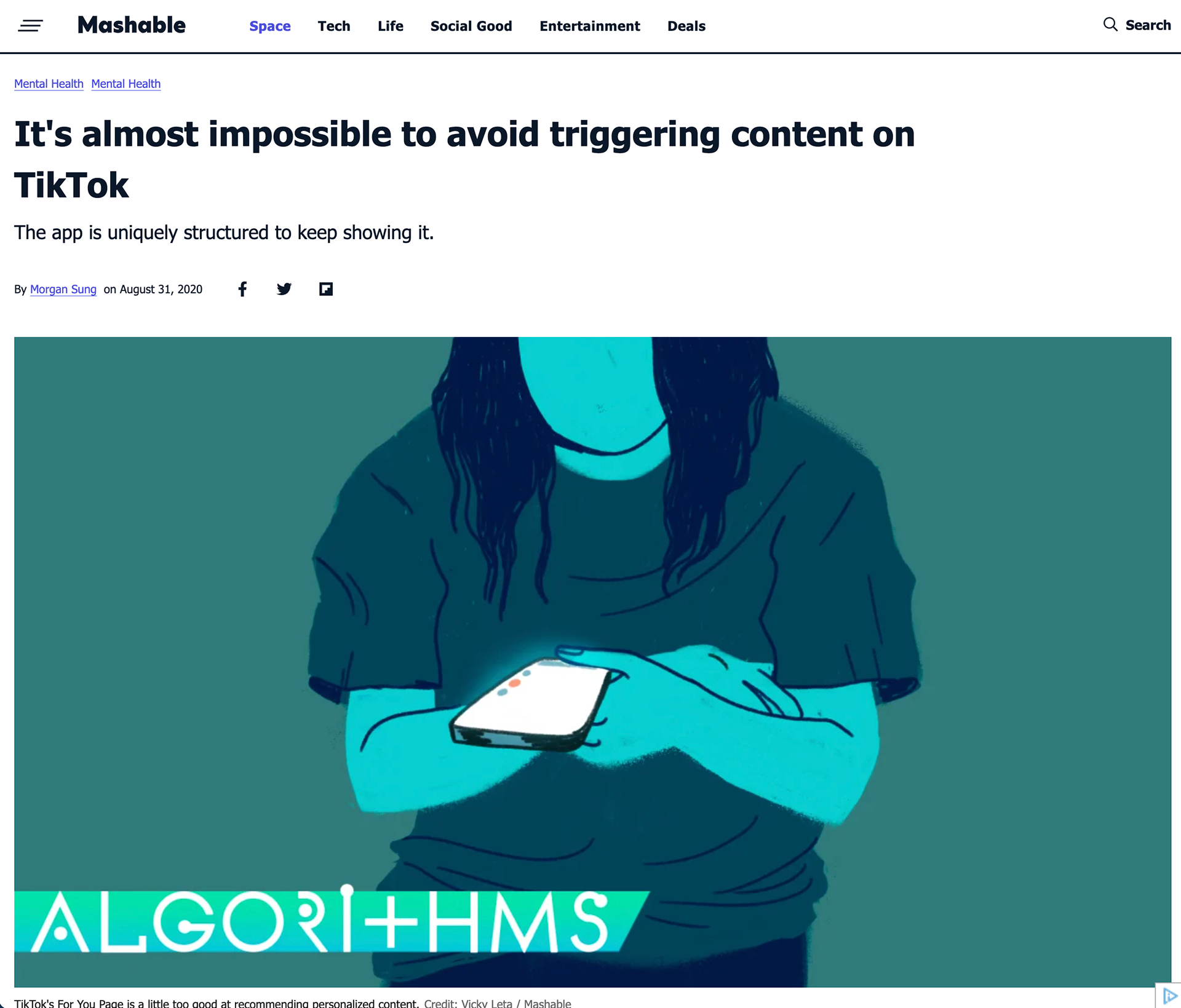
Looking at the more complex topic again as I am still not certain. It's scary how much neuromarketing can affect us, but knowing what project I could do about it that relates it to algorithms in a creative way I'm not so sure. It might be something I come back to at another time.
https://techcrunch.com/2018/05/20/are-algorithms-hacking-our-thoughts/?guccounter=1&guce_referrer=aHR0cHM6Ly93d3cuZ29vZ2xlLmNvbS8&guce_referrer_sig=AQAAAMi8ZqTUDqNMqdpk2SJG7ilHSfKGW-rxEsipk9AiA40LaY6kBf4n3o0WA6eq7yOw8dw4xWup-OIczqm4K8MOHjU1dw7IMQBMtxITq4Zx-V_gB-raDjmlrgGhoDqoFu7Y58584iKRKaKMVfcWACT8PCs7TtiPpOqS68Vr7r6BLMml
https://www.theravive.com/today/post/modern-ads-and-impact-on-mental-health-0003358.aspx
https://www.jstor.org/stable/23861362?seq=1
https://www.google.com/search?q=neuromarketing+ethical+issues&ei=YhNDYr_7JsPDgQb9nZbACA&oq=neuromarketing+ethica&gs_lcp=Cgdnd3Mtd2l6EAMYADIFCAAQgAQyBQgAEIAEMgYIABAWEB46BwgAEEcQsAM6BQguEIAESgQIQRgASgQIRhgAUOARWPMZYOwuaAJwAXgAgAFAiAHxApIBATaYAQCgAQHIAQjAAQE&sclient=gws-wiz
https://hbr.org/2019/01/when-neuromarketing-crosses-the-line
https://knepublishing.com/index.php/Kne-Social/article/view/5082/10176
https://www.bbc.co.uk/news/technology-51384858
https://www.bluelaserdigital.com/ethical-target-advertising/
https://www.theguardian.com/media/commentisfree/2019/may/05/how-ethical-is-it-for-advertisers-to-target-your-mood
https://www.forbes.com/sites/johnkoetsier/2019/02/09/83-of-consumers-believe-personalized-ads-are-morally-wrong-survey-says/
https://mashable.com/article/how-to-avoid-algorithms-facebook-youtube-twitter-instagram
https://mashable.com/article/police-facial-recognition-algorithms-activism
https://mashable.com/article/how-algorithms-control-your-life
https://mashable.com/article/tiktok-algorithm-triggers
Shape Grammars
Dimension of Two
Generative Design

















The generative art books showing what you can do online are more along the lines of something I should do, I feel I want to let go a little from this project and taking generative art and spinning it in a way that suits my style could be a good outcome.
p5.js Workshop
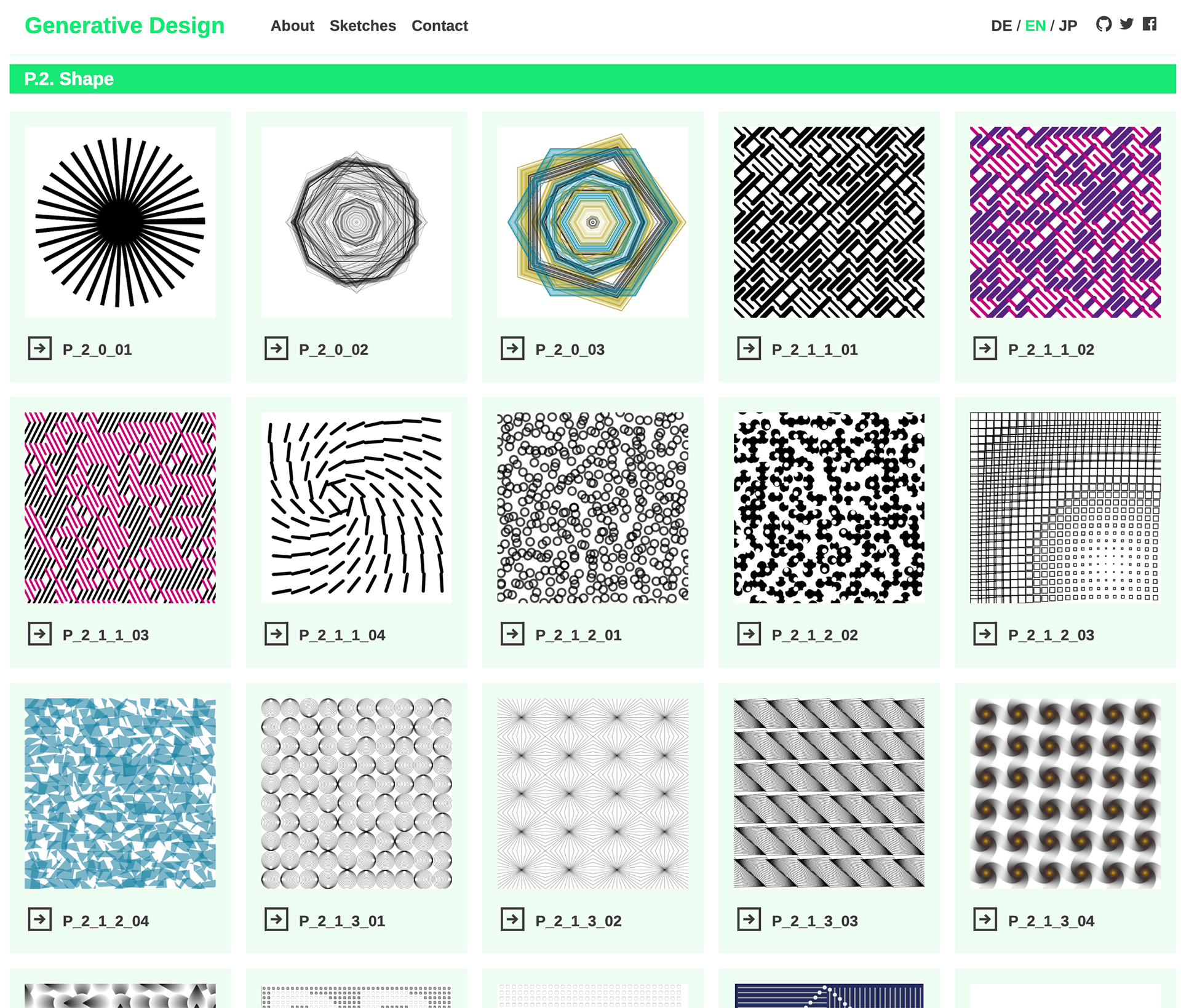



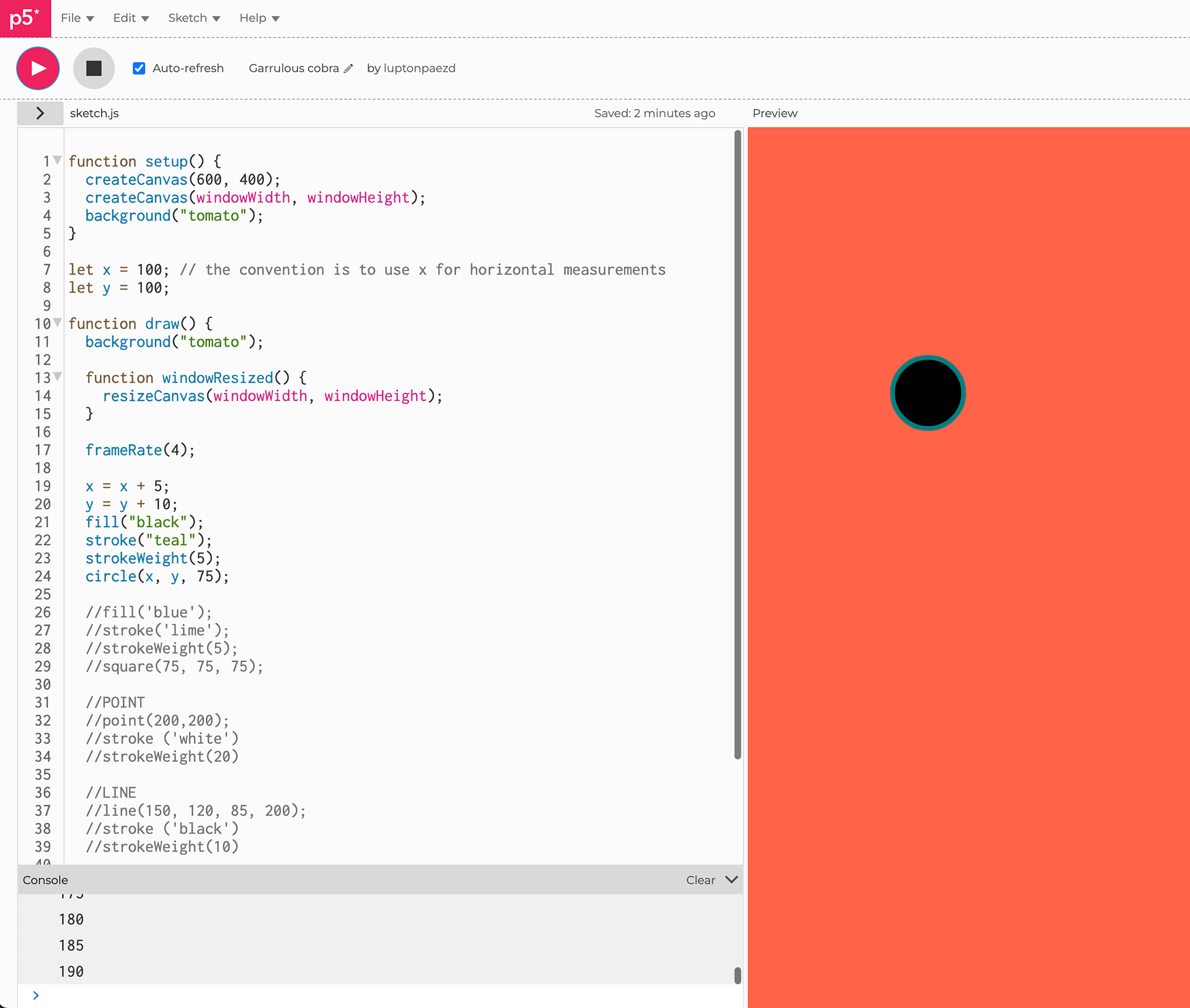
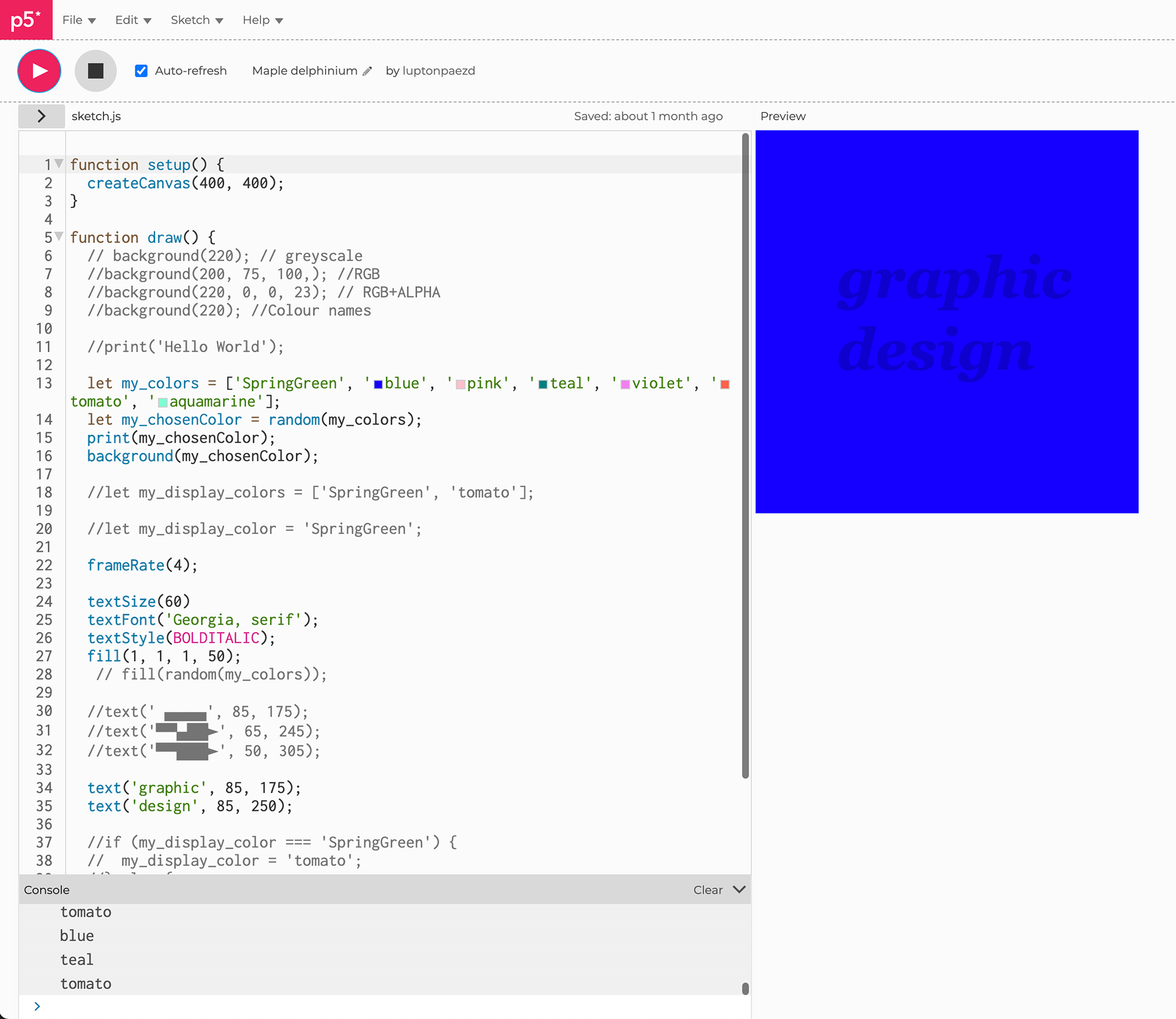
The P5.JS workshop was interesting, The possibilities you can get from coding and creating generative art are amazing, but I just worry from my lack of experience it's something I could carry out.
outcomes
My two code experiments.
Generative Art made with p5
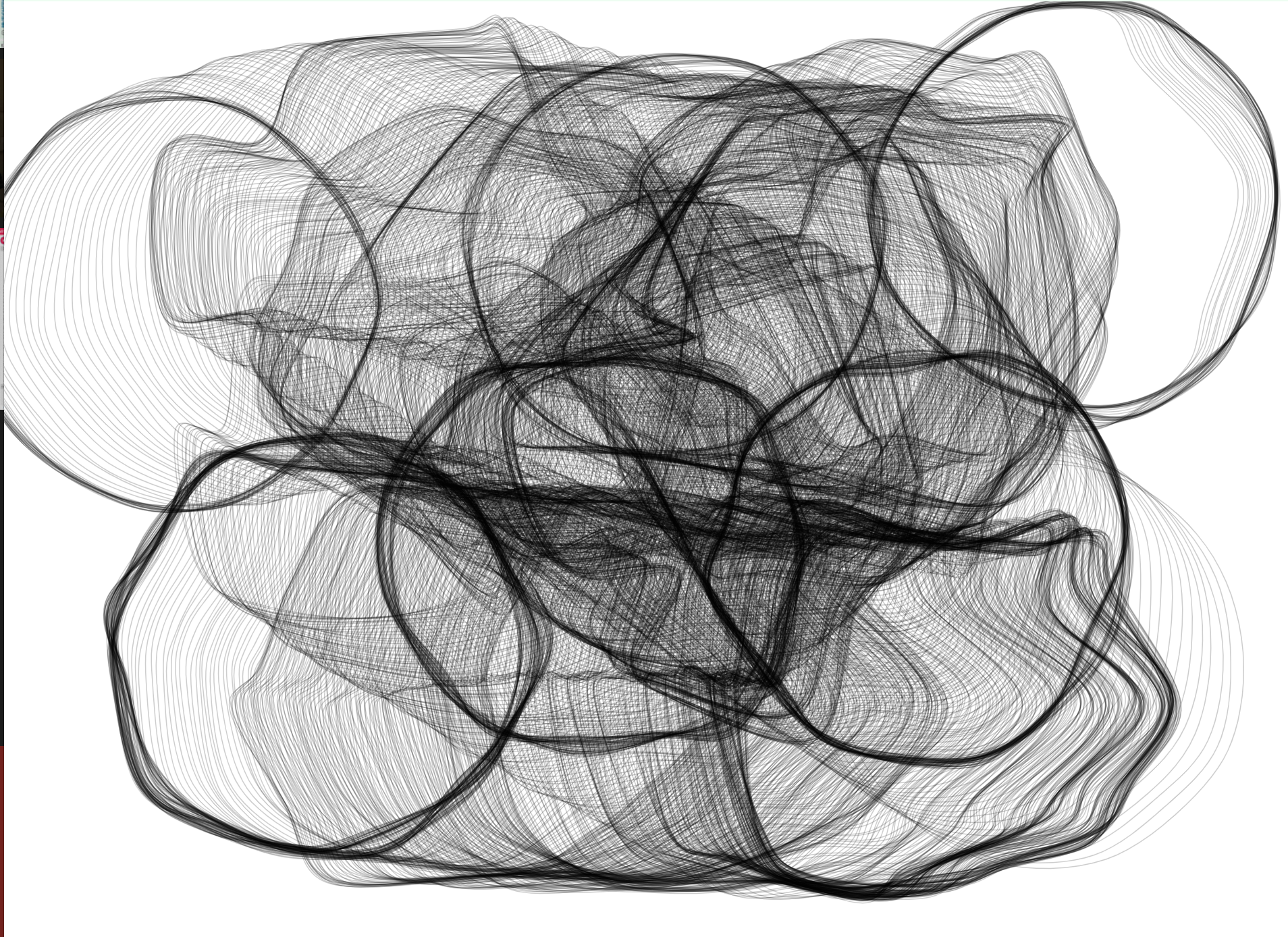
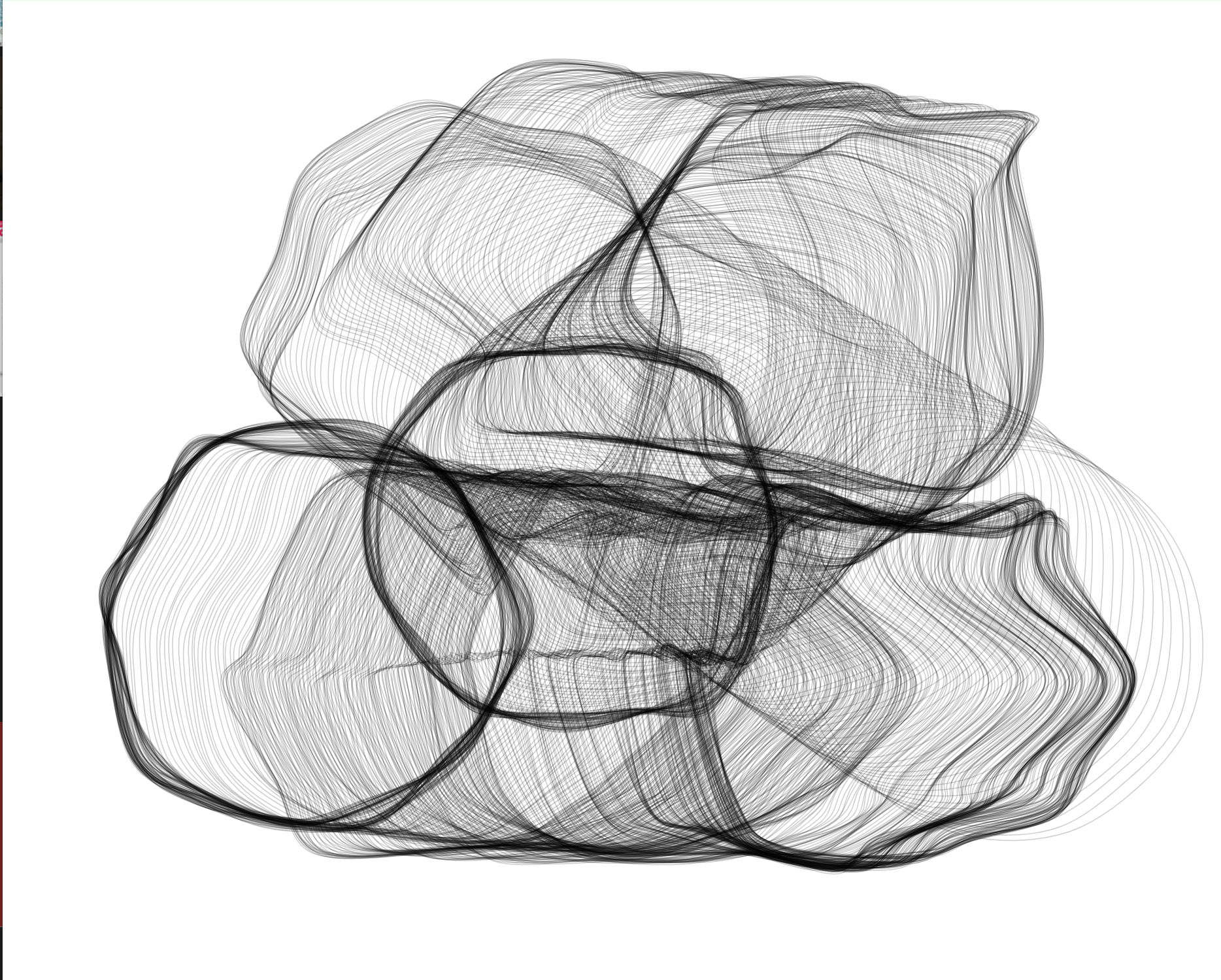
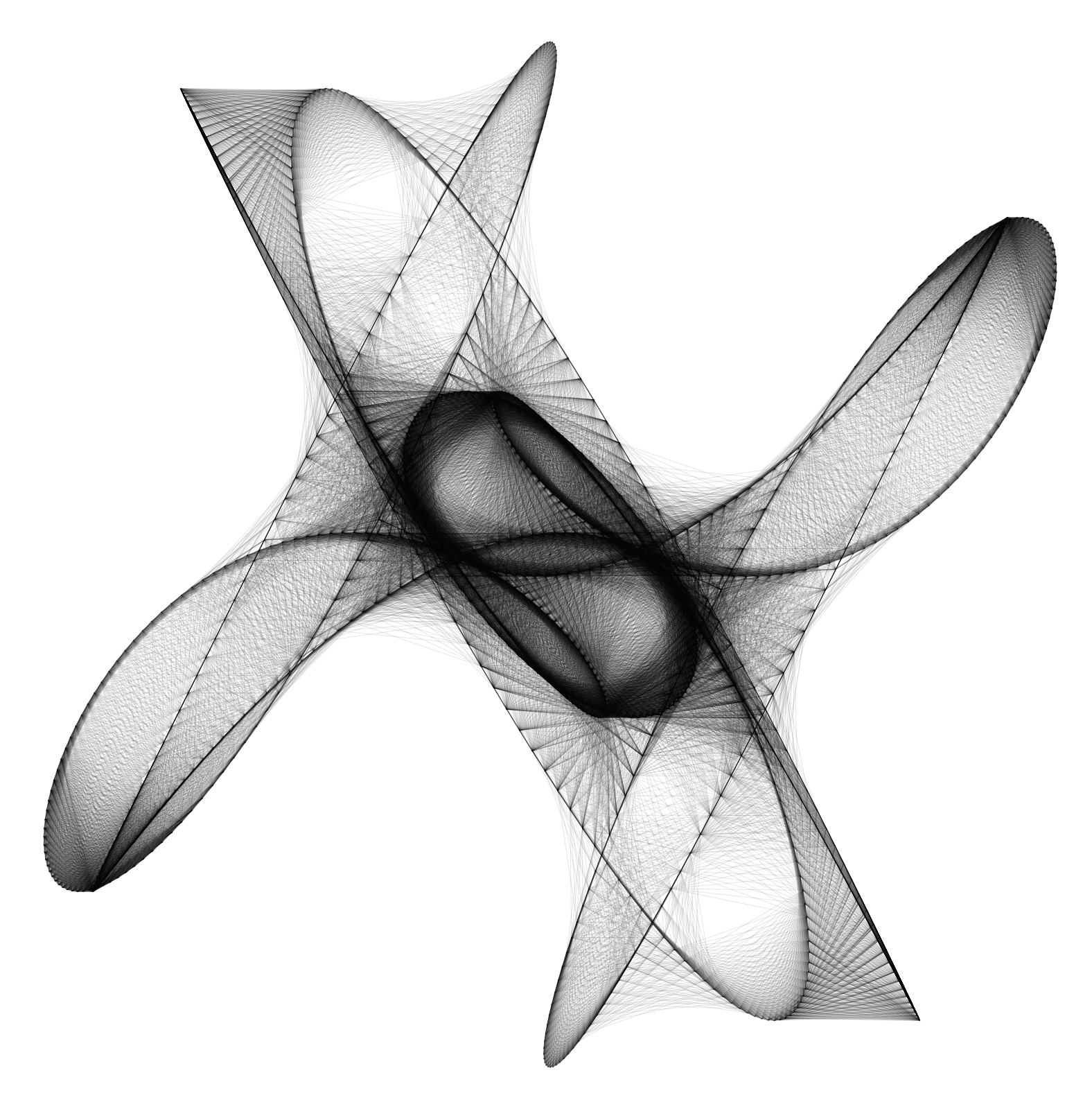

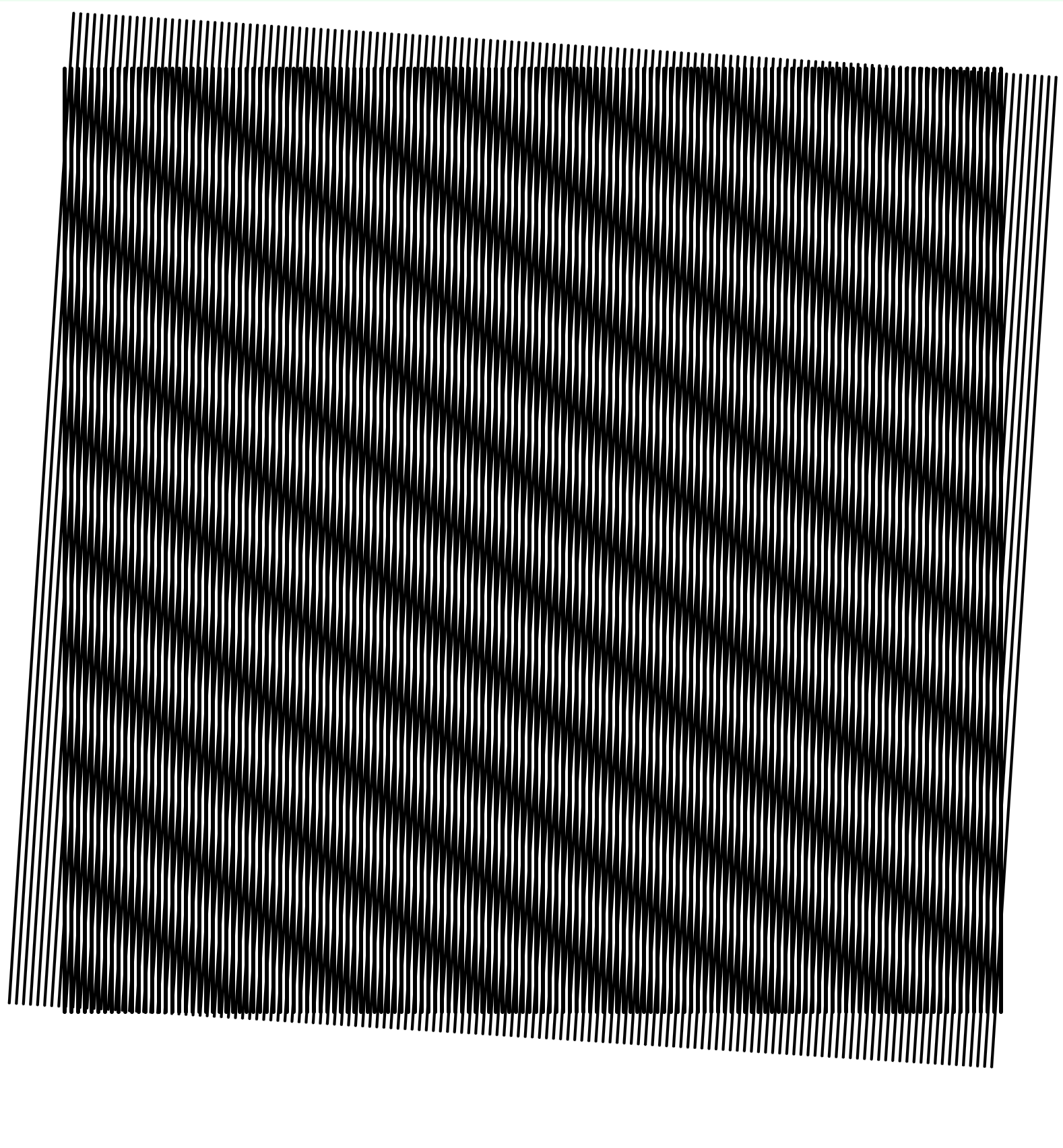
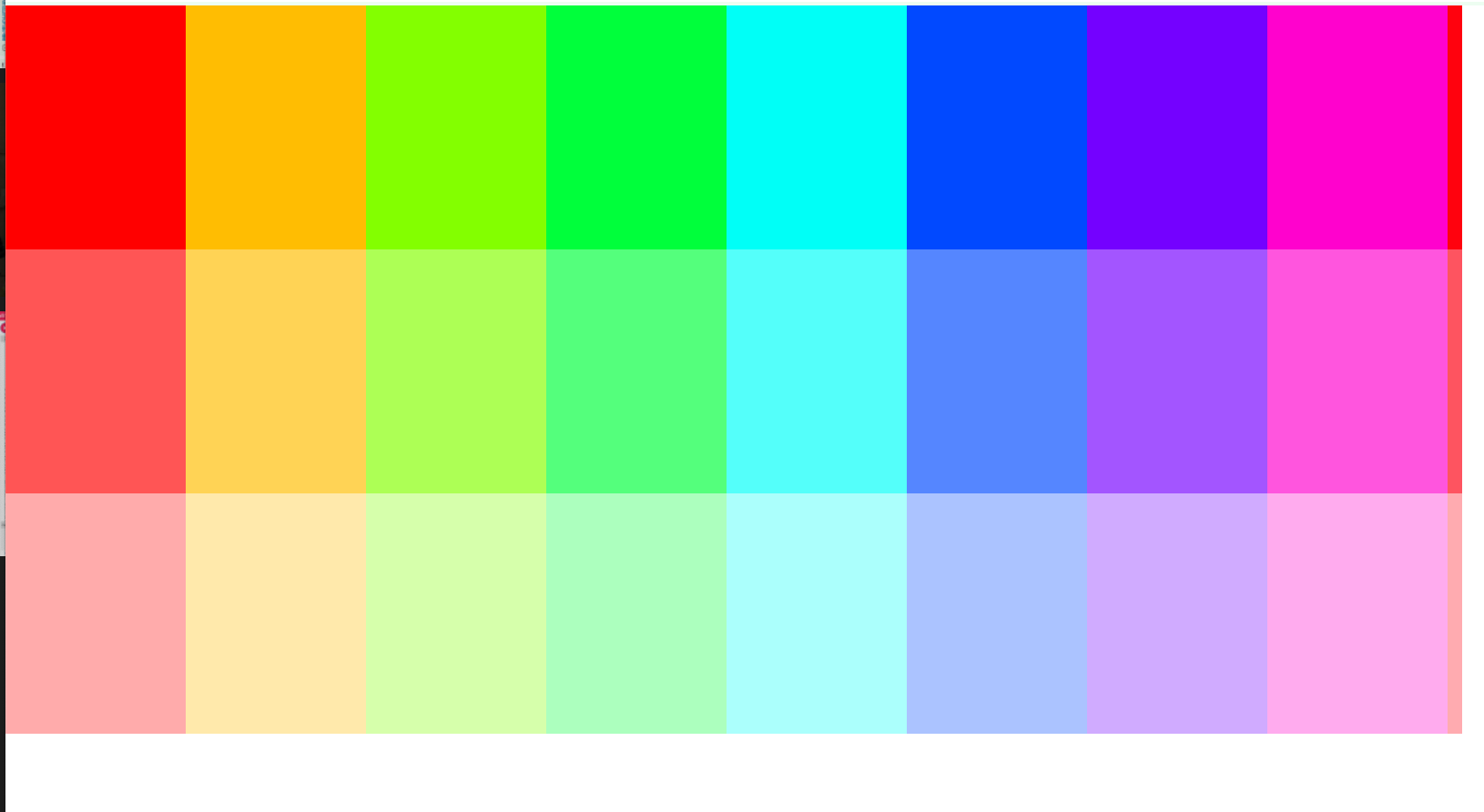
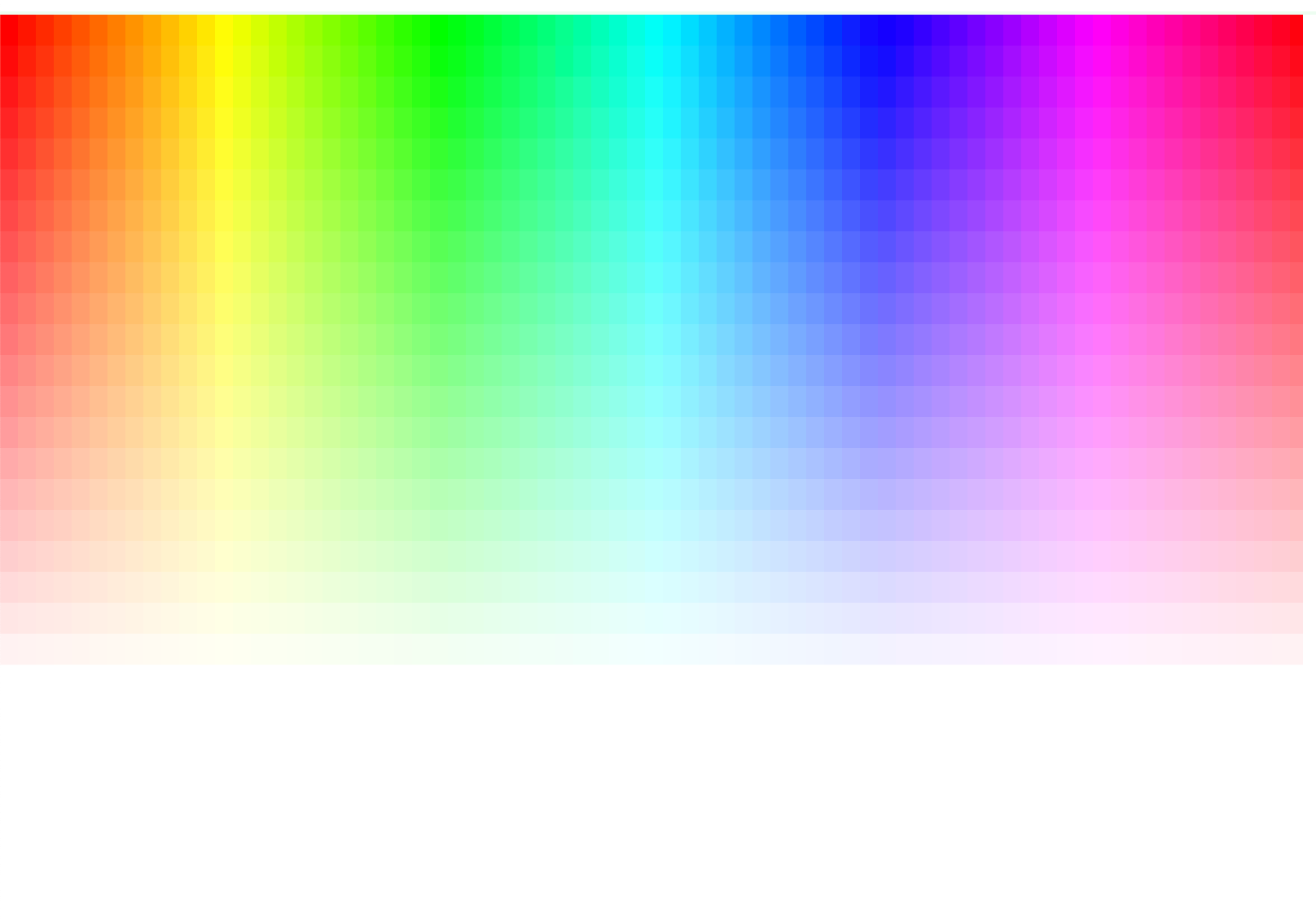

These are some screenshots of some of the examples you can get, I like the aspect of each individual experiencing the piece in their own way and own pace. The idea of variability from one piece I feel could work with rule based artwork.
Next steps
It's been hard trying to find the right context, having spoken to Jo and recommending some artists I'll have a look at them. Also I think the route of generative art in one way or another might be a good starting point. Whilst I don't feel it right do coded art as from the beginning I have wanted to have a more analogue approach it mide lead to other examples that fit in.
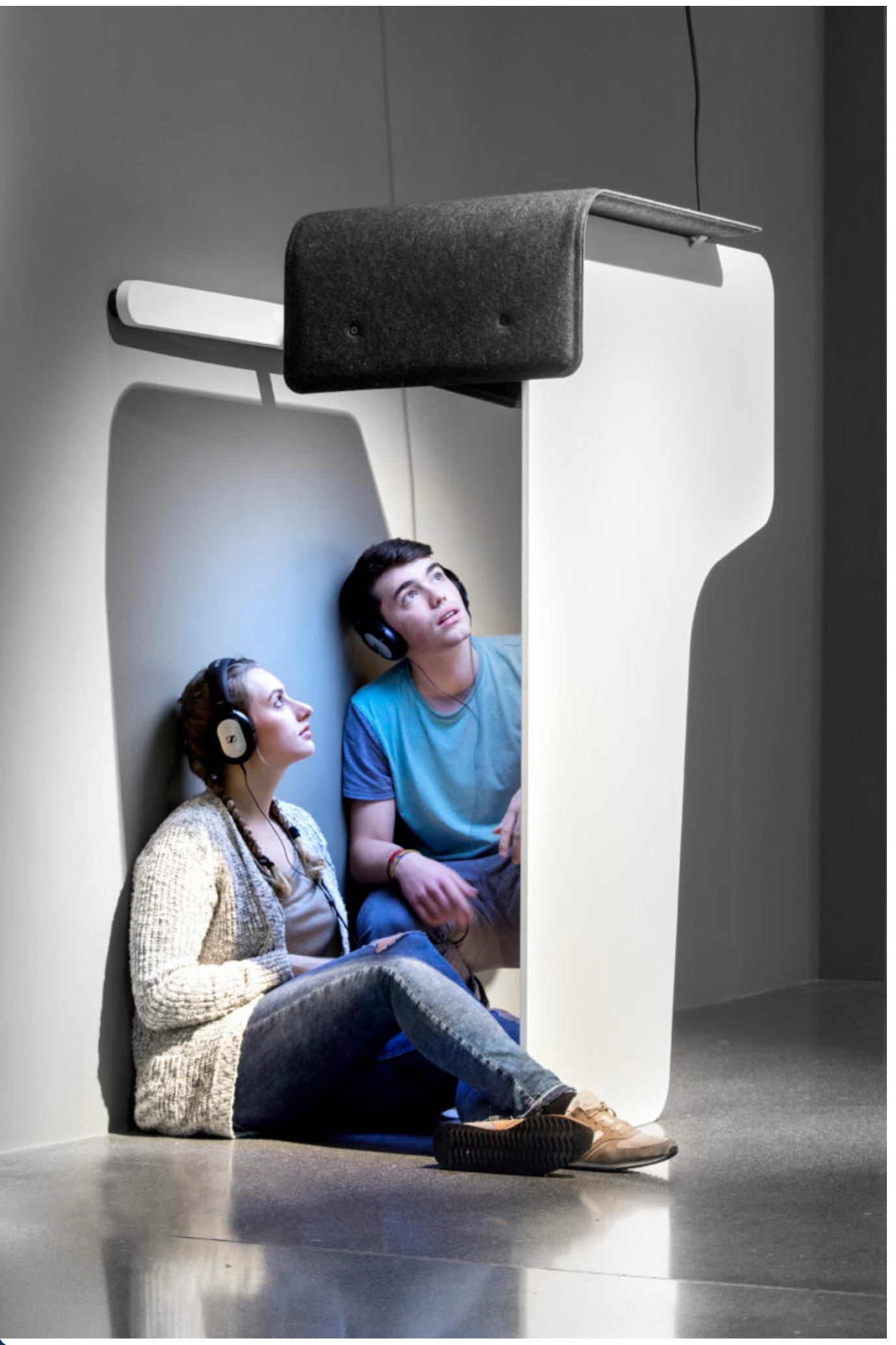
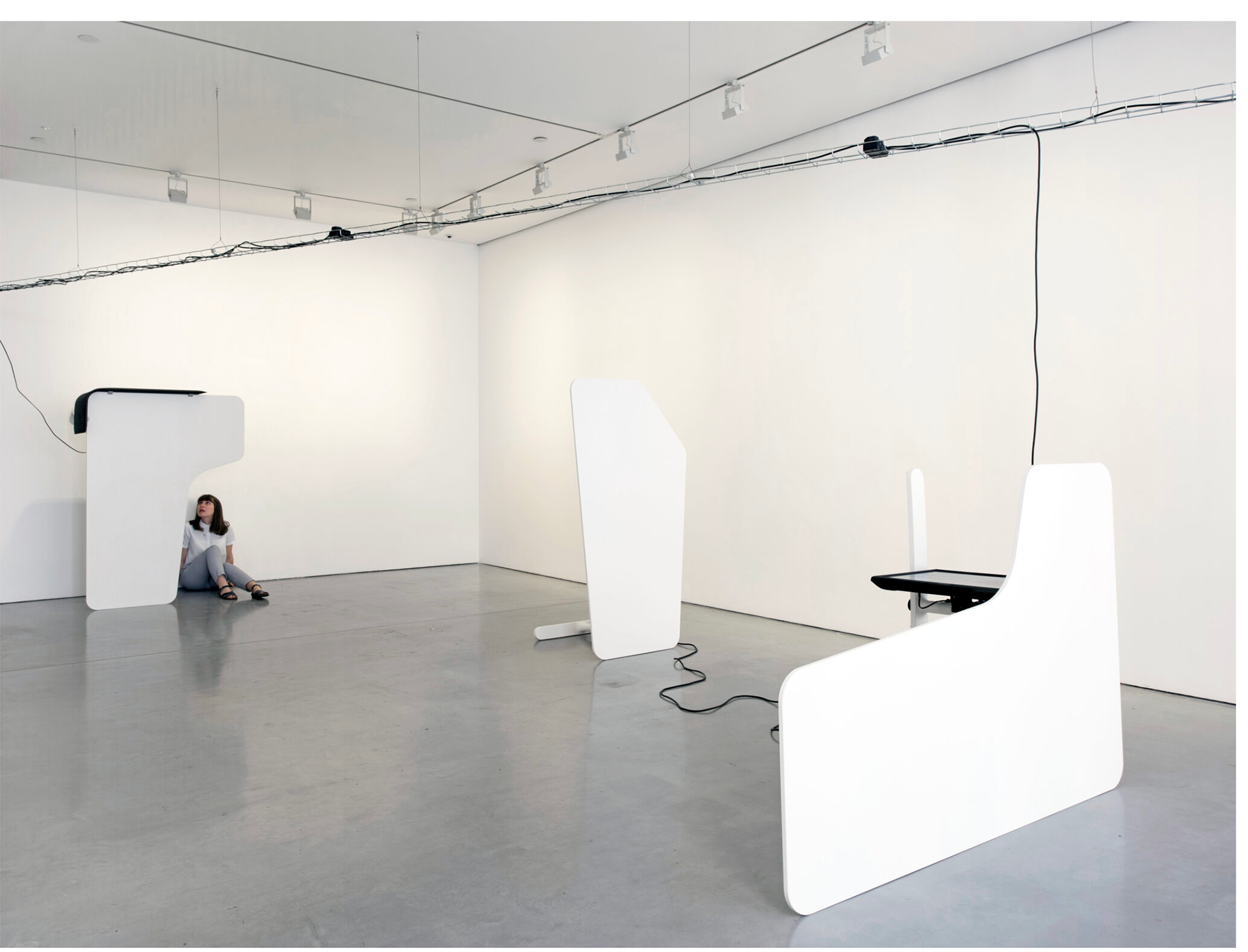
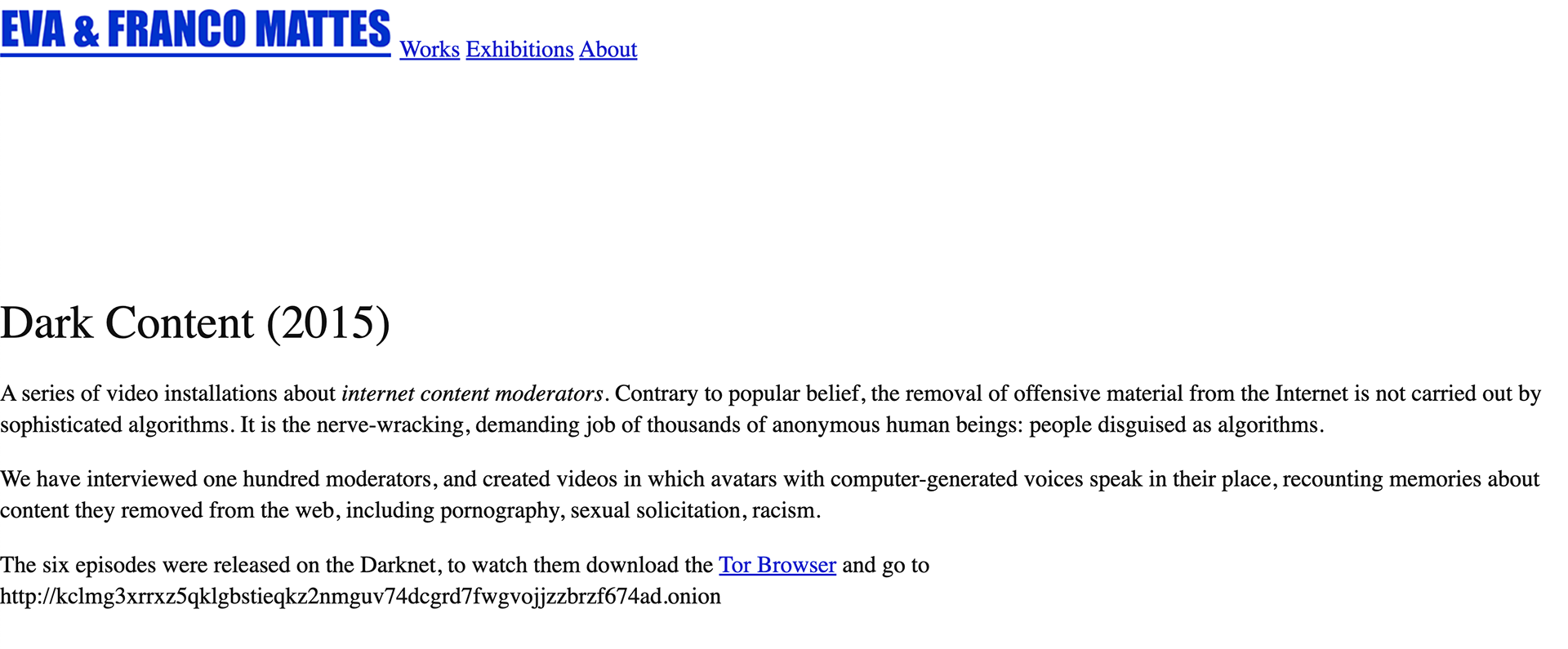
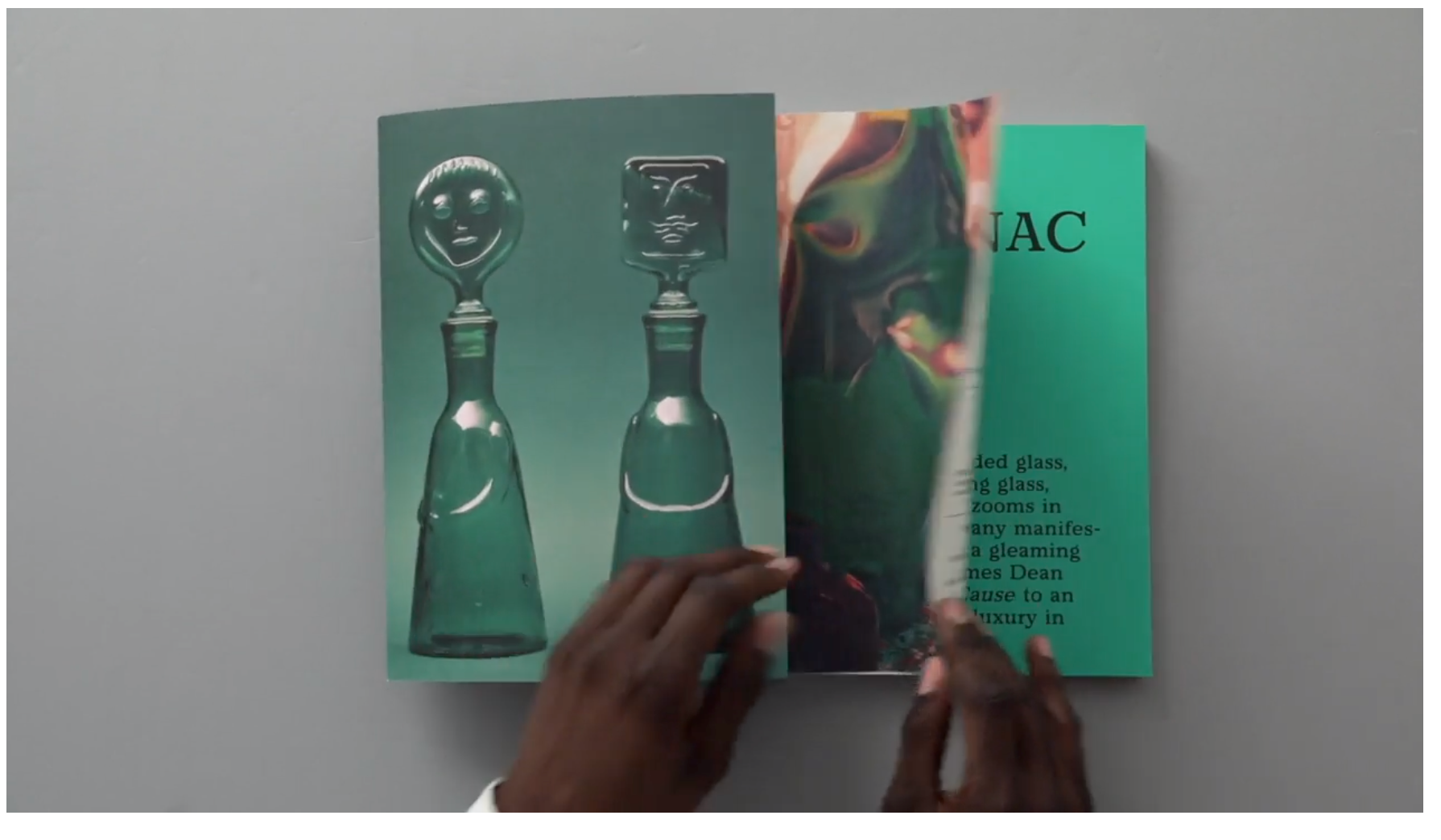
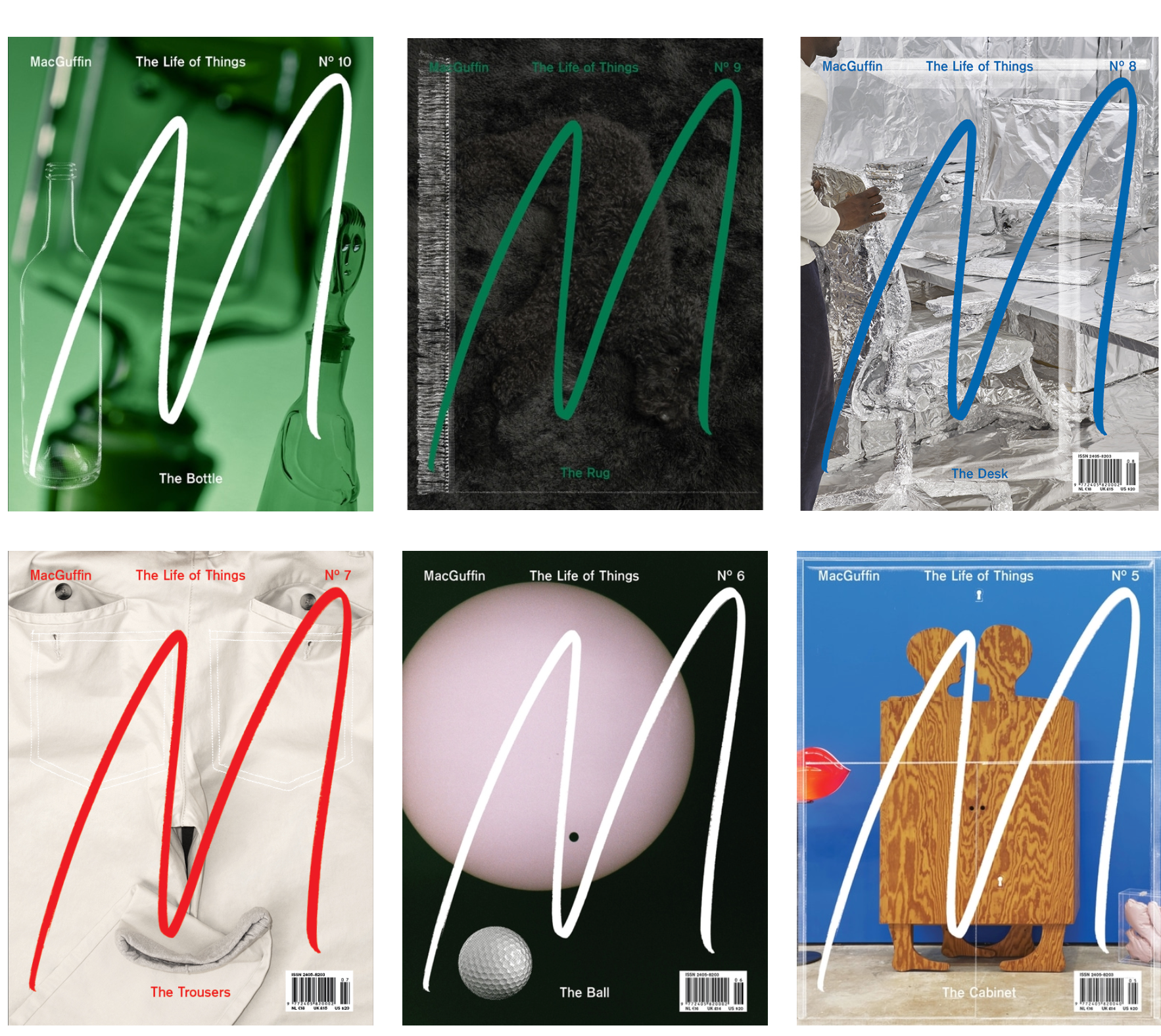
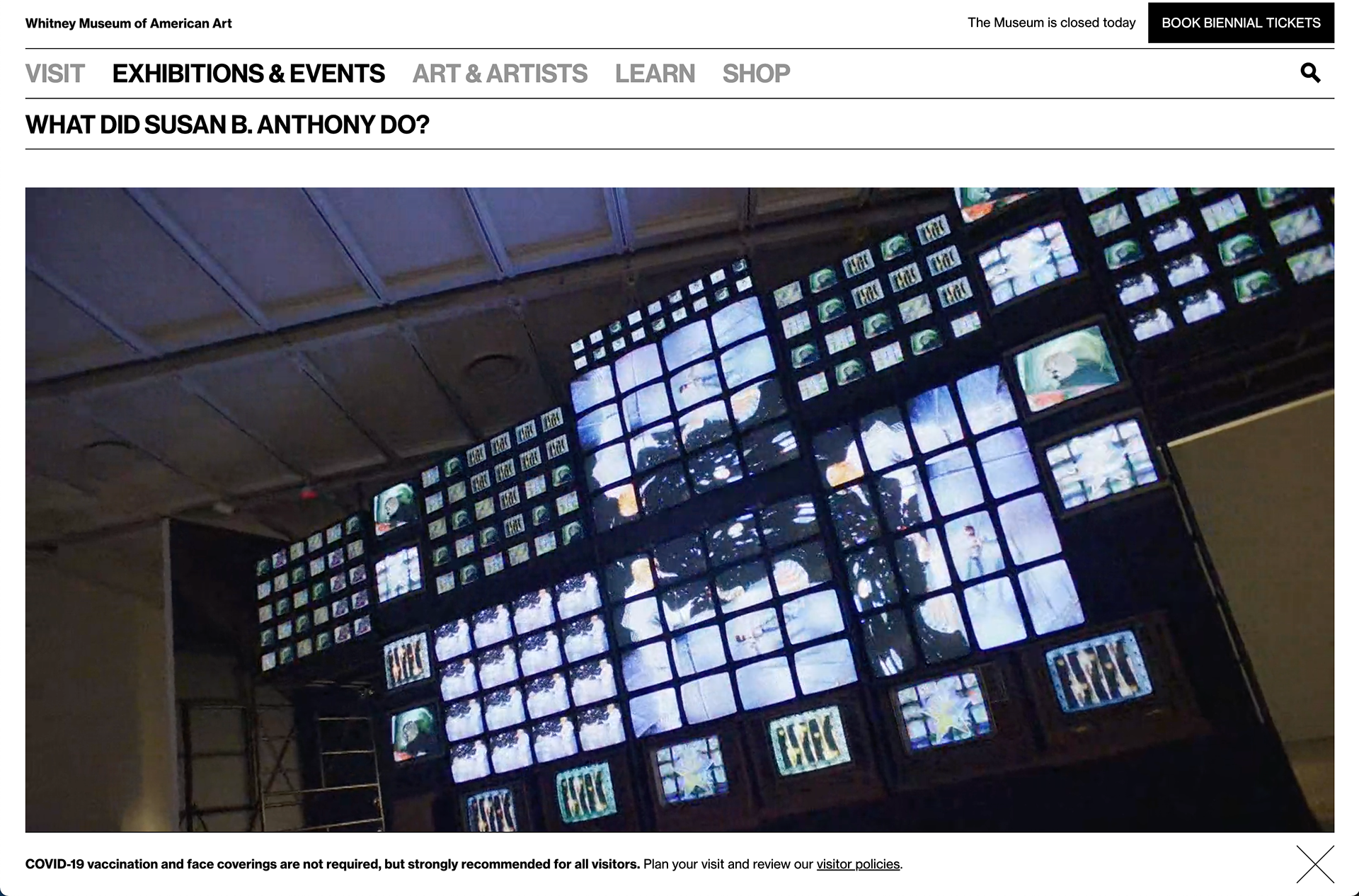
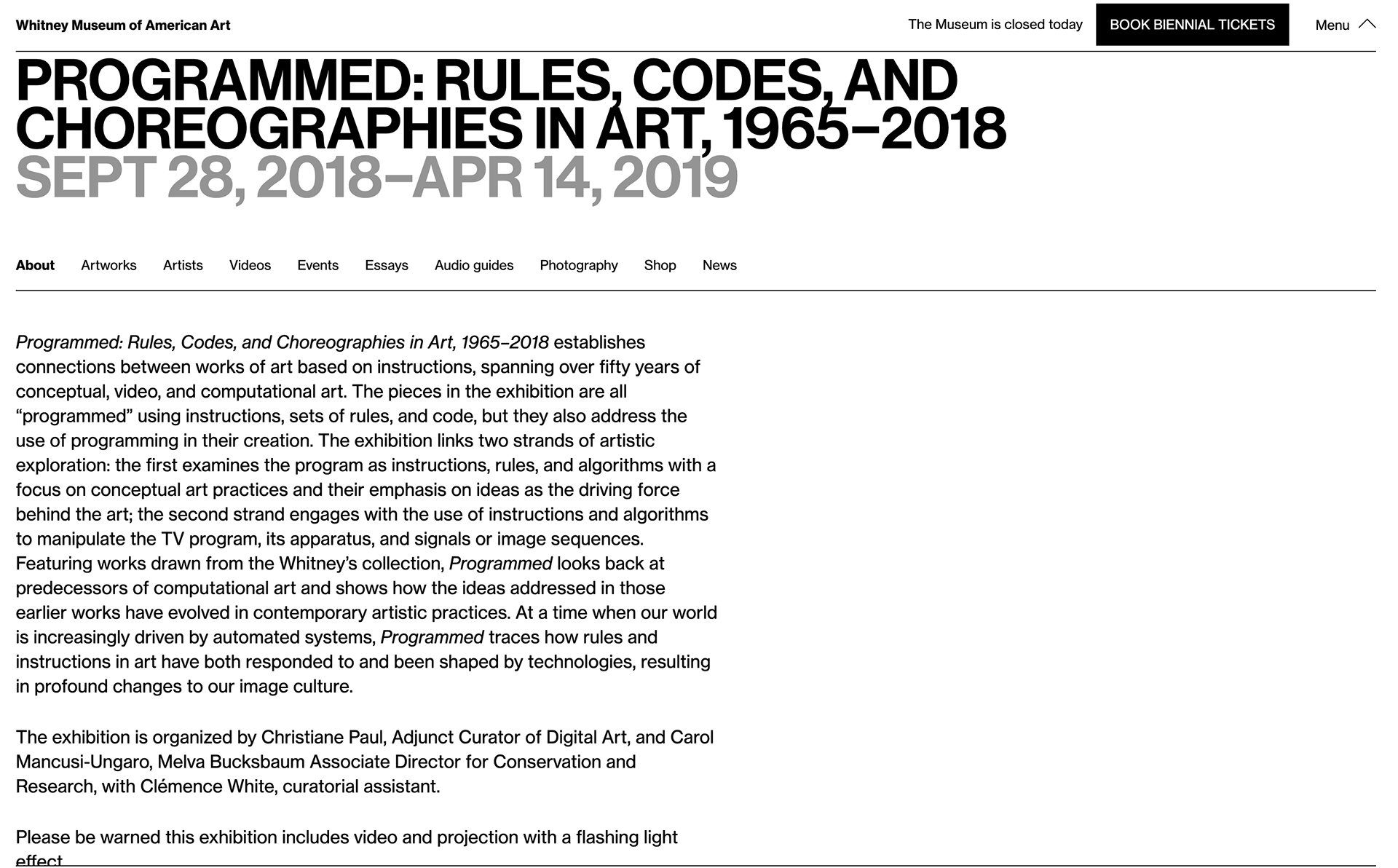
I like the simplicity of the magazine idea from macguffin magazine and how each issue revolve around a single thing, the one shown being a bottle. This kind of concept I feel lends itself really well to an algorithmic based project.
https://www.macguffinmagazine.com/issues/macguffin-the-bottle
https://0100101110101101.org/dark-content/
https://whitney.org/exhibitions/programmed
Generative/ANALOG Art
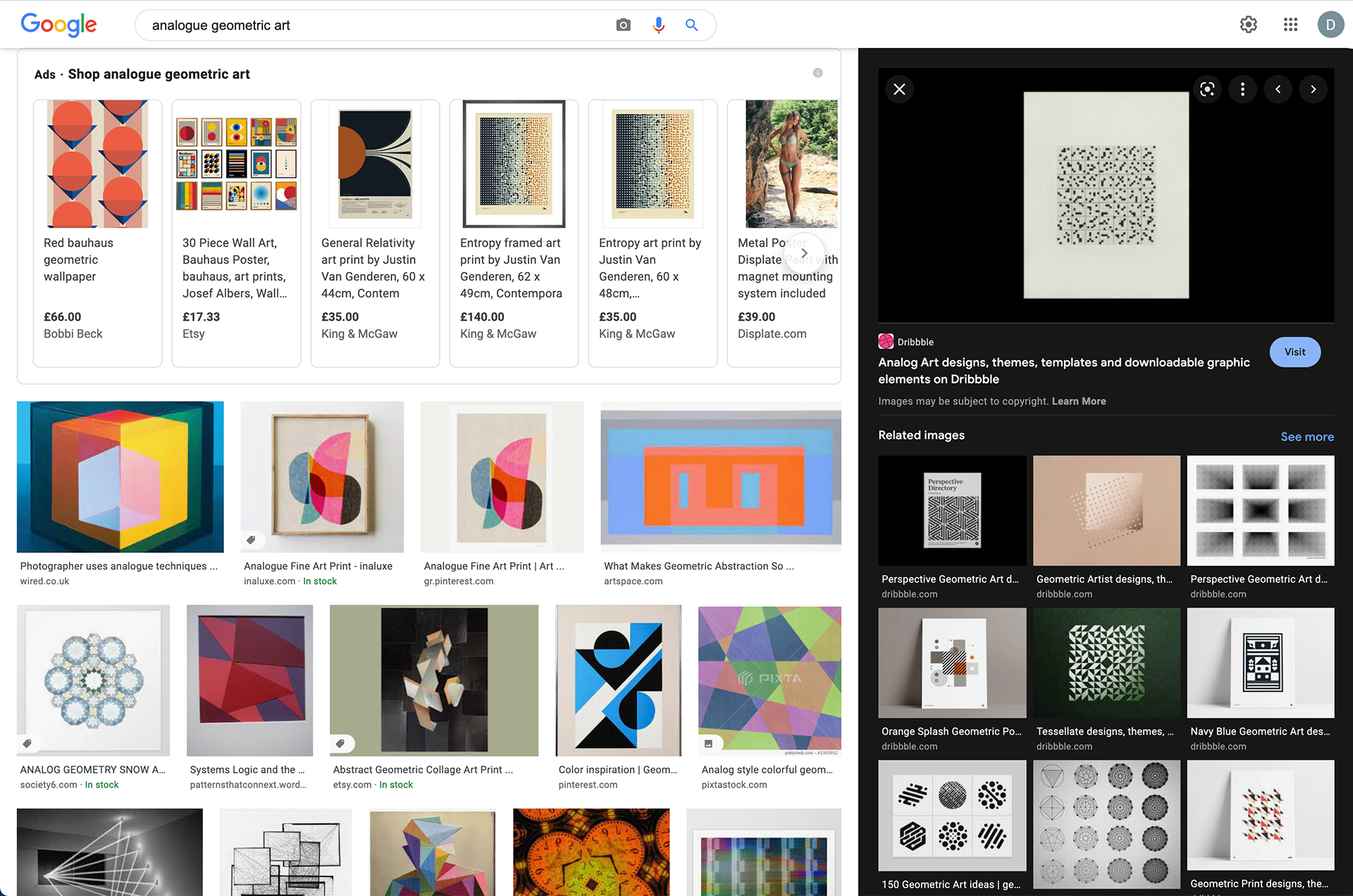
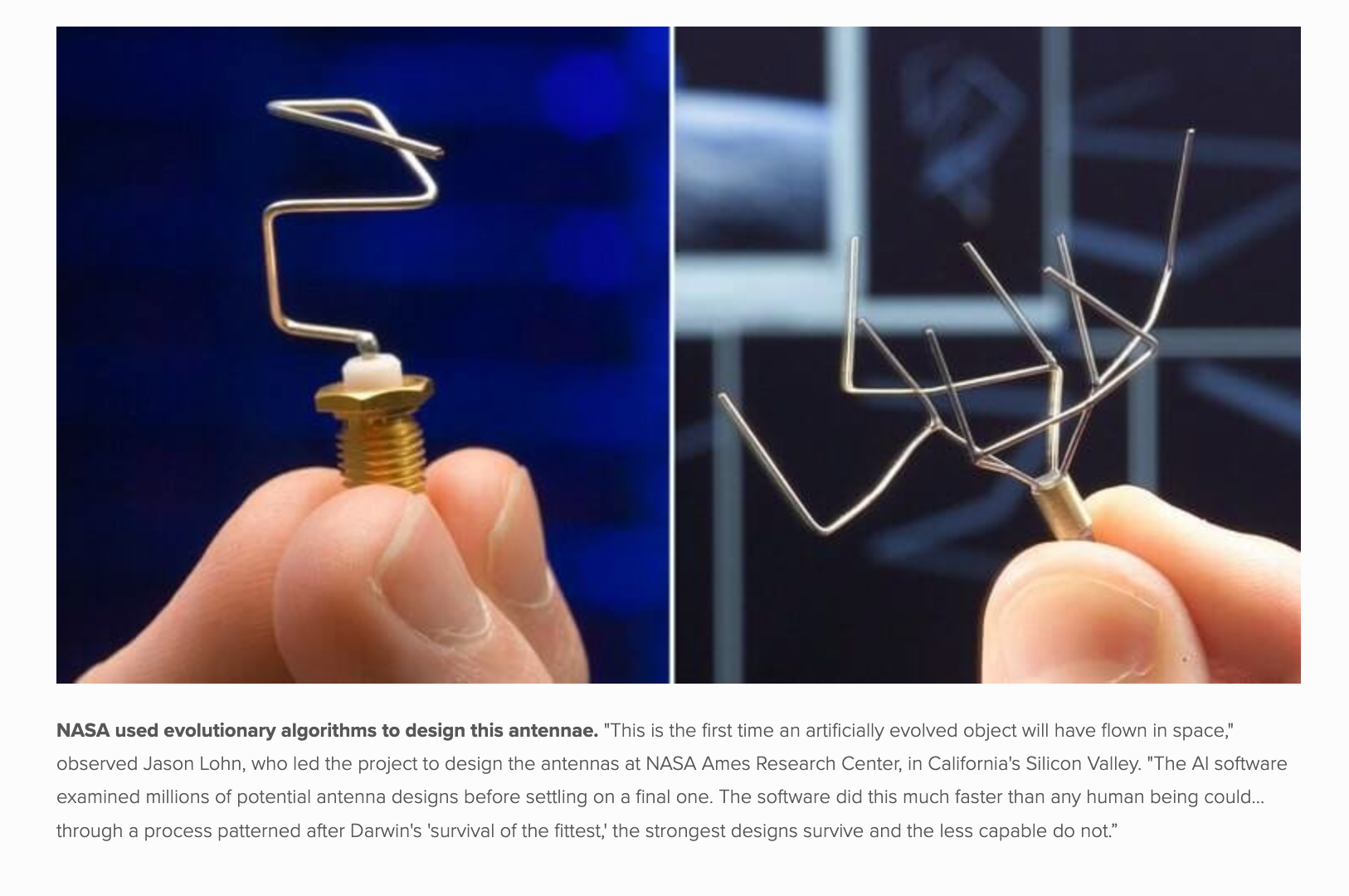
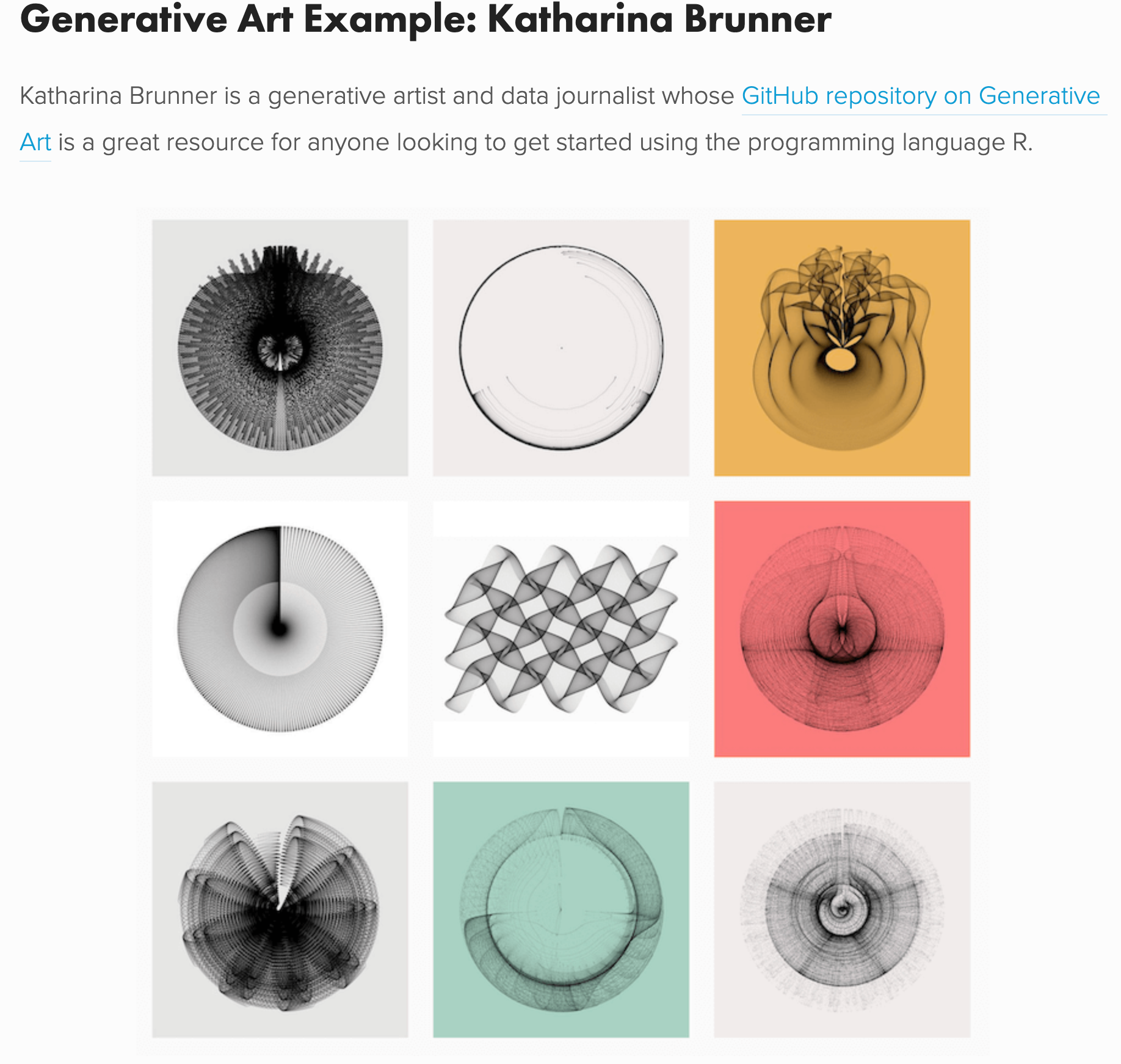
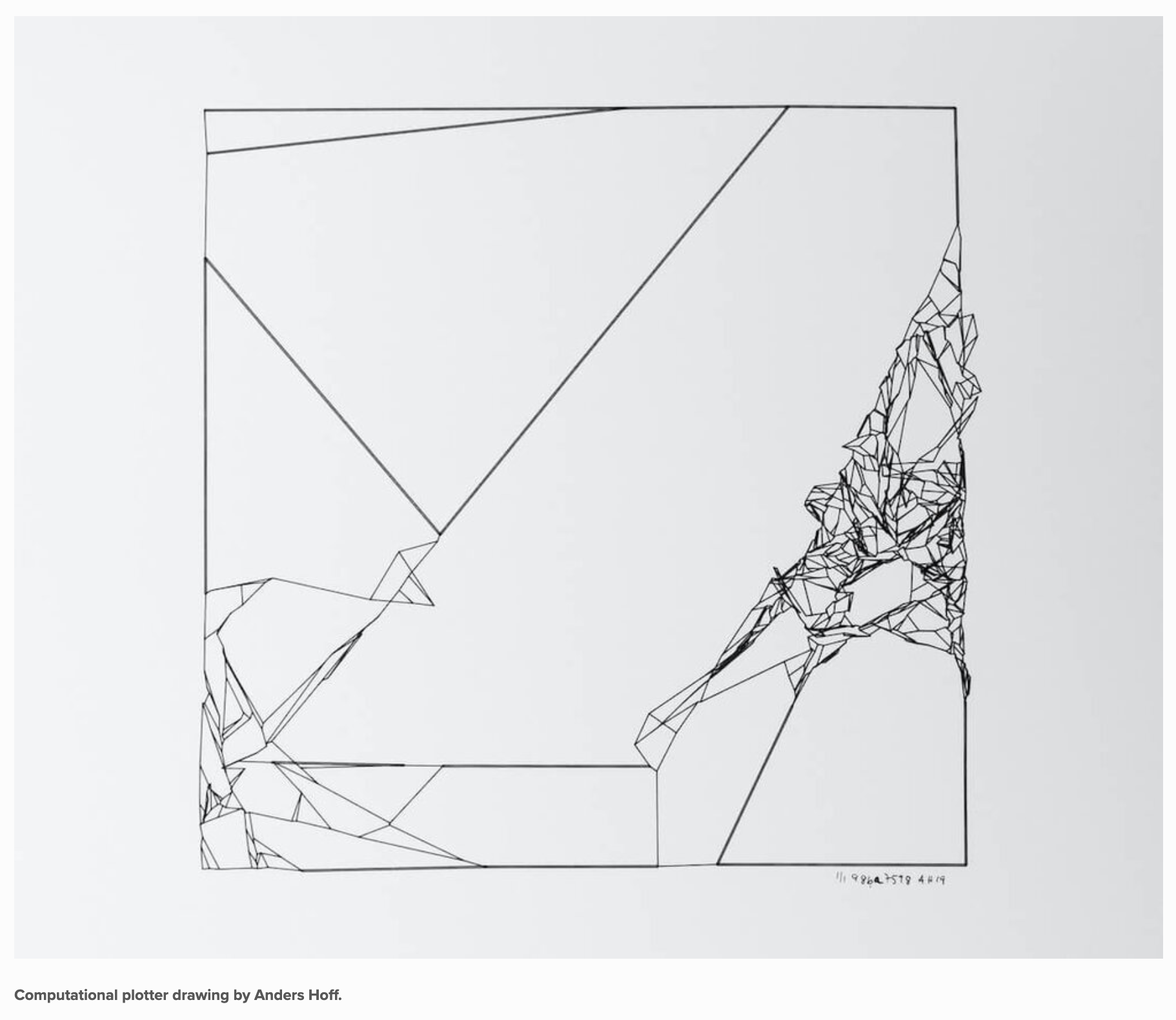

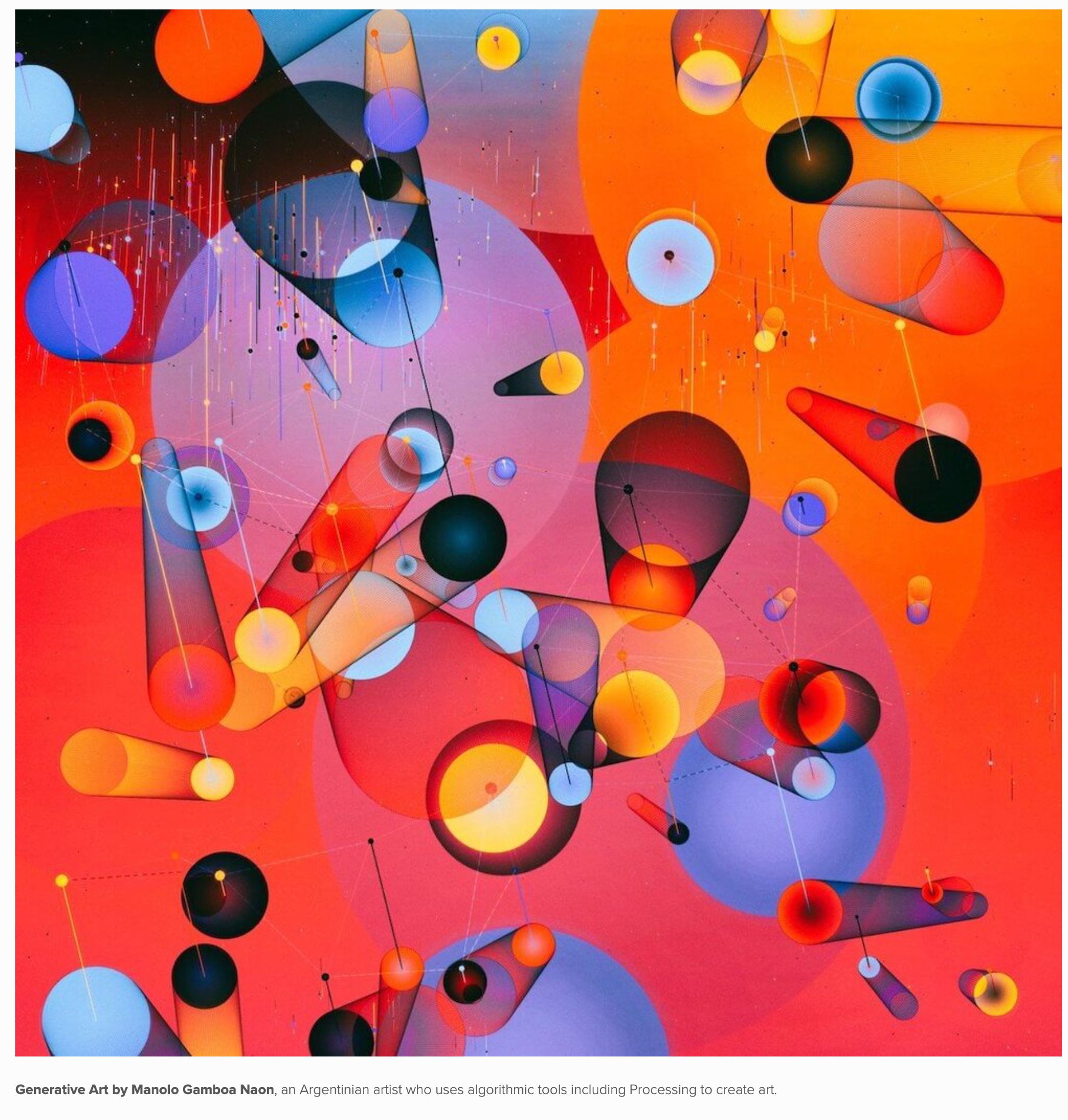

Looking at further examples of what is generative art, it's interesting to see the possibilities there are of creating beautiful images from often 'simple' processes.
https://aiartists.org/generative-art-design
https://www.google.com/search?q=analogue+geometric+art&tbm=isch&ved=2ahUKEwiolY609-_2AhXl7rsIHYymAvAQ2-cCegQIABAA&oq=analogue+geometric+art&gs_lcp=CgNpbWcQA1DkDljVEmCgFWgAcAB4AIAB3gGIAZMFkgEFMS4zLjGYAQCgAQGqAQtnd3Mtd2l6LWltZ8ABAQ&sclient=img&ei=c2ZFYuiPDeXd7_UPjM2KgA8&bih=959&biw=1680#imgrc=sXTEkmbegqOQmM
My own experiments
Whilst I didn't code these, the program has algorithms which make it easy for me to great these shapes and illustrations. I feel like this could be a way to go for creating artwork, however again this is still digital which is what I want to veer from a little.
Idea
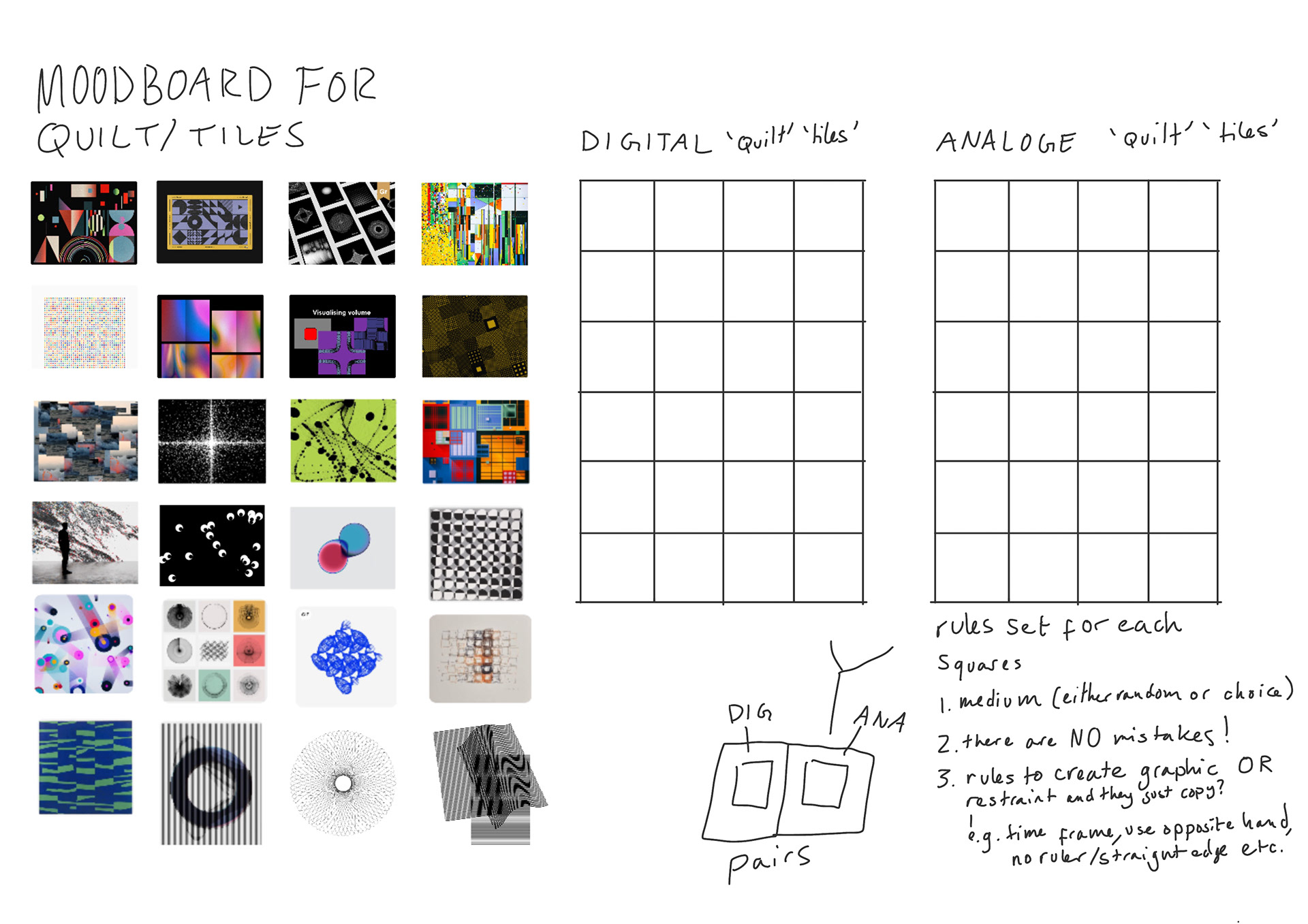
To try and combat my thing about digital v analogue art this idea is that I would create a series of digital tiles. And then write some rules for how I would imagine them to be instructed if it had to be verbal. And then do an analog version. There would be a big theme of embracing the imperfect perfitness of human made art and encouraging to build on mistakes rather then restart.
The idea is that the digital tiles whilst fairly quick to make on a computer, thanks to algorithms are much hard by hard, but not that this is a bad thing but rather just to show the two sides.
It could also be paired by a book which would show the digital v analogue tile.
It could also open up to being a collaborative project showing how each individual person will interpret the rules differently, and thus empasis how created human drawn, painted etc art is.
Refined squares
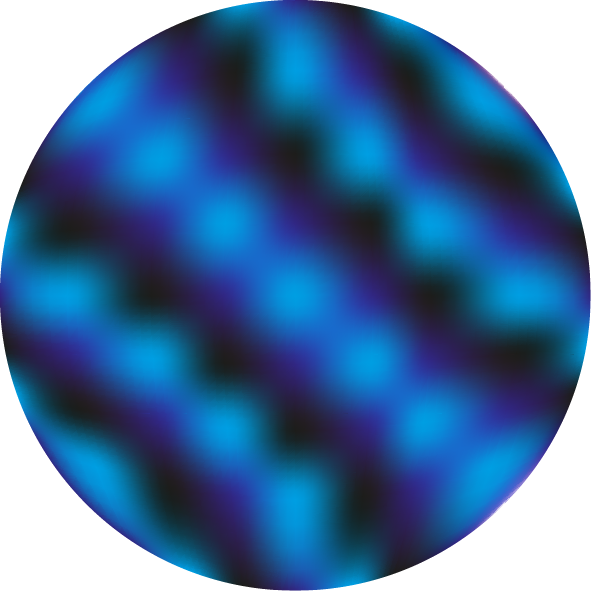
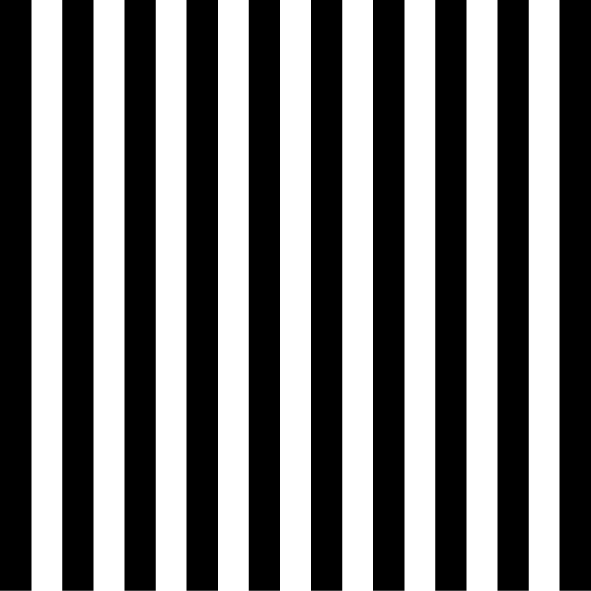
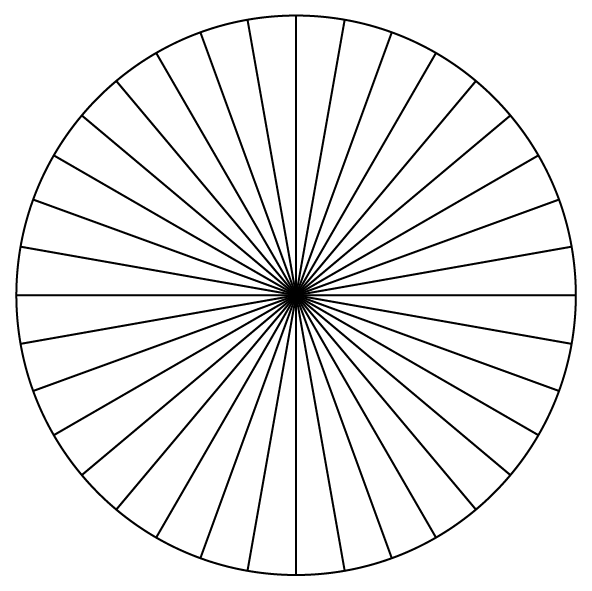
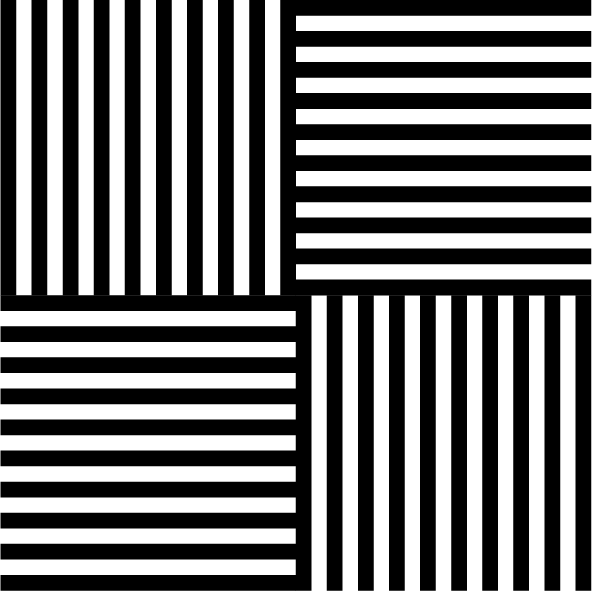
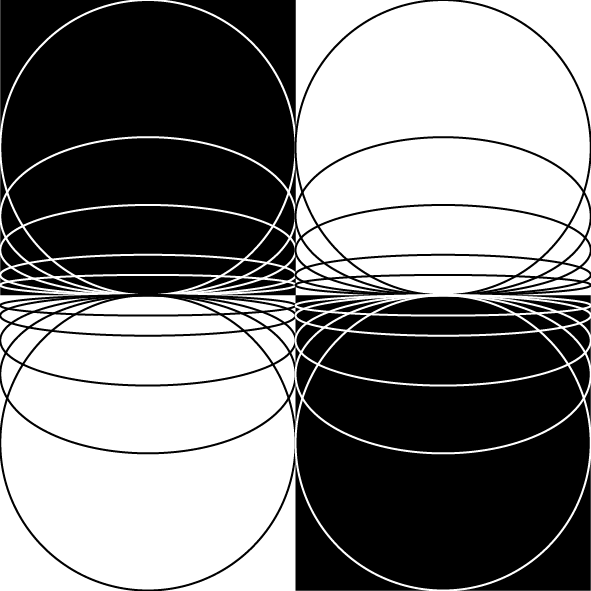

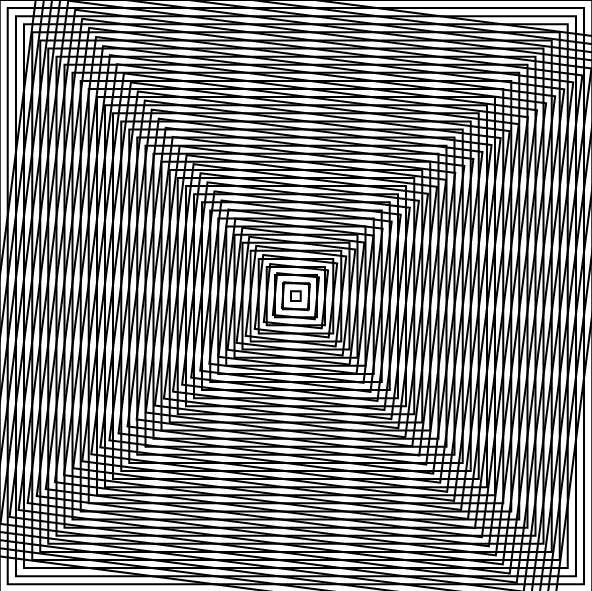
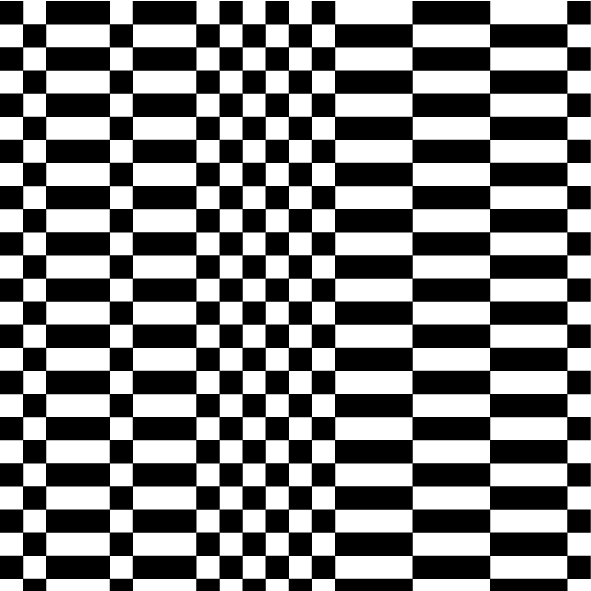

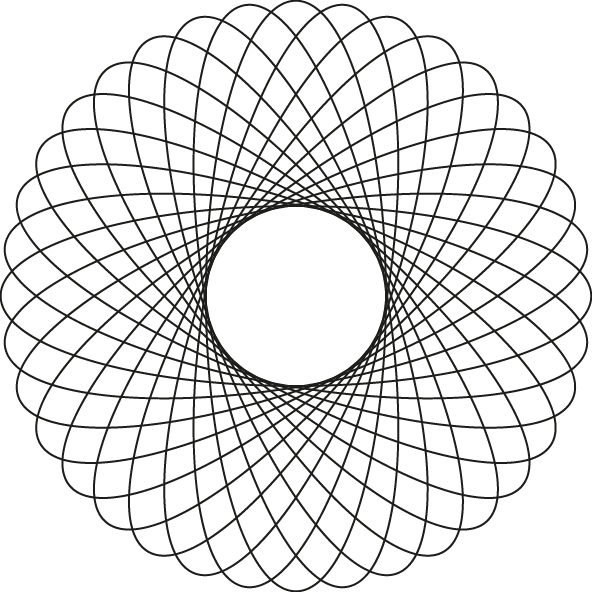
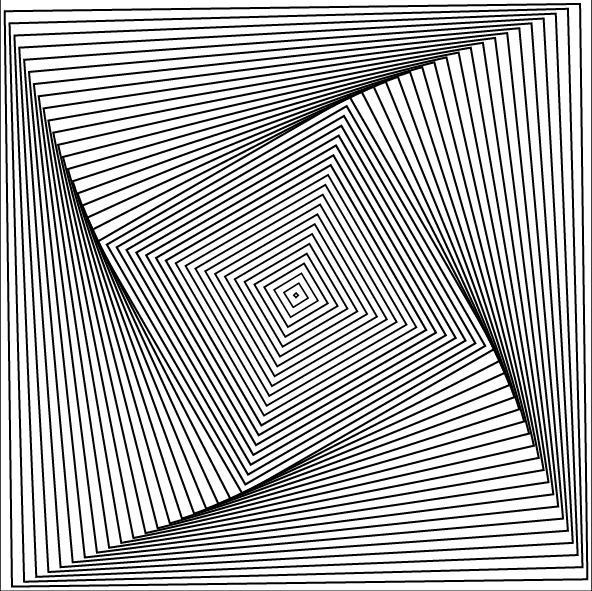
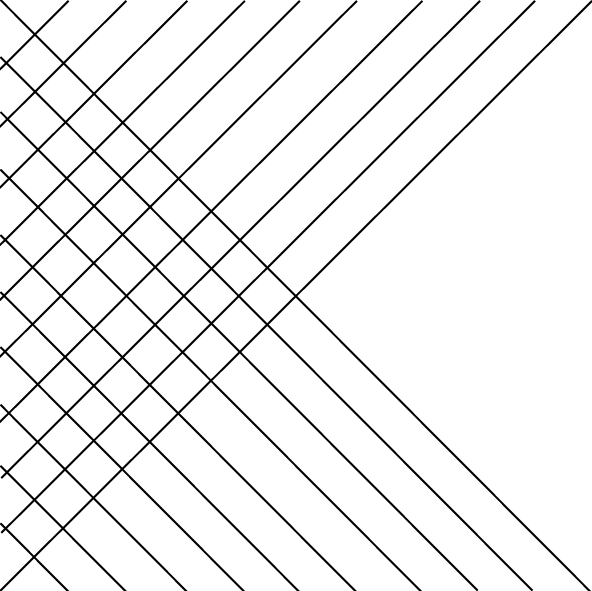

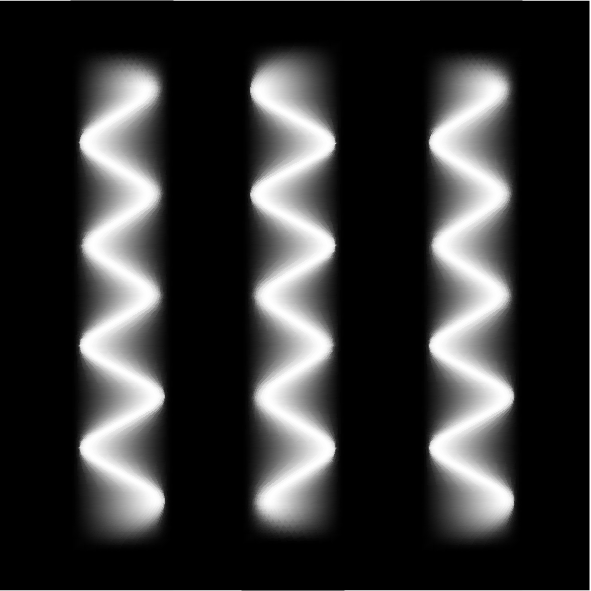
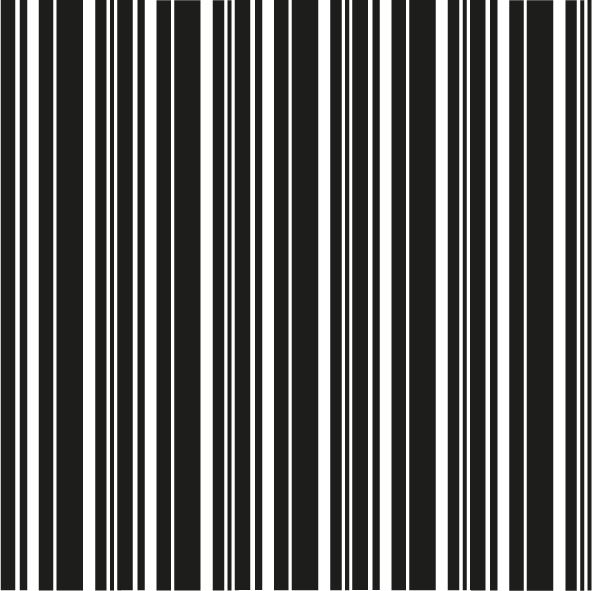
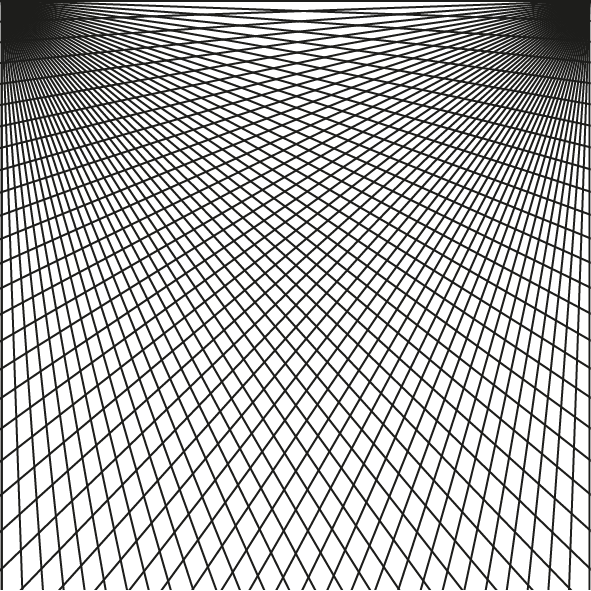
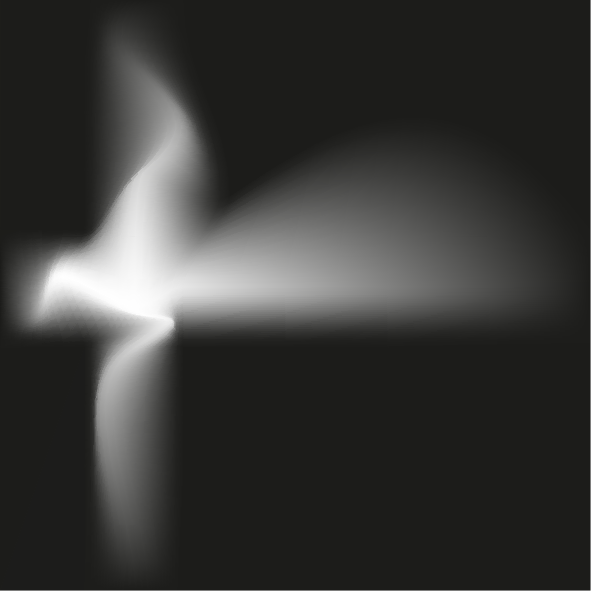



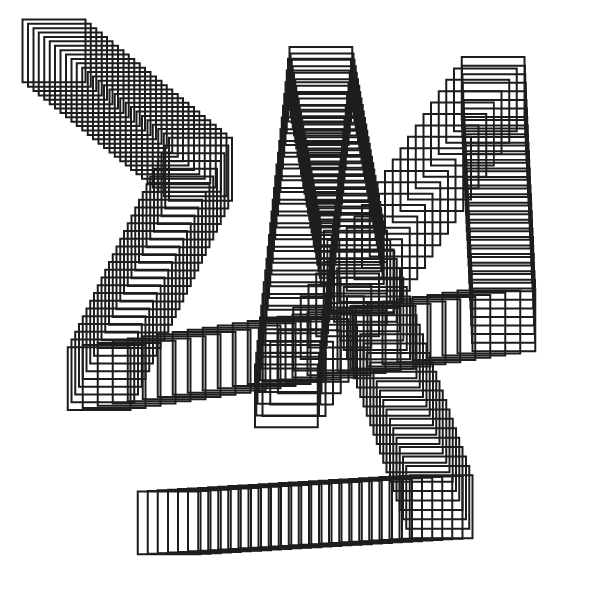
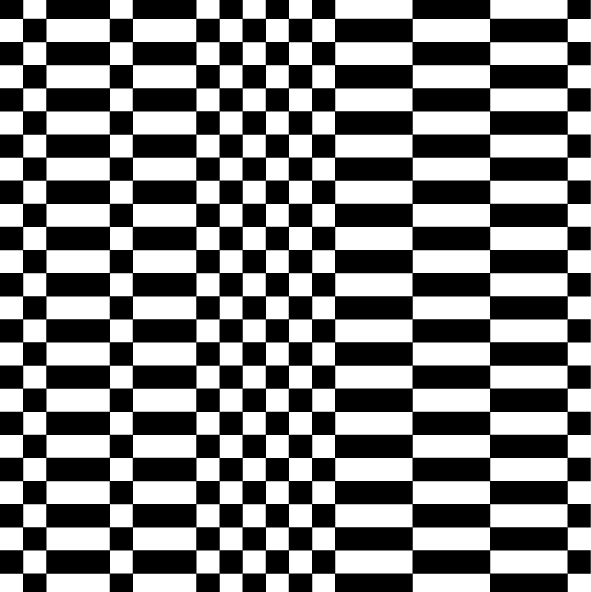

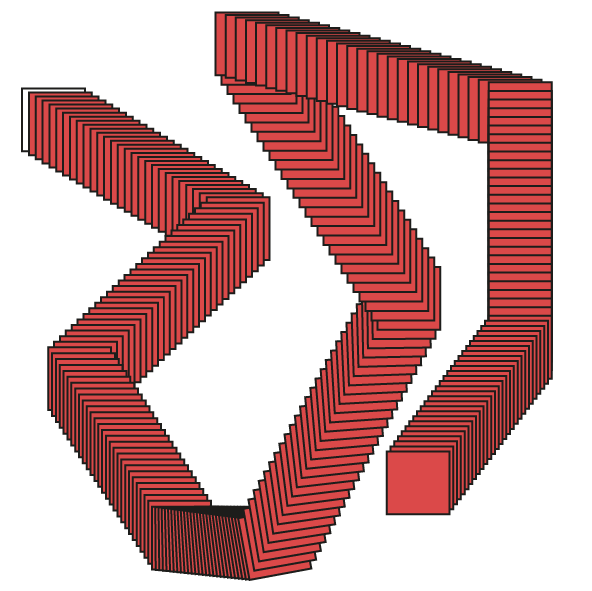
These are some initial squares that I have done just playing around with illustrator. I really like how they look, but feel they would need a more consistent style or just colour.
I also am aware that not all would translate well, but the thing with gradients as an example could be that the rule says start at blue and end up at red and looking at the different ways this could be interpreted could be really interesting.
Reevaluate
I'm having doubts about it again, just because i'm not sure if digital is the way to go. That maybe I should make it a algorithmic project. Where I create a load of rules that myself and collaborators respond to. This would be to show the beauty of human imperfectness and the celebration of human made art.
Some thoughts are either an exhibition show casing the work or a publication or both! I feel it would lend itself to these situations.
Rules
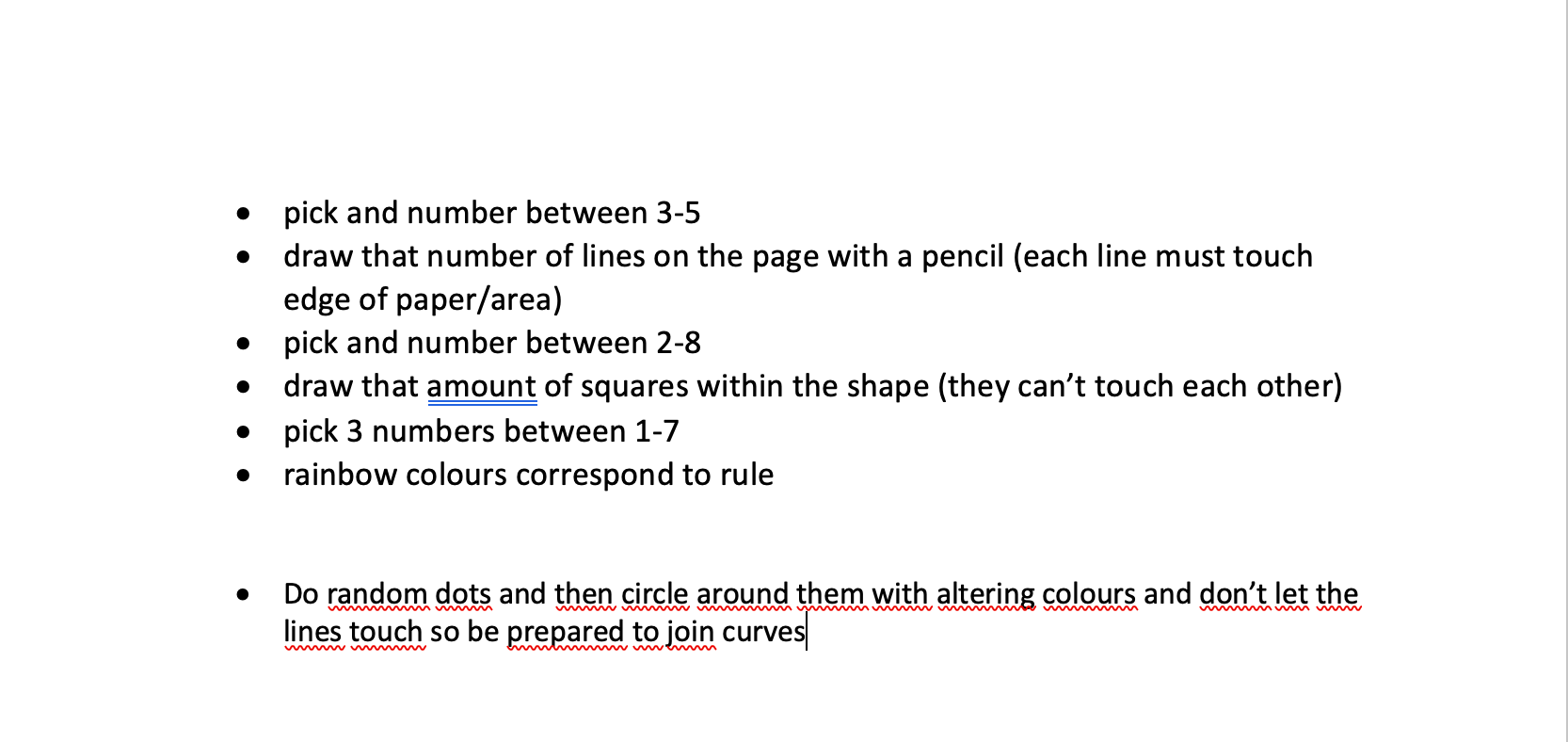
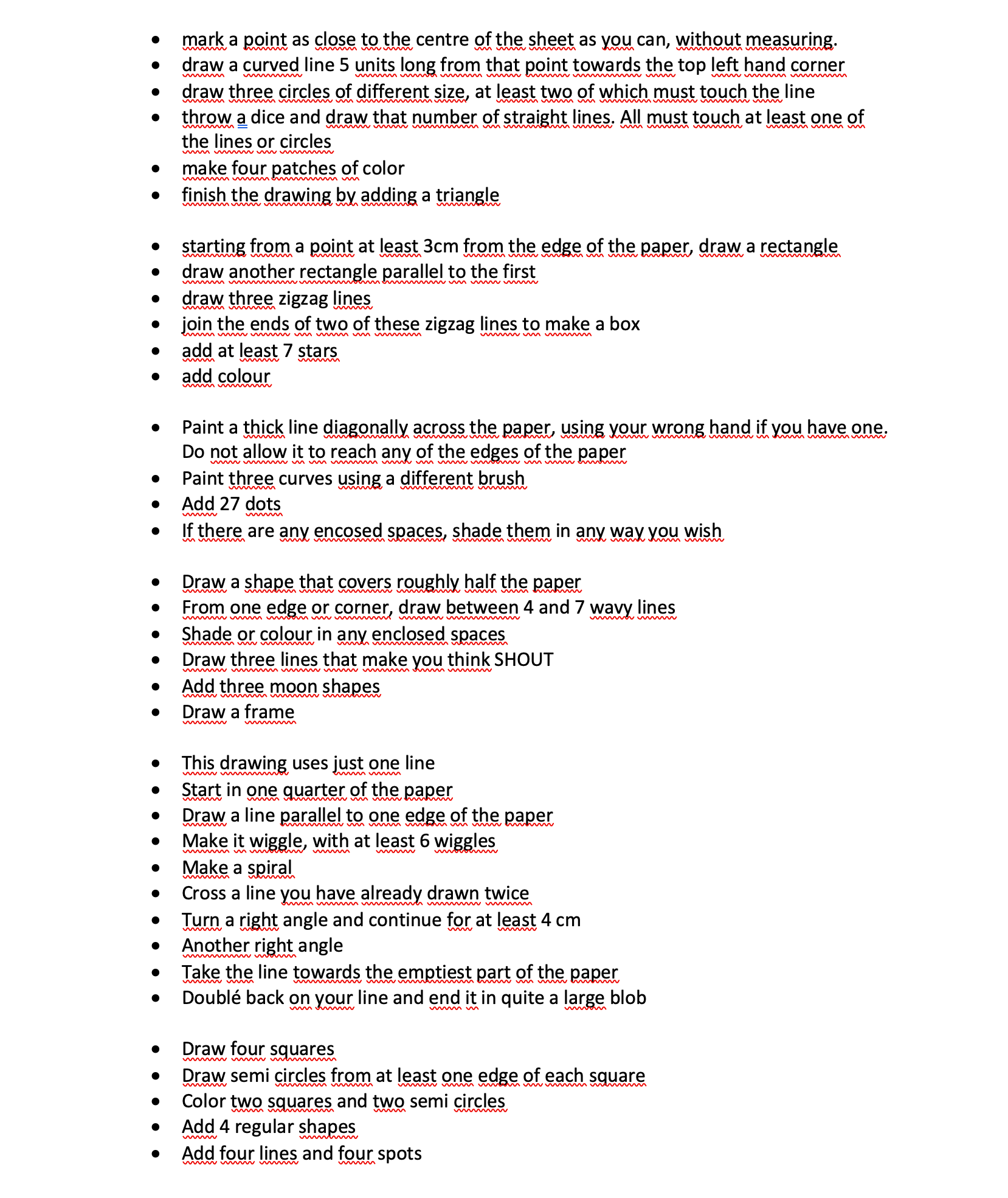
As a way to not think too much into it I though doing some rule based art would work better, evolving the piece into showing different responses to the same rule could work well whilst having that analogue approach.
outcomes

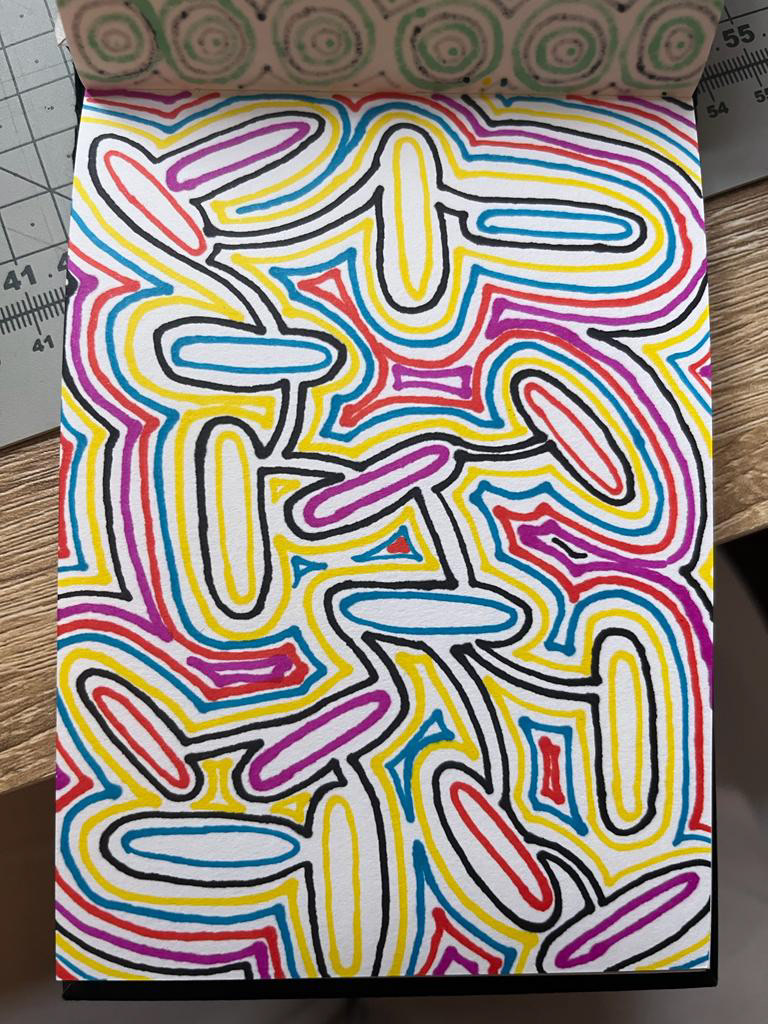

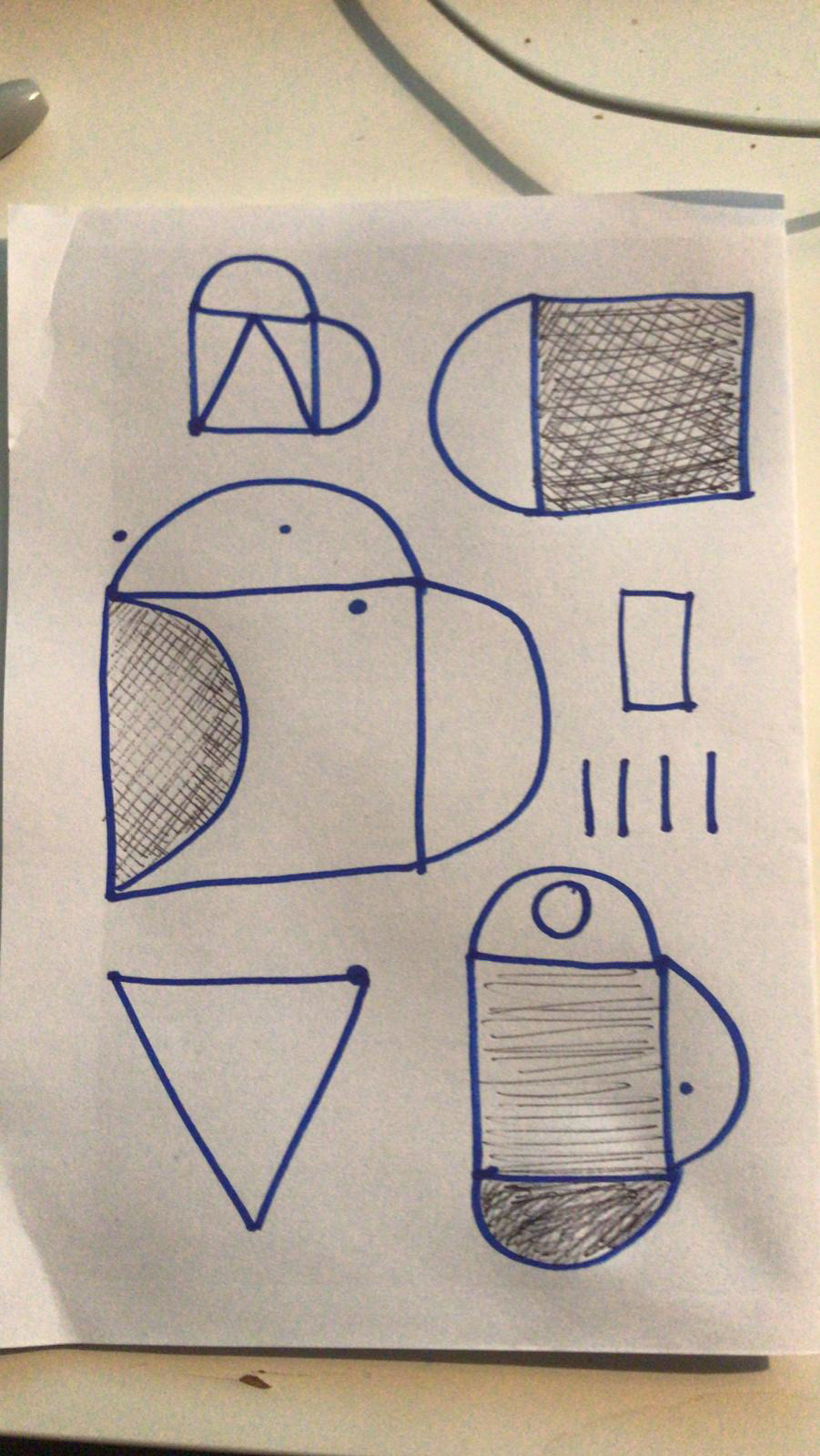
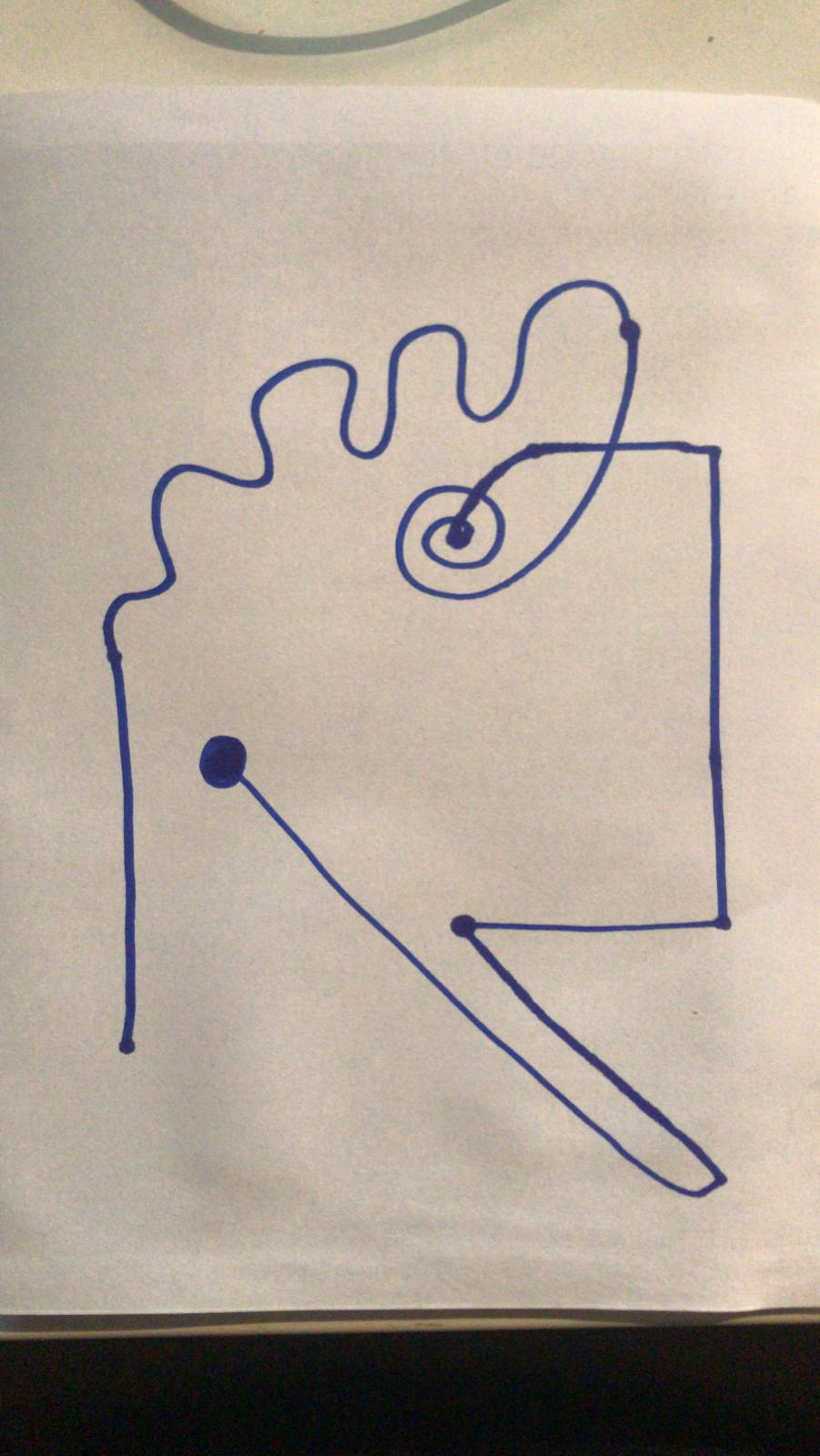

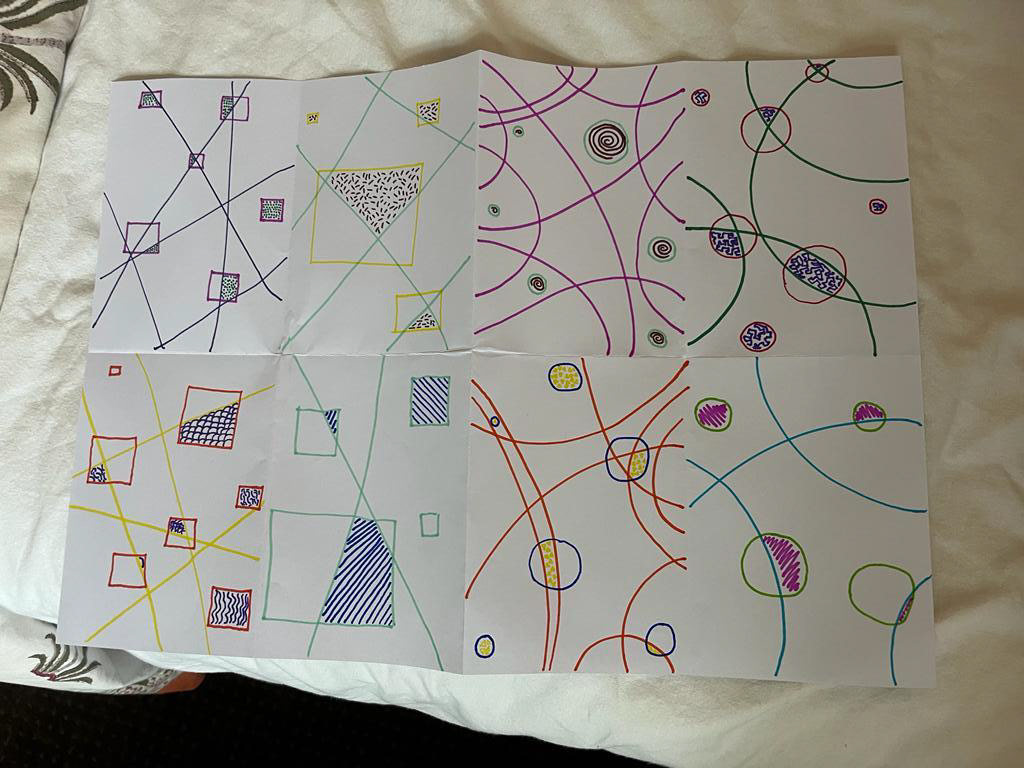
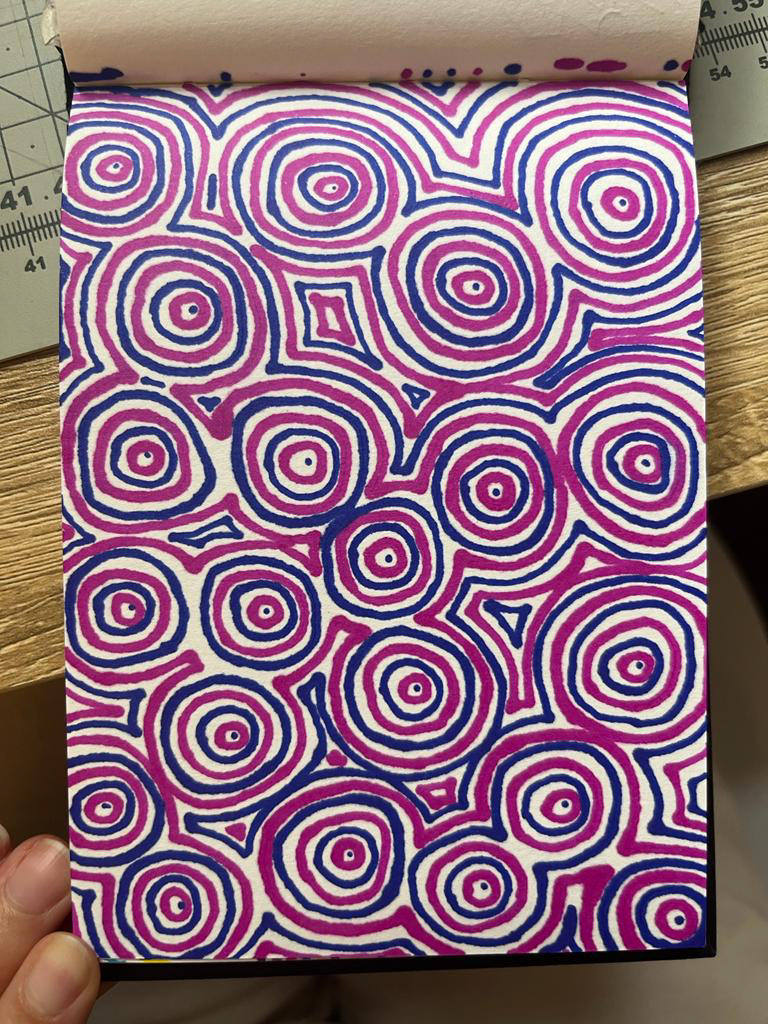
I enjoyed doing some of the rules, whilst many of them look different I like how each piece is still recognisable from it's rule (whilst the same type of pen is used I feel different mediums would still be similar).
I want to play around a little more and see if I can further develop some rules.
Developed Rules/Outcomes
These are some one from the rules i've written, I like the playfulness of these.
The ones on the left are drawings I did with algorithms/generative art in mind that could easily be turn in to a rule based artwork with certain things that change each time whether that's shape, number of object or more.
The one on the right is a rule I put in to my head where you divide up an area into different sizes and fill it with the same number as dots. I quite like this tule idea and it could create different outcomes.
The far left it varying widths of horizontal and vertical lines, I like how depending on a few differences it can create a completely different piece.
The middle left is a rule I had made already, I like the simplicity of it and how you don't have to think too much into it.
The centre right are some layering experiments that I feel could work in a rule outcome.
One the far right I took inspiration from nature and wanted to create a longer rule that accompanies this piece. I'd like to see how a longer rule differs to a smaller one.
The pieces on the left are images that I did with rules in mind that could work well as a rule based piece, I like the liquidity and flow they have and i could see them being translated as rules,
The two on the right are two variations of the same rule, having these practices of seeing how things can differ.
Some further variations of some rules as well as some doodles, I kept doing these to get a sense for the illustrations and how they could vary.
My Idea
So I know I want to know use rules, but not exactly sure on the right way of presenting them. To start with I am going to choose and refine 6-7 rules and take it from there. I know I want it to be a mix of my own work and collaboration.
Chosen Rules

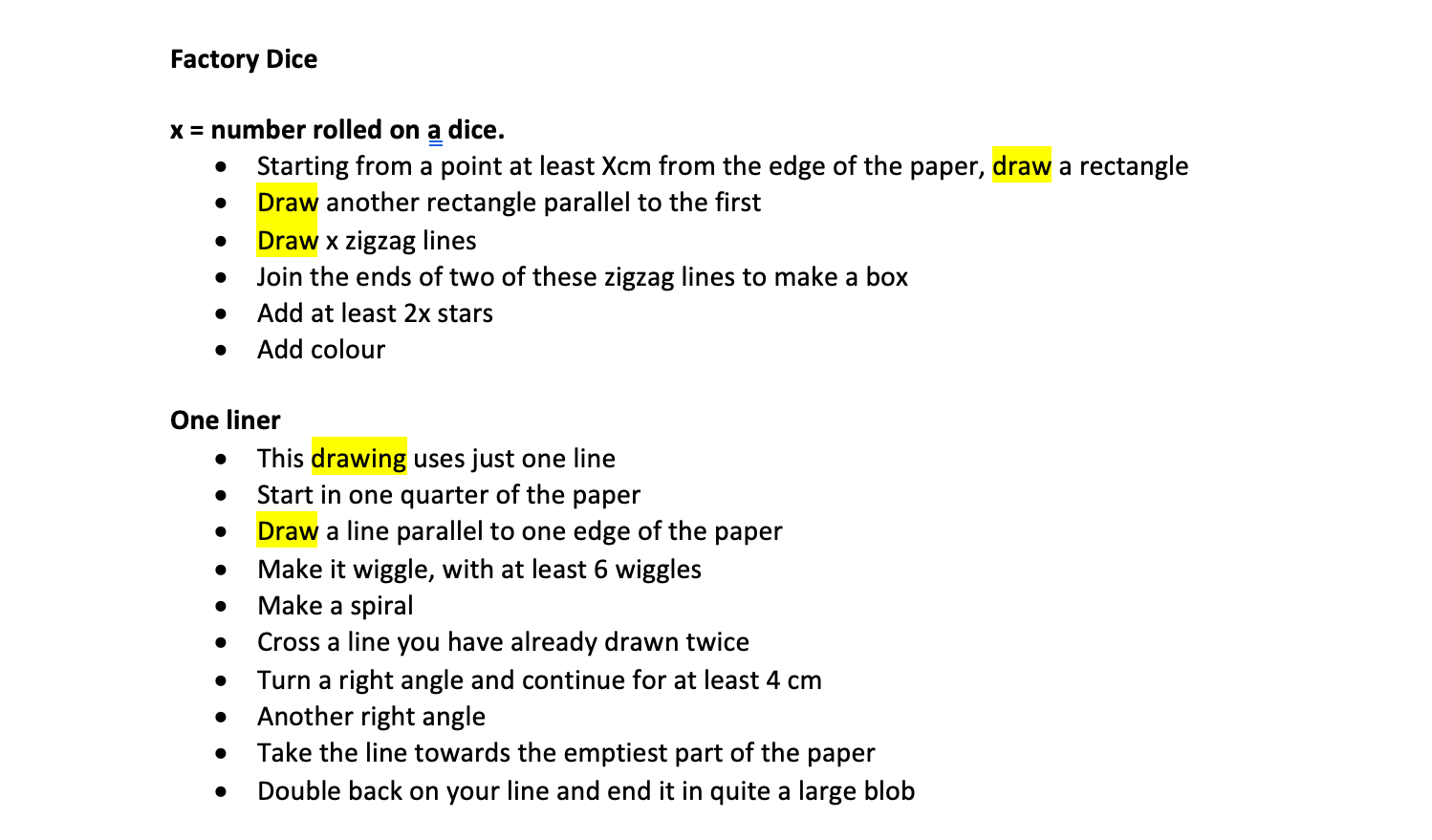
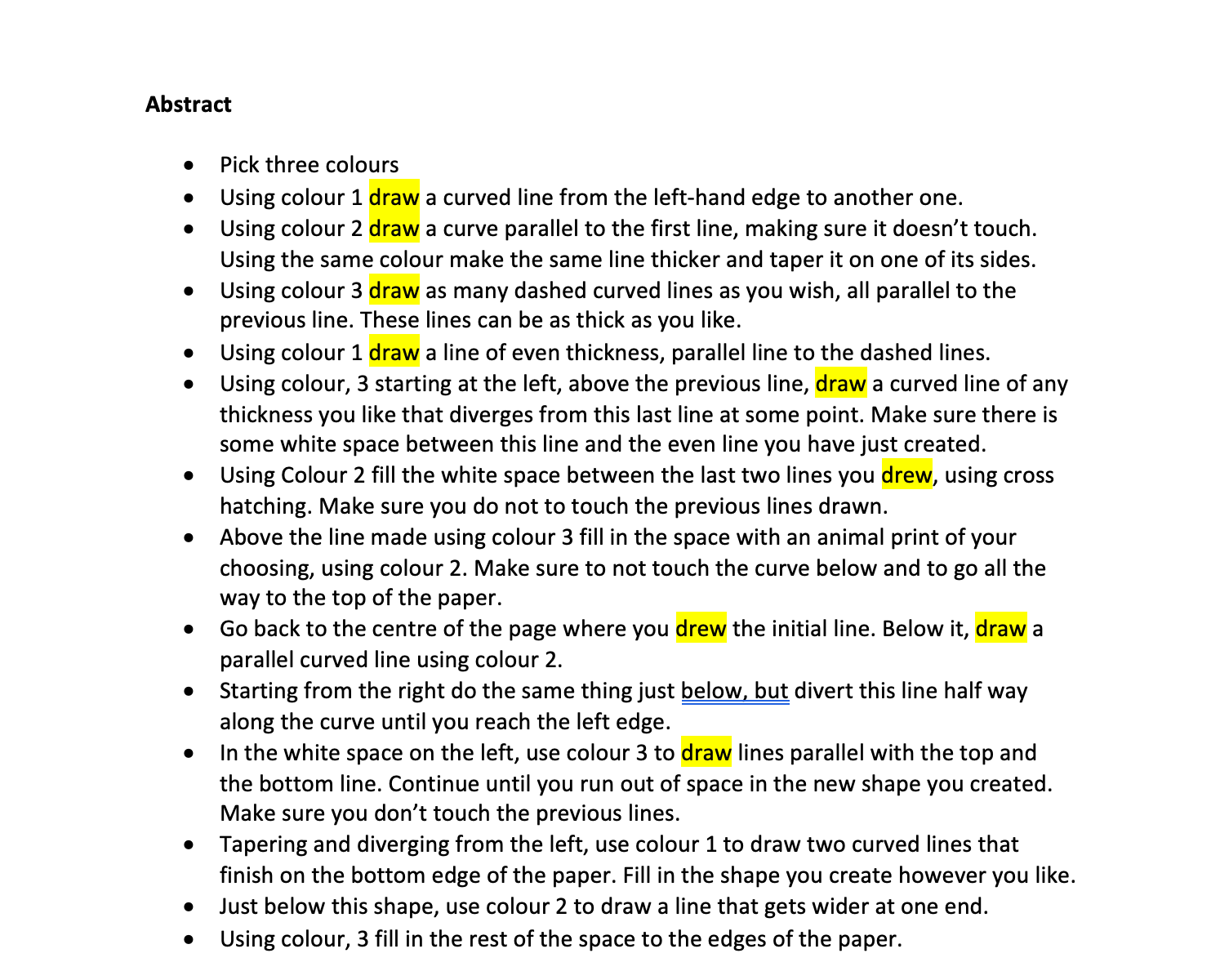
I wanted to have a mix of rules for more complex and time consuming to quick ones so as to create variation. I took inspiration for patterns in and around nature and illustration tools/marks that I feel look nice.
Adding variety like random outcome of a dice or variation for how much you as the artist choose to do is what I like about rule based art work as whilst there are constraints there's still so much personality and variety that can come from a short list of rules.
COLLABORATION element
This is what I will send out to people. I want it to be relaxed and add not to much pressure, the piece are meant to be free. There's a sense of nothing is wrong or right in the project as anything you make will be beautiful.
Tutorial Feedback
Still feeling unsure about how to piece it together.
Advice from Jo was to look at conditional design work books and how analogue algorithm was able to to create a solid context for a book made of some much variation and development.
It's about bringing it together are a start point might be how I am going to present it - it seems like it would lend it's well to a book, but I am just wary of it becoming a version of those adult art-books, which isn't what I want from this.
I will have a look at some other practitioners and what they might have done.
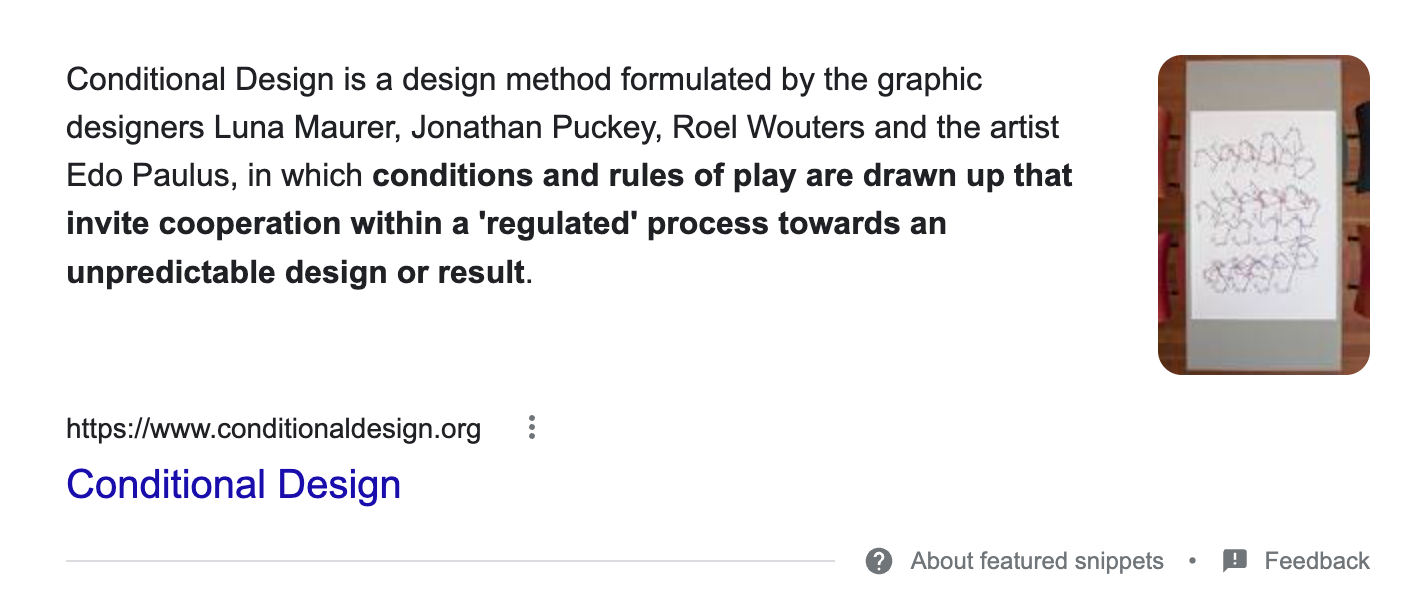
Context and outcome
My plan is to create a publication that would display different responses to my rules. It would have an ethos of encouraging an enjoyable process from creating art. It will be a collaborative book that is aimed at anyone with in interest in art and disassociating from the world a little by following a simple process.
It's also to share the beauty in variety and encourage creativity which can often seem missed in the busy world.
I will use my rules and send them to friends and family asking them to complete them with any medium they feel like. I will collect all of our responses and book them into a book showcasing it.
I also hope to add sections where the reader would be able to respond and add their own work.
BOOK/PUBLICATION CONTEXT
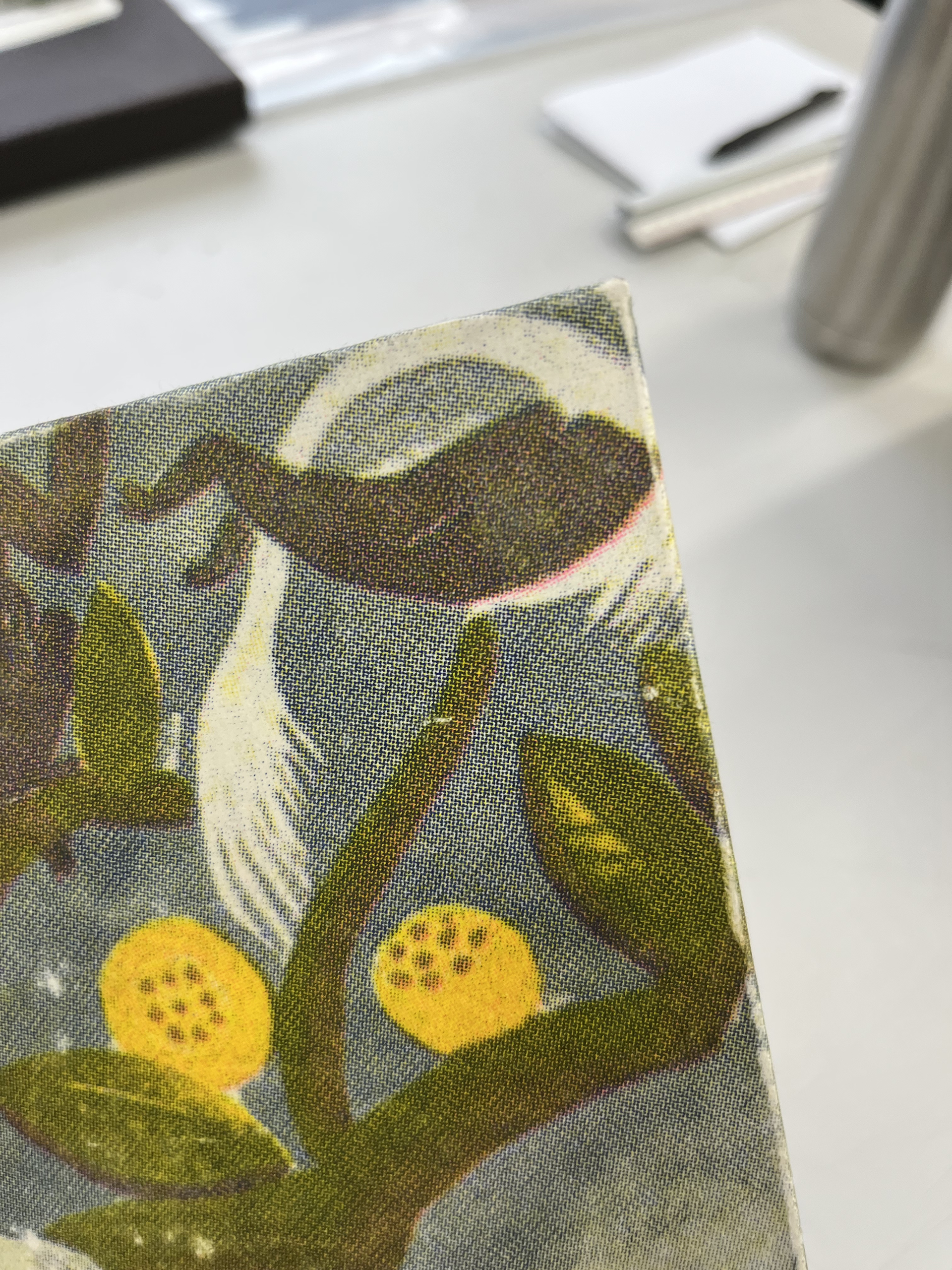
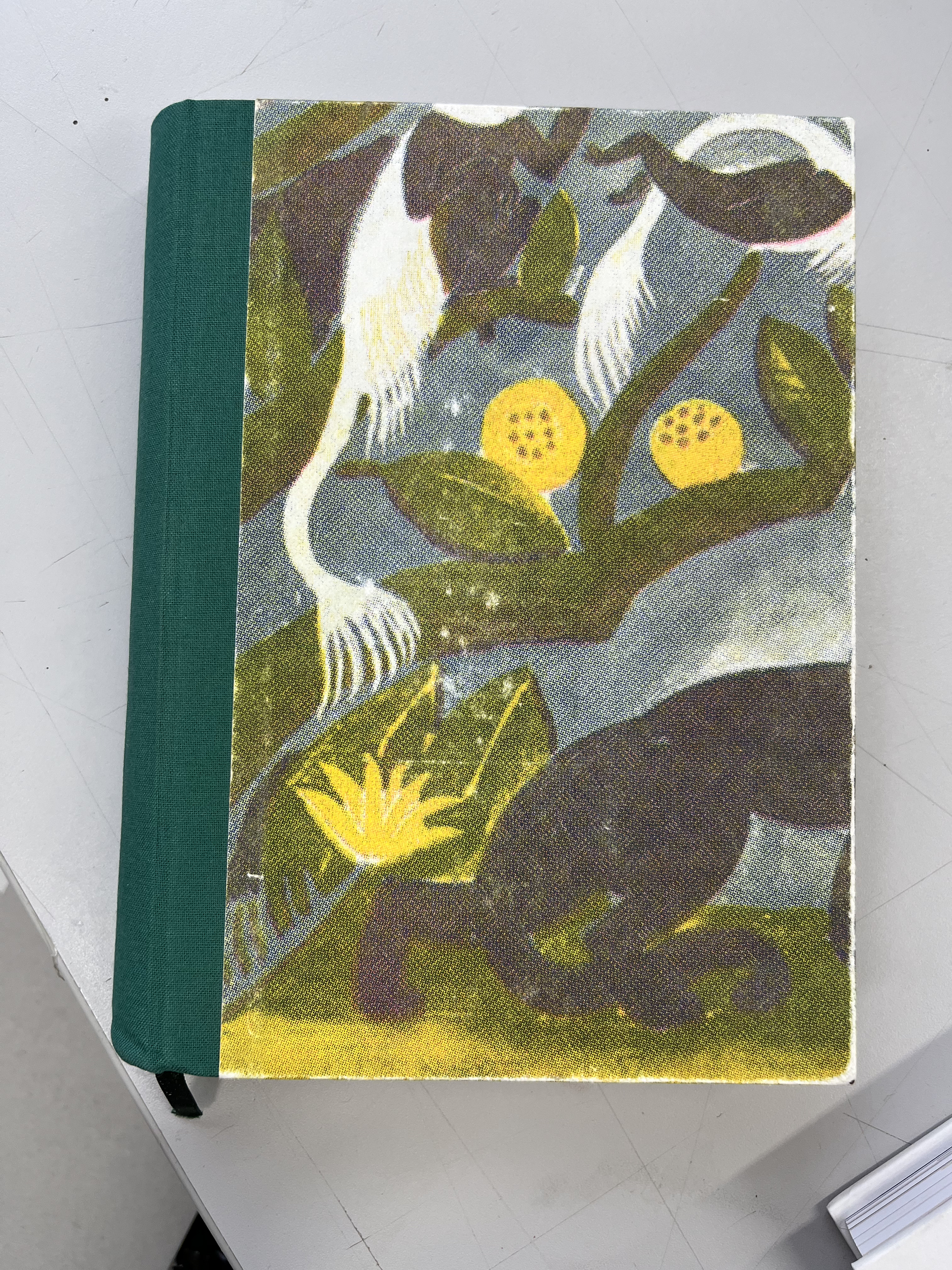
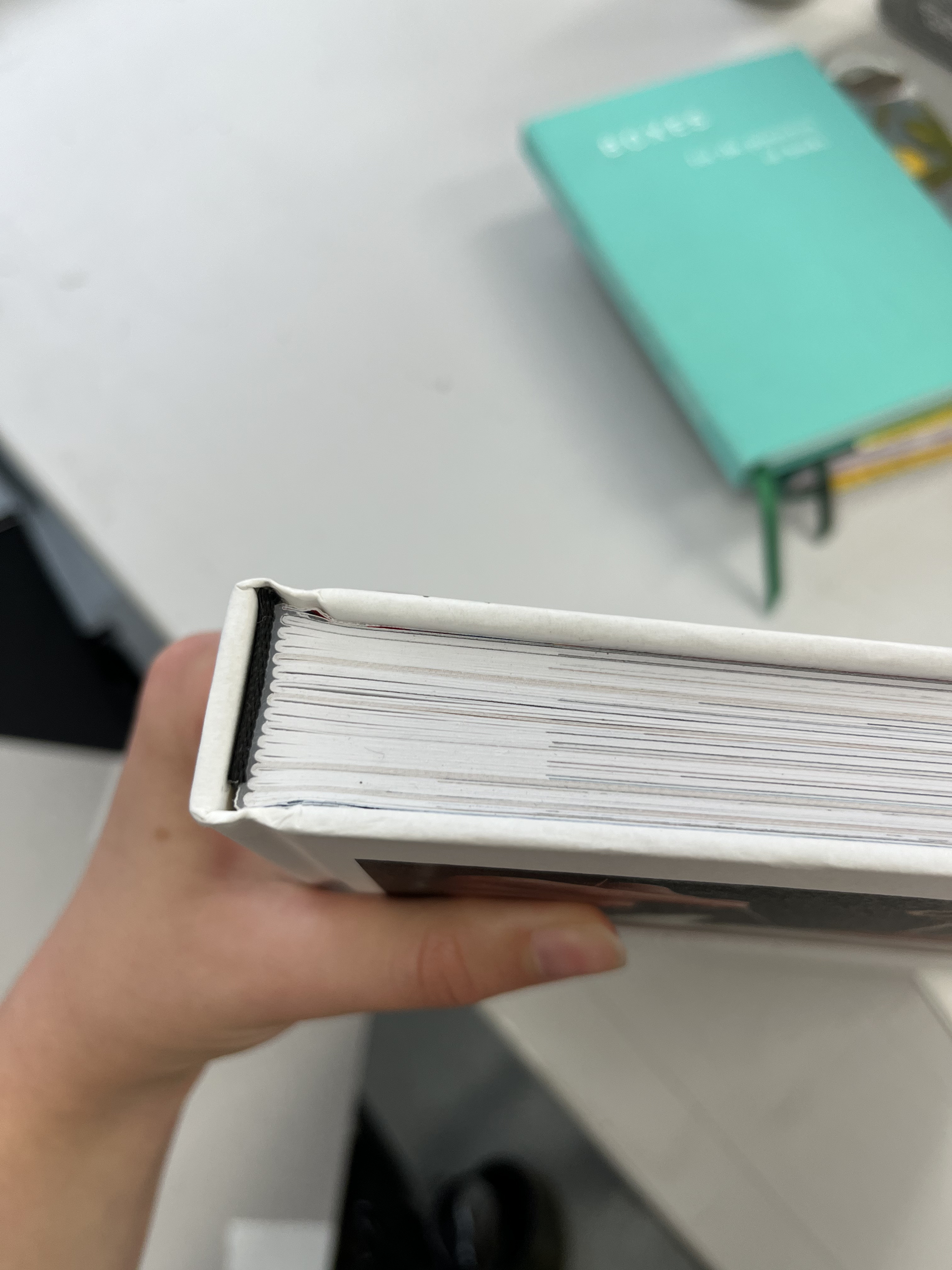
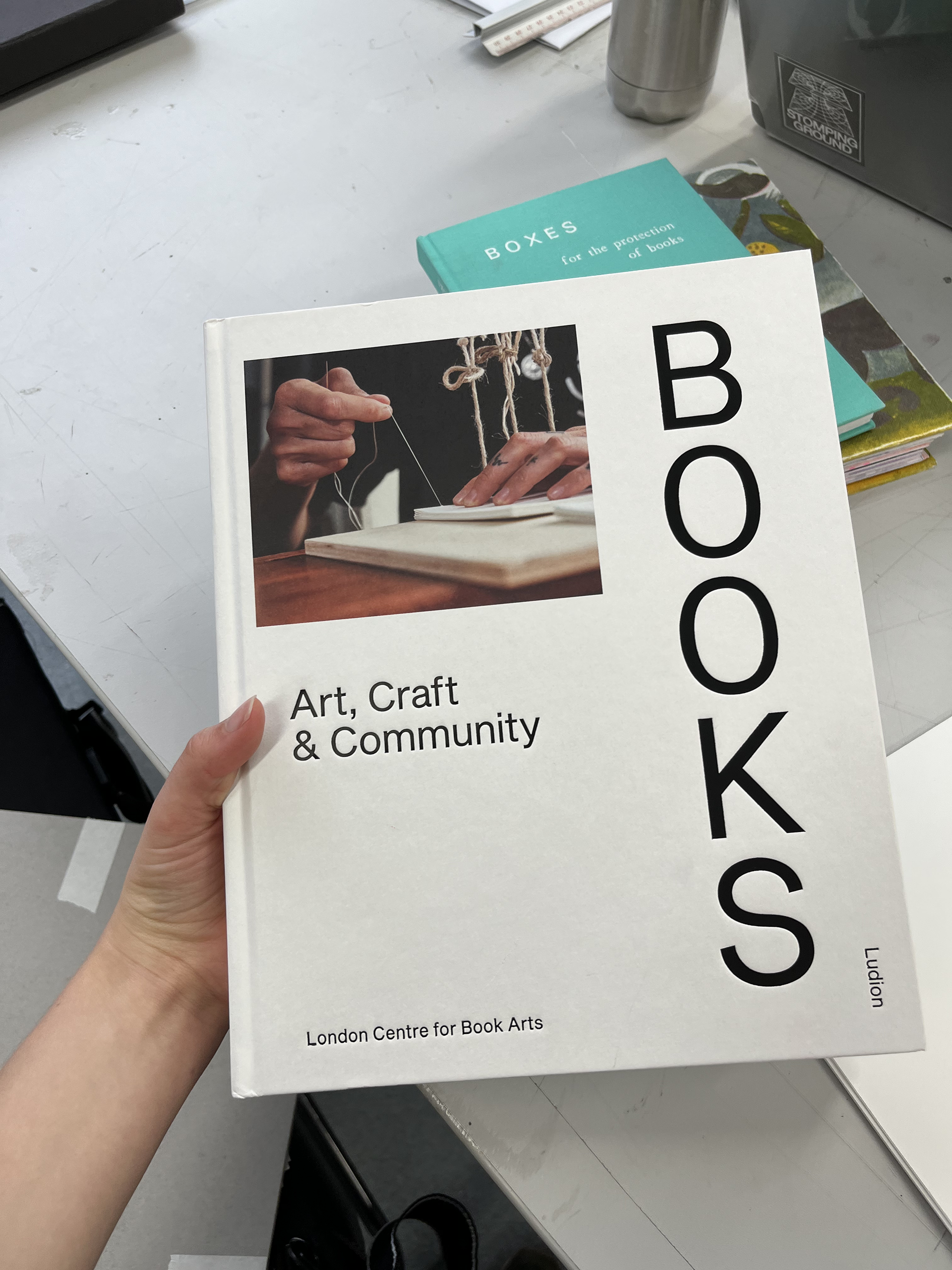

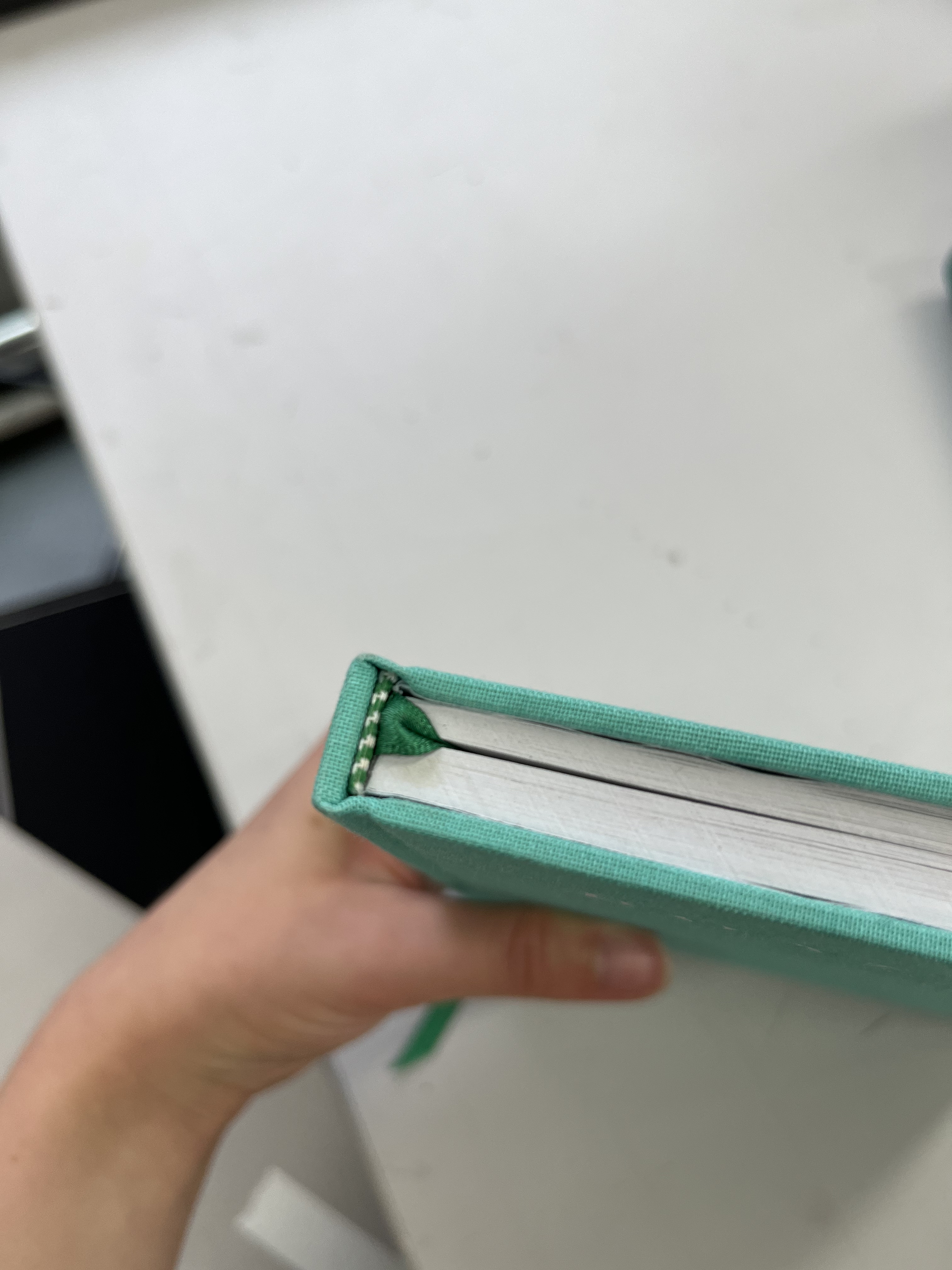
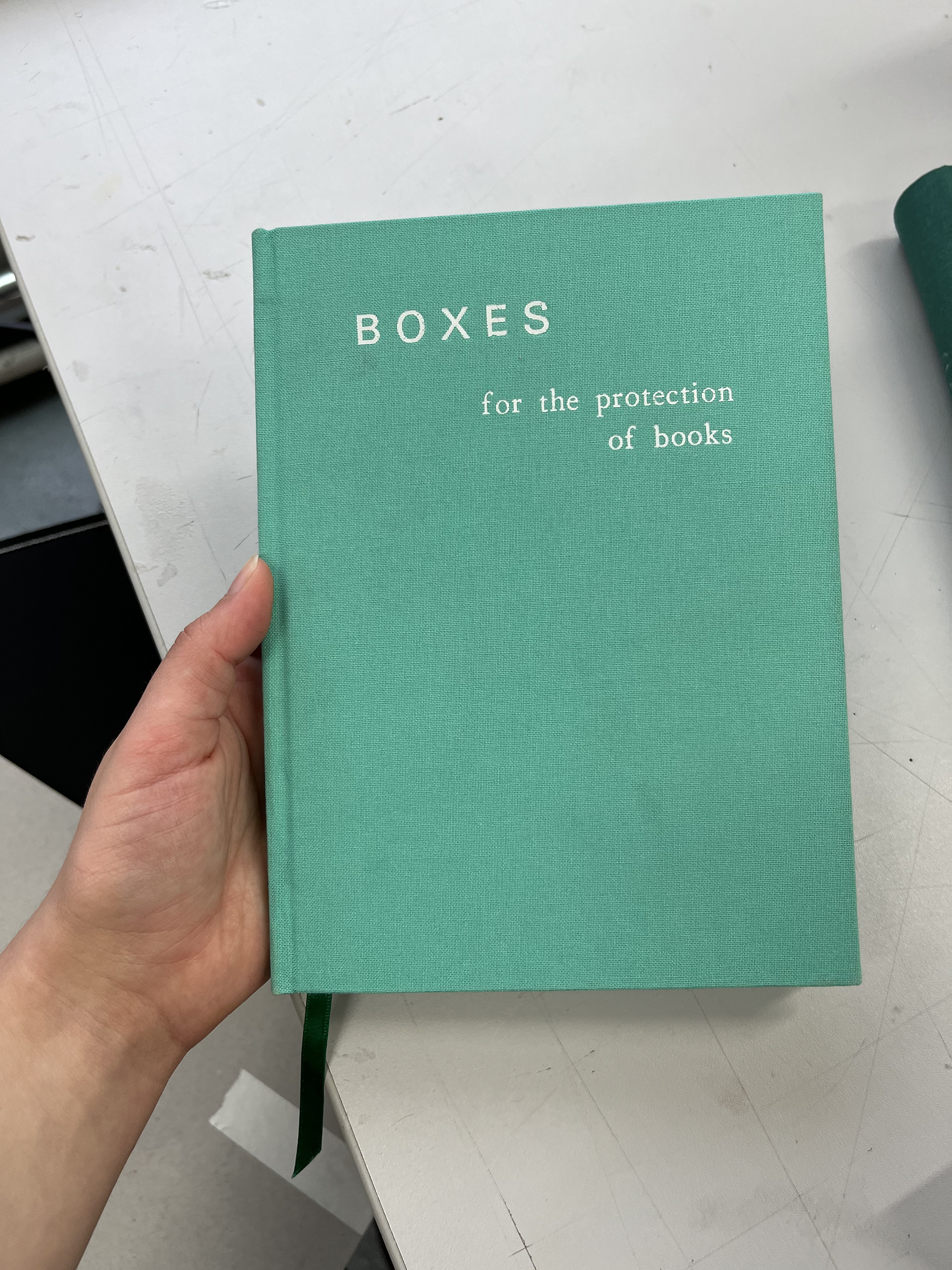
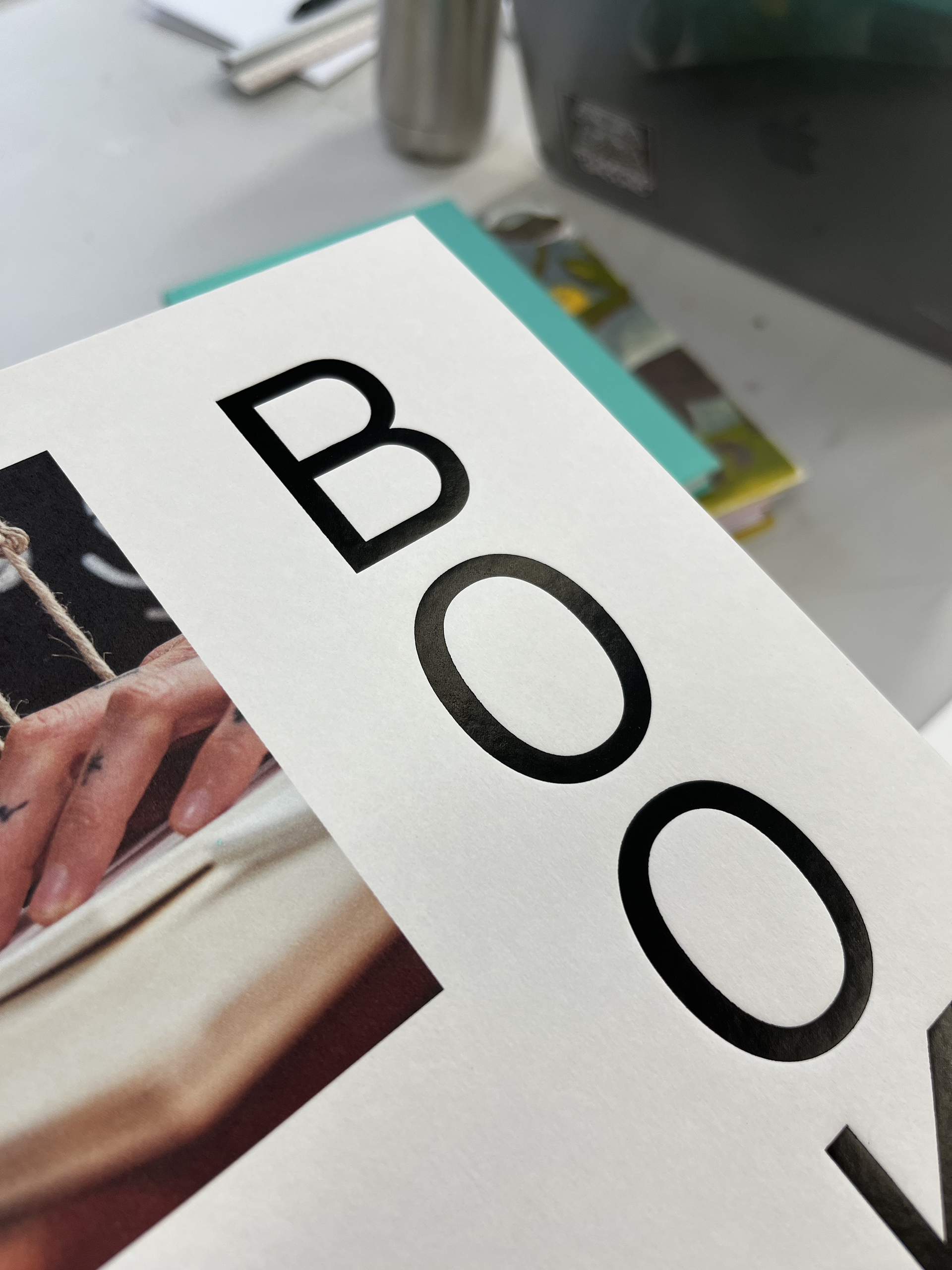
I envision this as a hefty book with all the prints curated in a well designed way. I want it to be hardback so it's protected. These are some examples from book binding that i like.
Outcomes
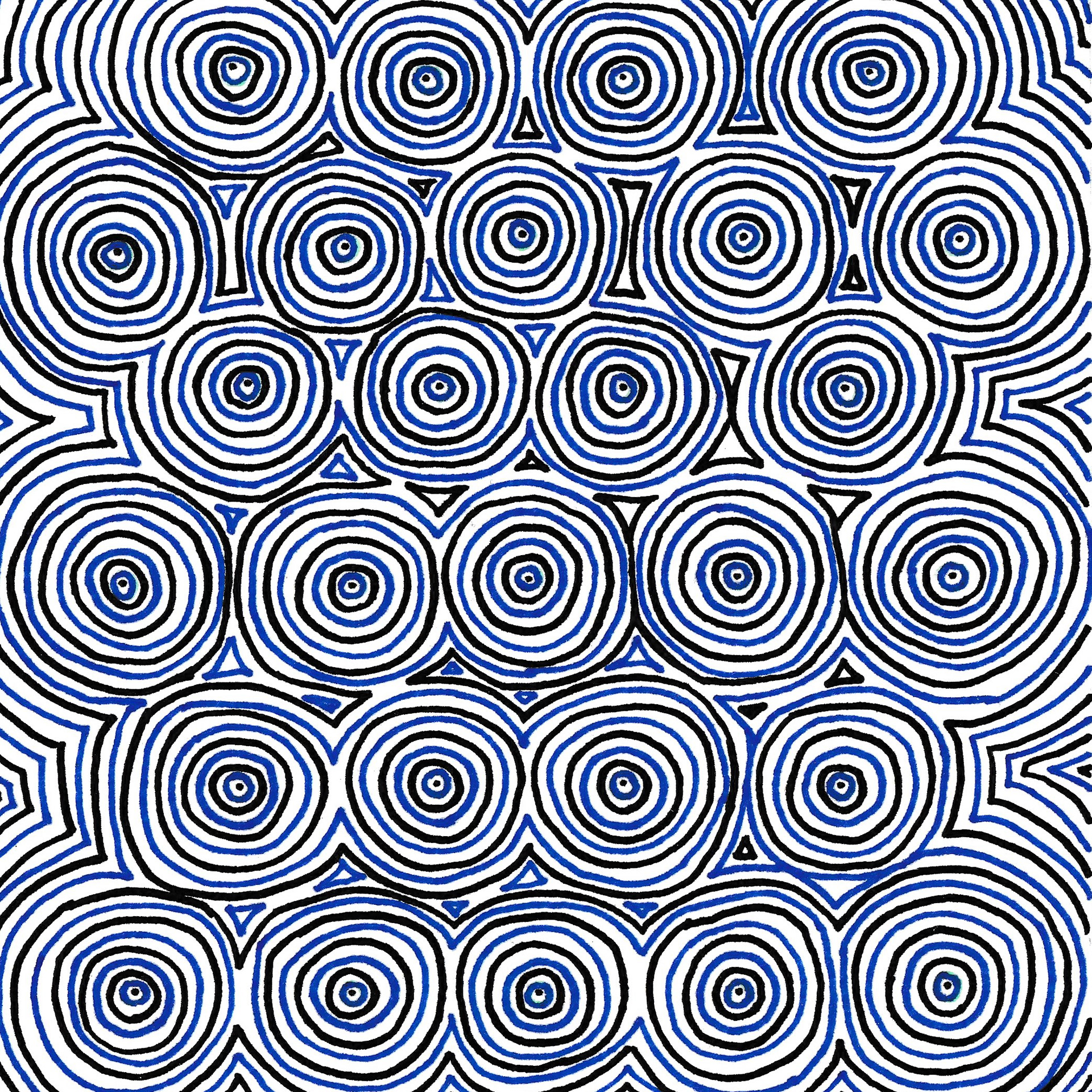
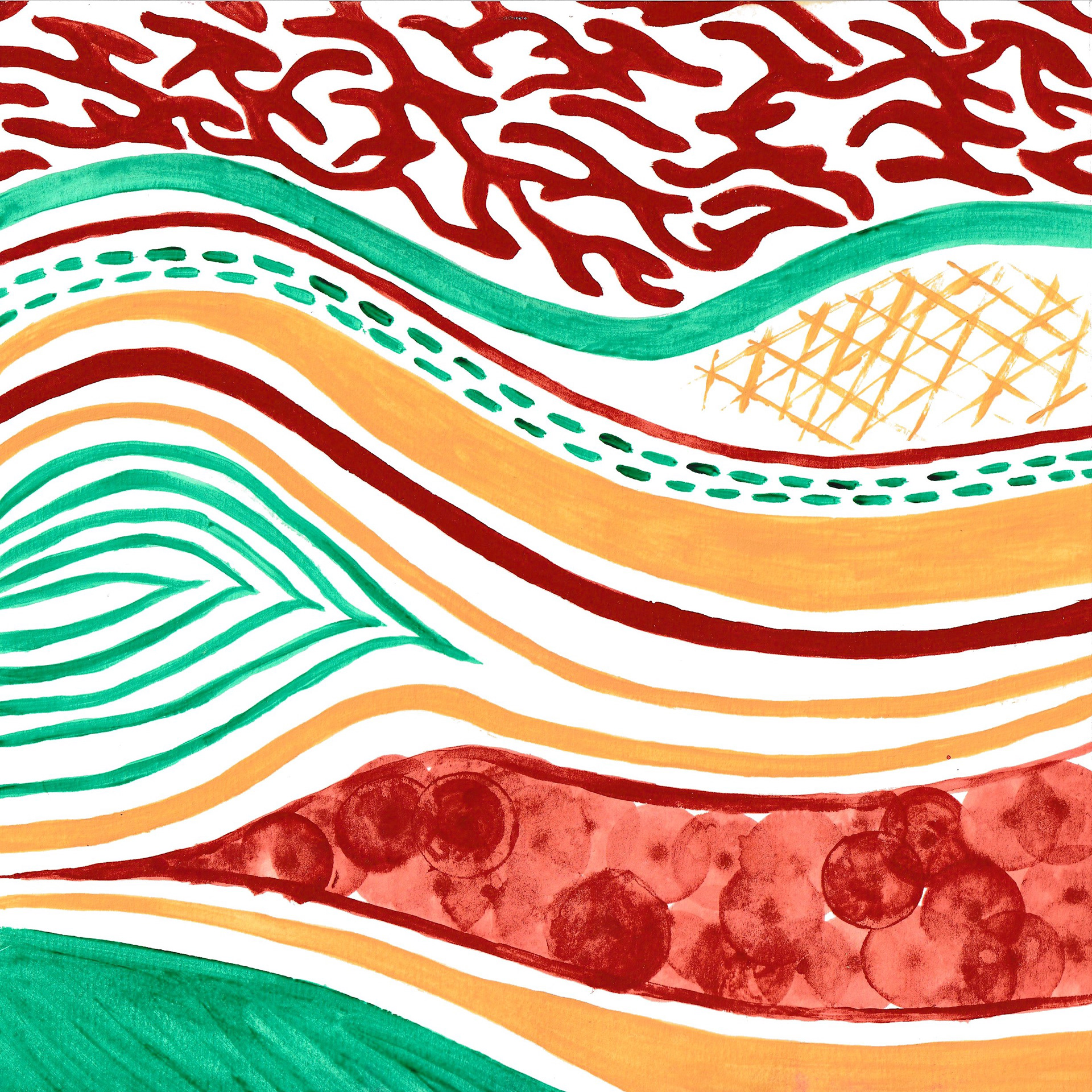
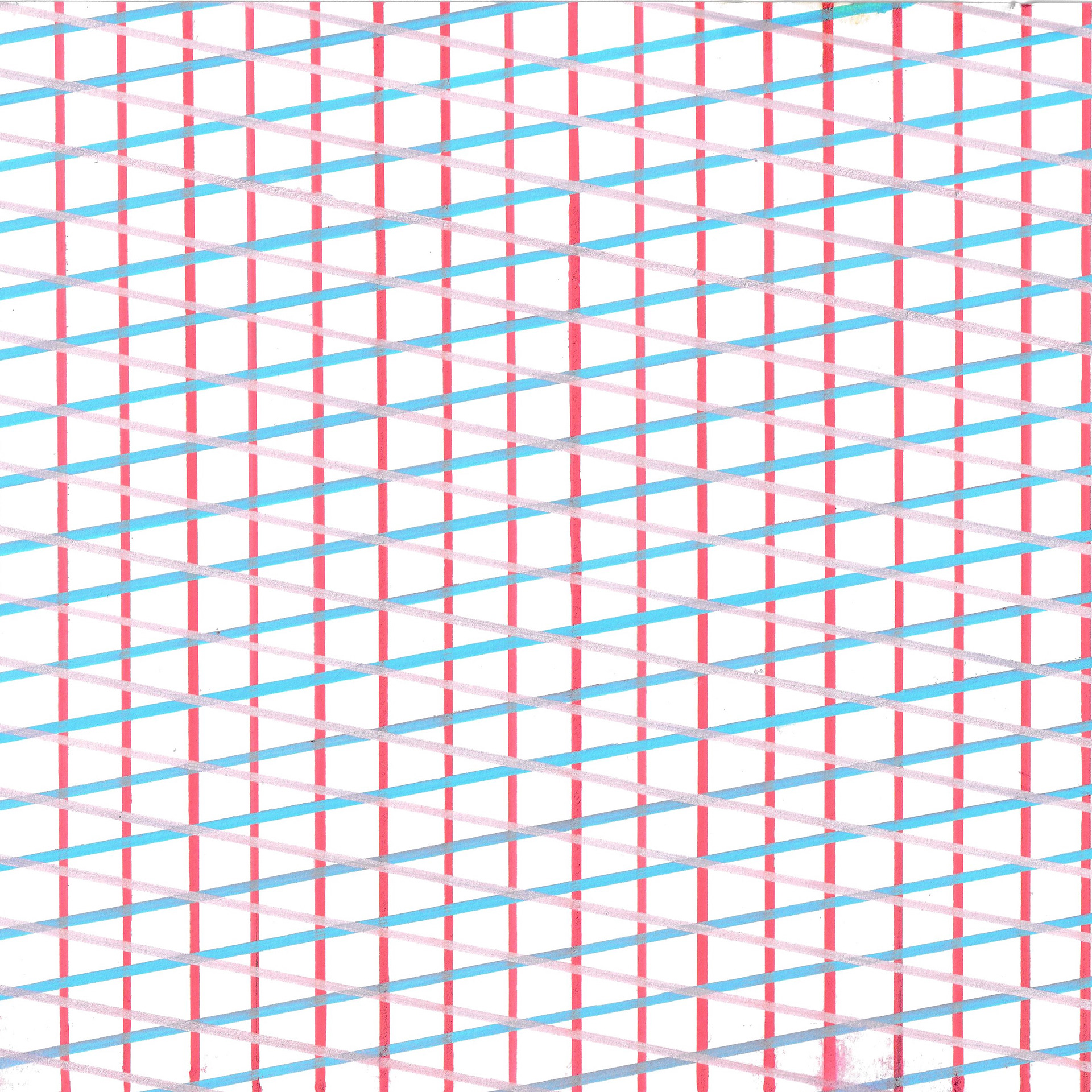
These are some of my initial prints, I love the way the look and am excited to see the other outcomes I produce as well as seeing them with my collaborators ones.
Book Binding and context of book
I'd like it to be a book that is sold in libraries or museums/gallery gift shops, but also with the possibilities of it being used as an activity book used in museums/libraries etc where members of the public could partake in workshops which show them following the rules set out to create art work.
Binding Ideas
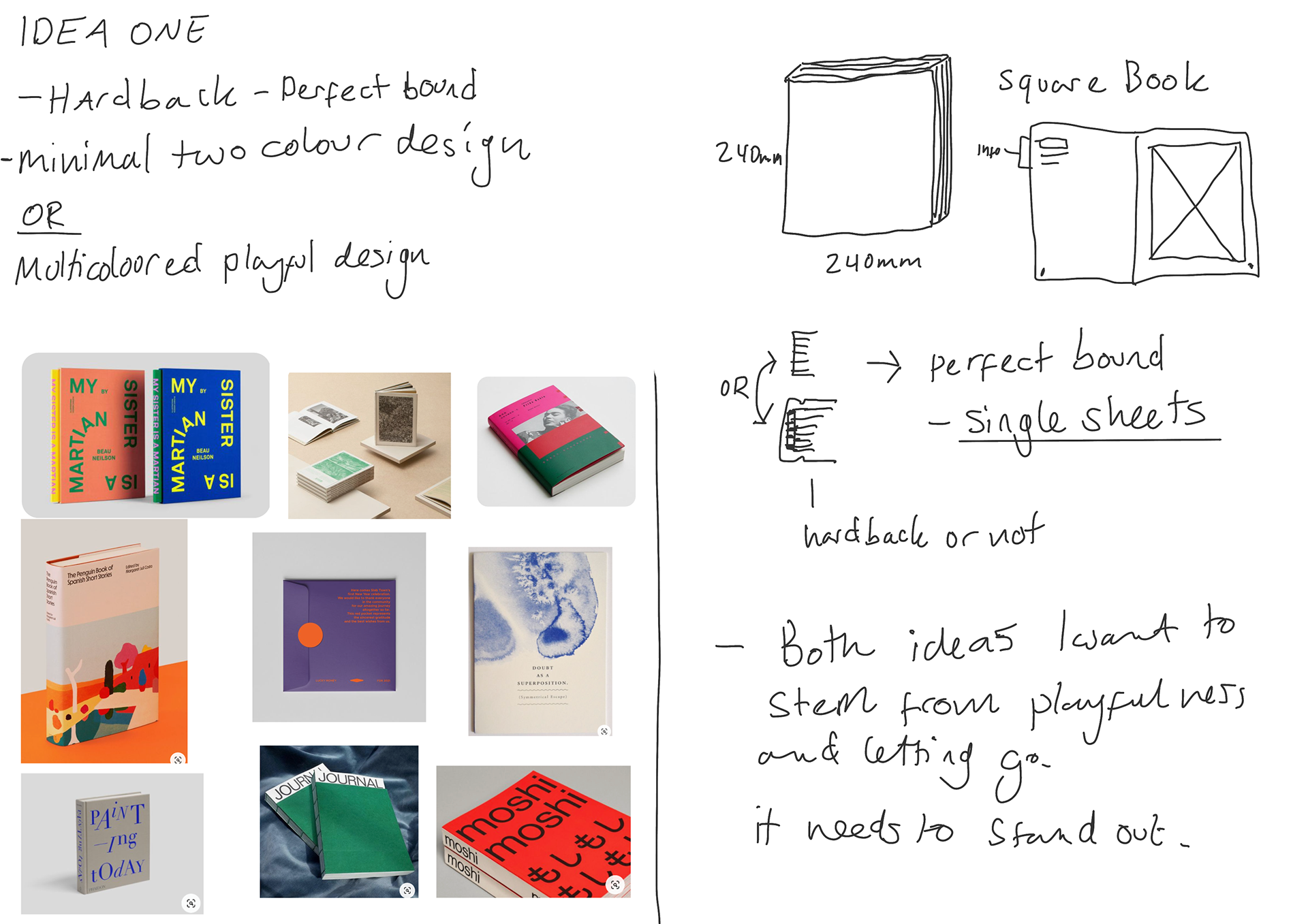

These are some concepts I have for how I may design the book, I want it to look professional but also have a personality.
I want it to be square so it can let the pieces speak for themselves and it's nice having unconventional books for a topic like this. I want to use colour as I feel it allows creativity to bloom and so it would stand out to a viewer in a shop.
Layout Plan
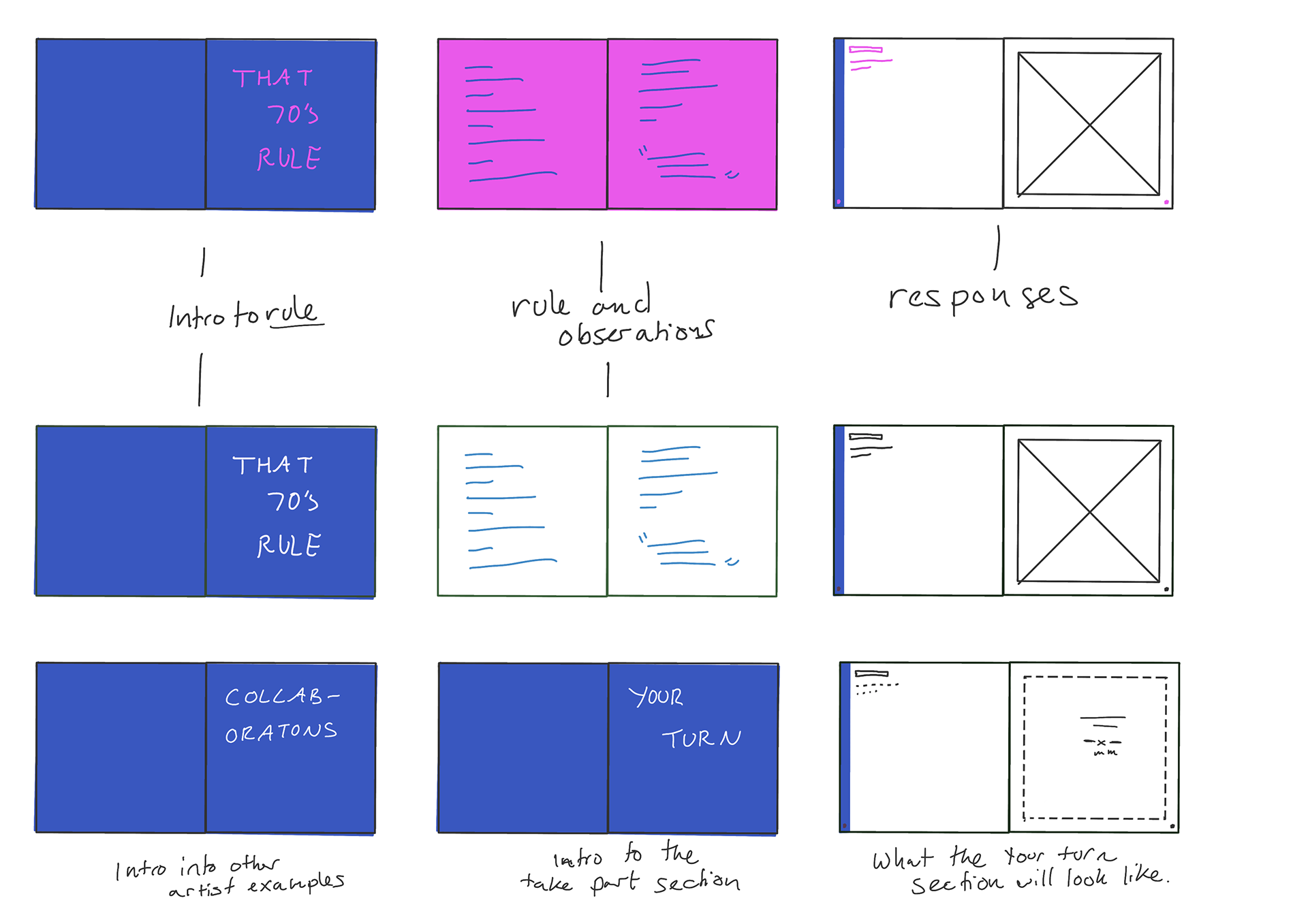

These are my layout plans, I want the book to be sectioned out initially by rules with each rule having its own colour. Then within these sections it would be my own responses (5 each) then responses from friends and family and then space for the reader to add their own response.
I want to have observations for each rules as a way of breakdown and sharing my thoughts on how each response varies and the positive impact it has.
I want the layout to be fairly minimal as I feel the real showstopper are pieces on their own and they should be able to speak for themselves, I don't want a heavily designed identity to take away from it.
Front Cover Design Development
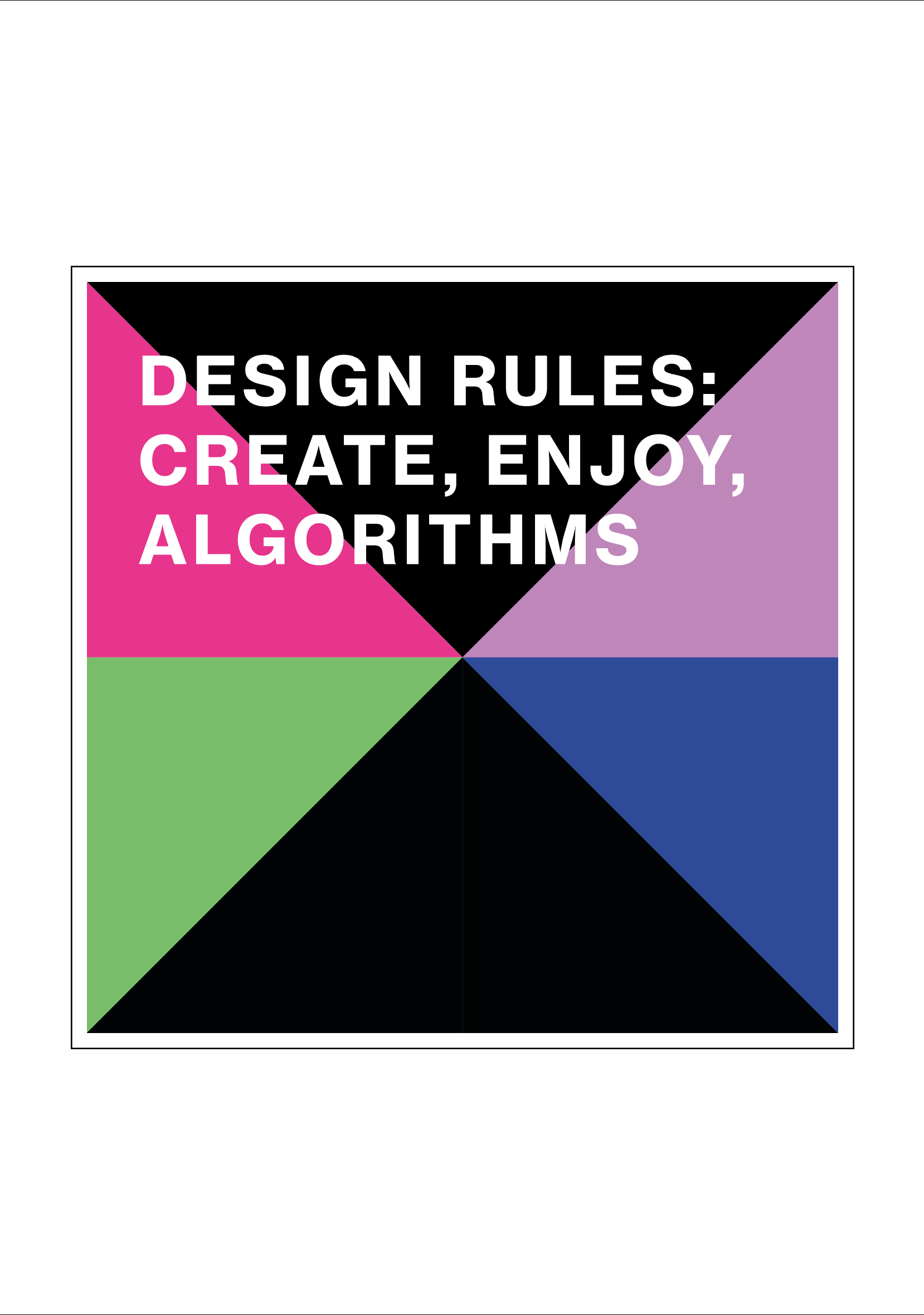
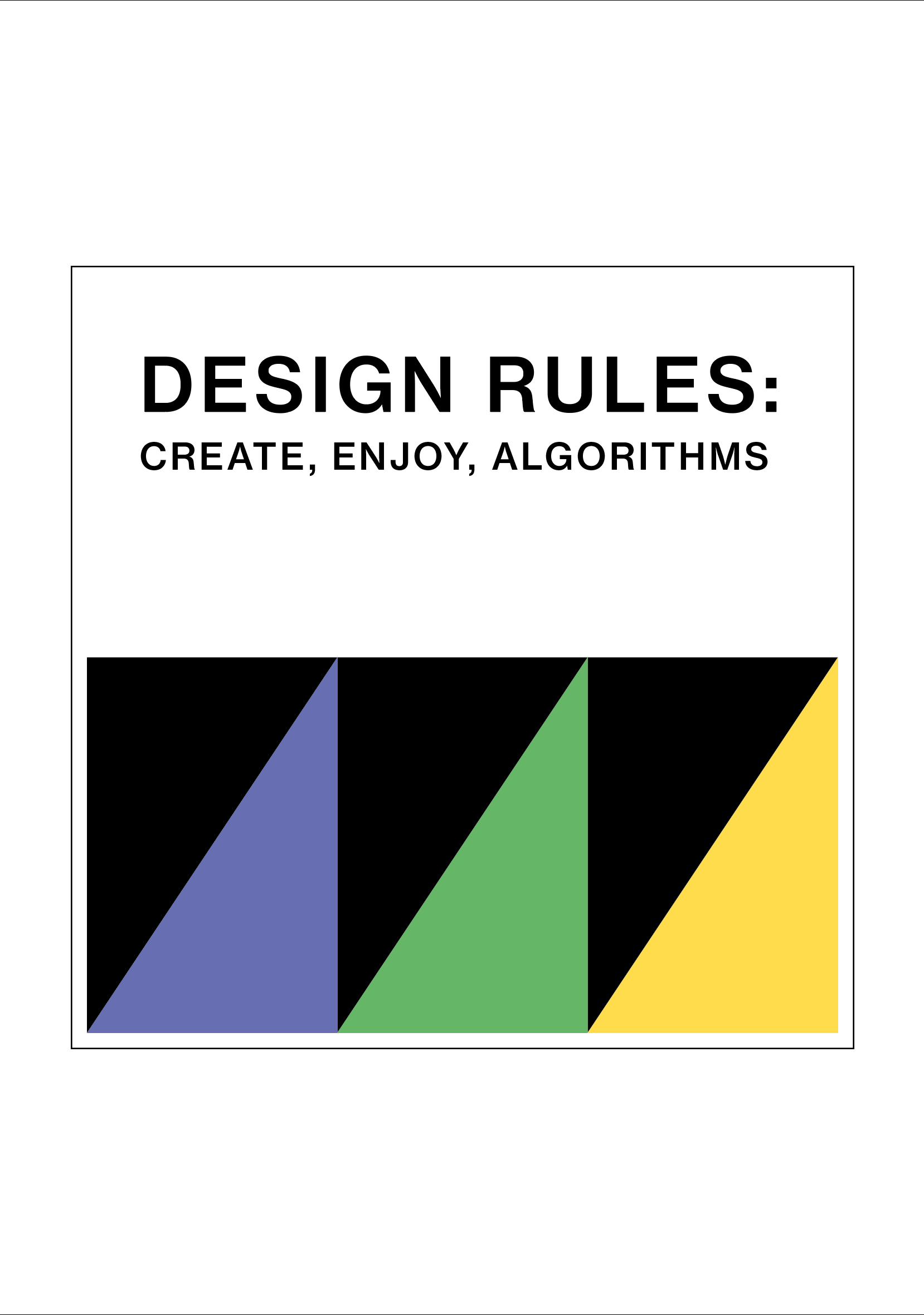
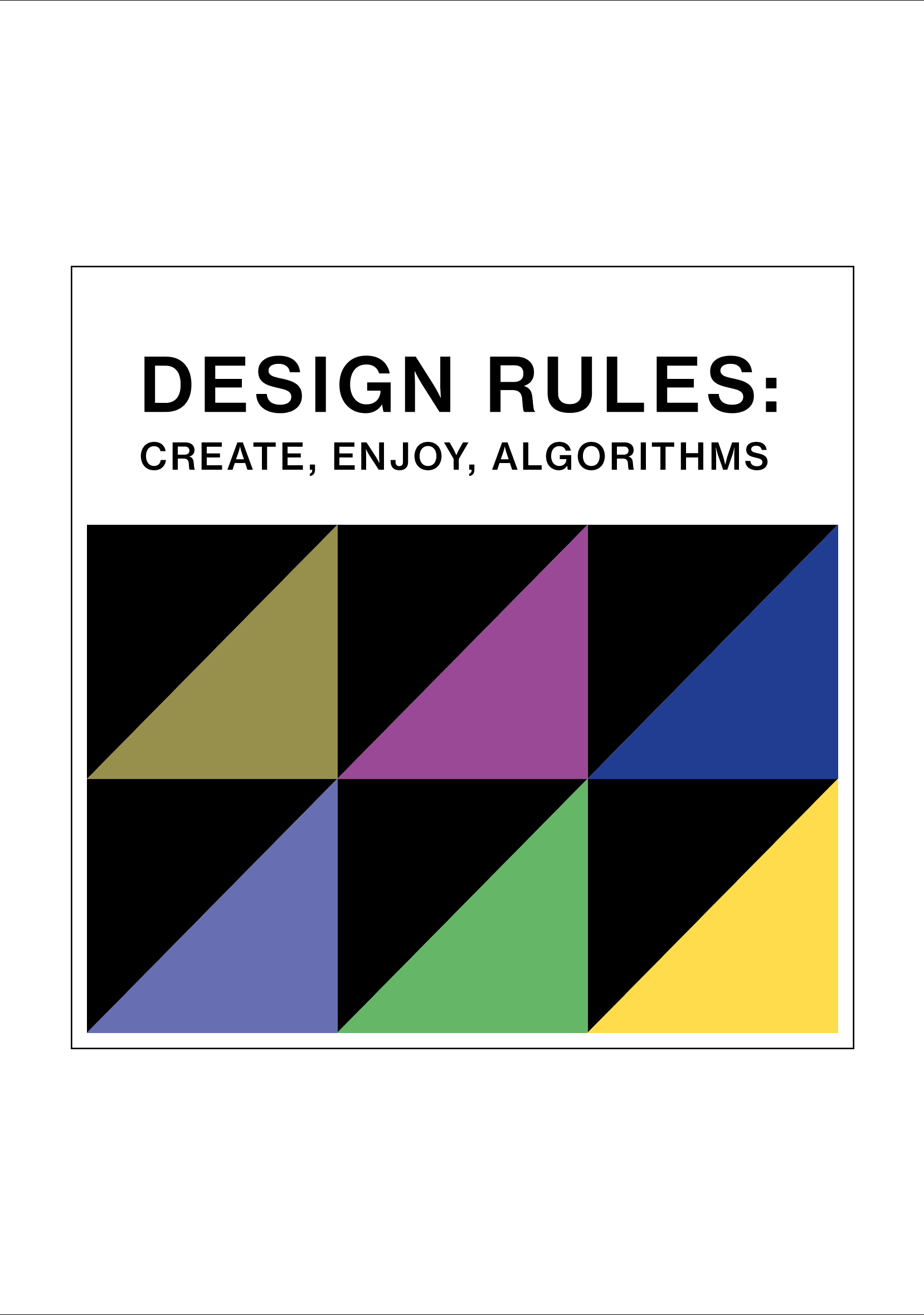
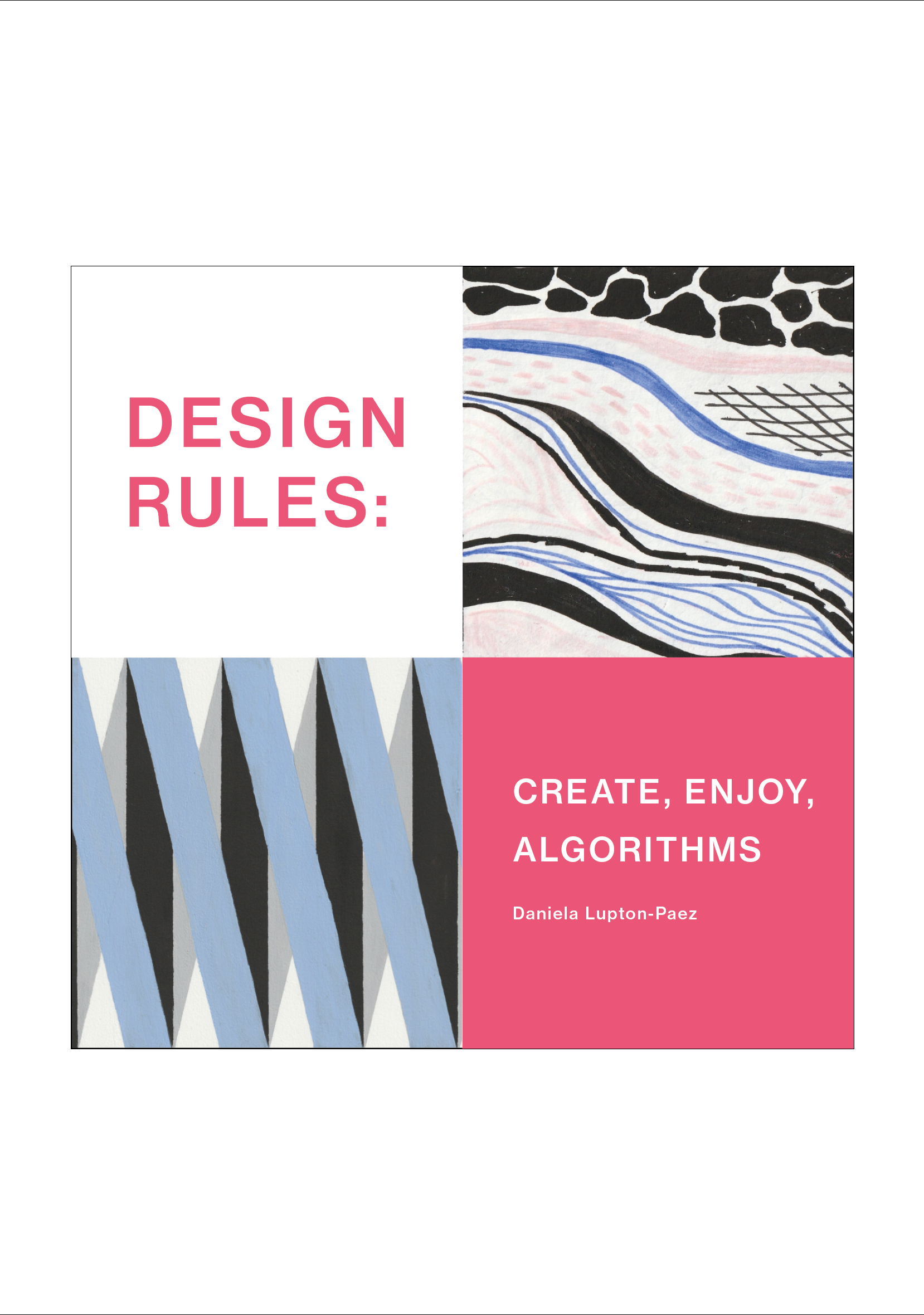

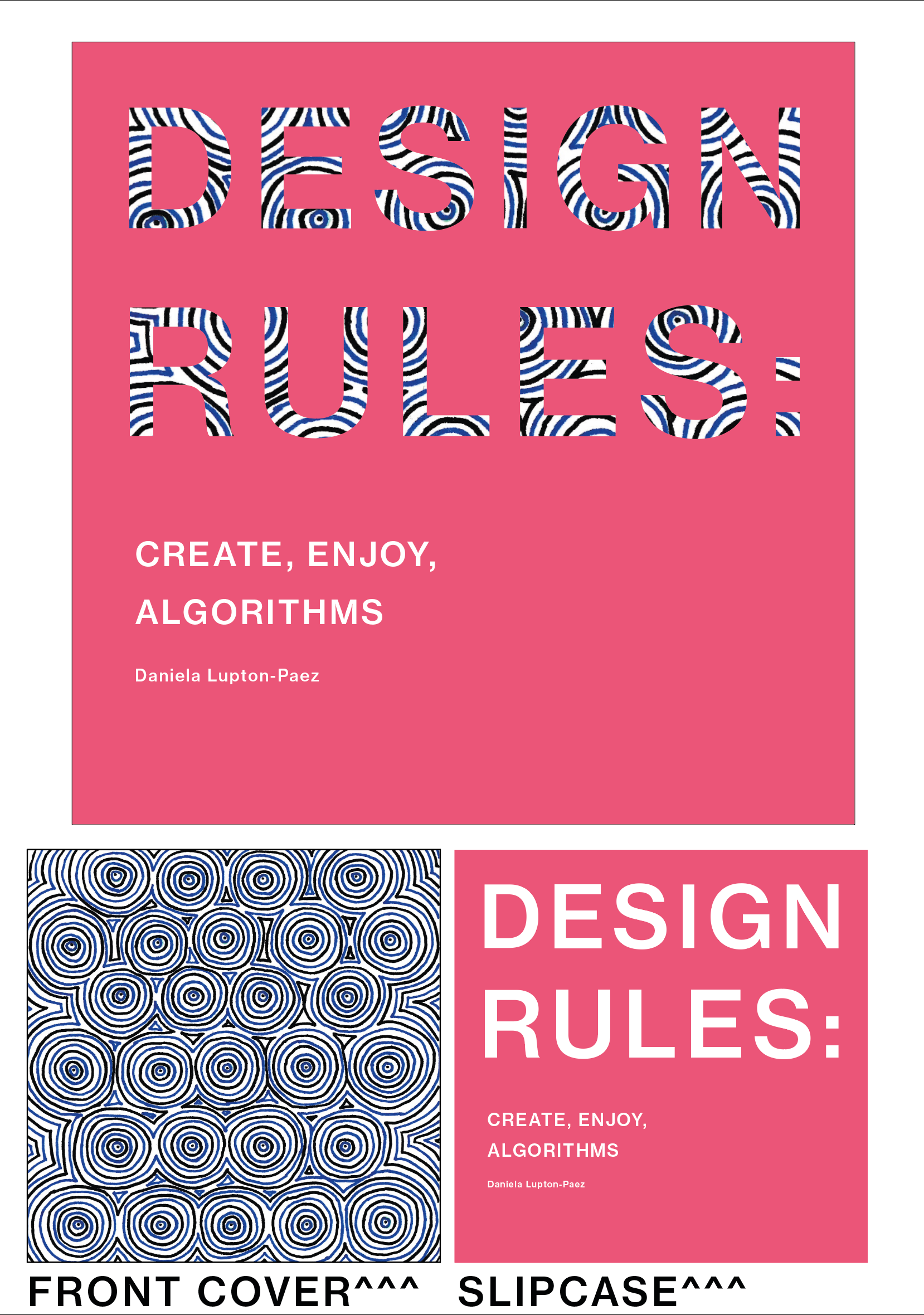
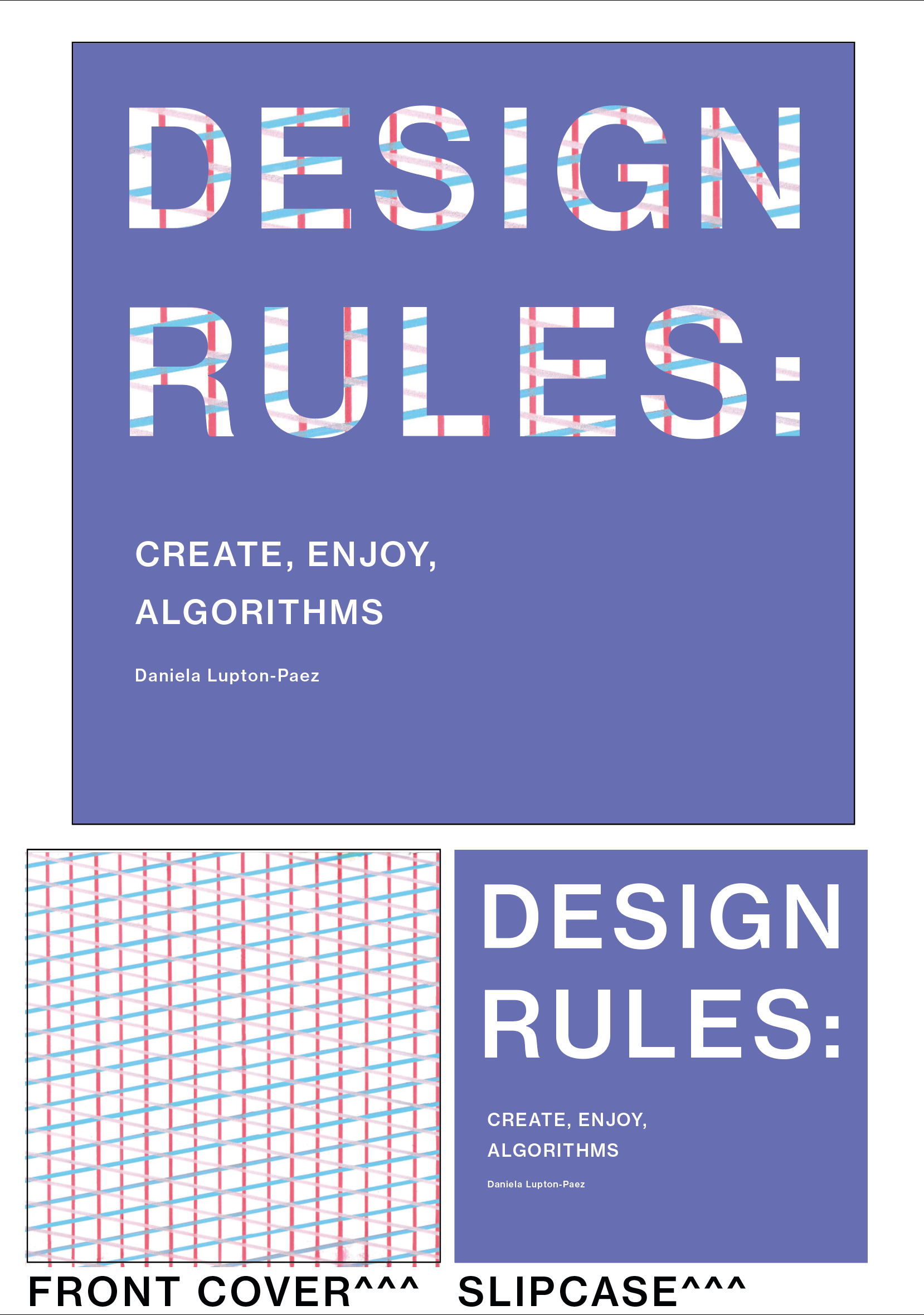
This is my current working tiles, I want it to come across that it's a playful book and feel like the play on words going on with Design Rules could work well.
These are some Front cover designs, the top I think about incorporating the rule colours, but feel it isn't really stand out enough. I like the idea of one of the prints as the front cover and then a slipcover over the top and it gives elegance to the piece but also adds protection and something not often seen.
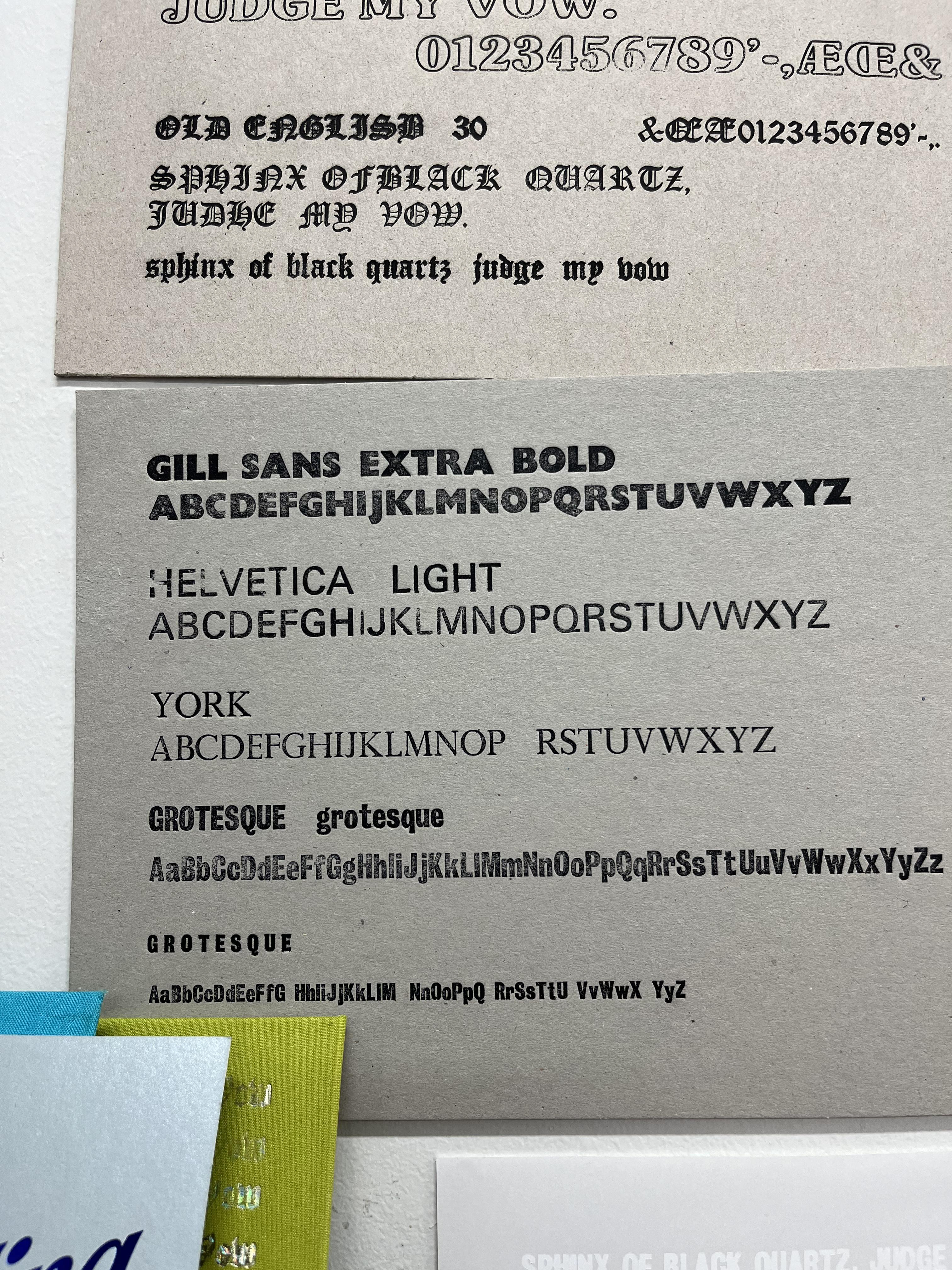

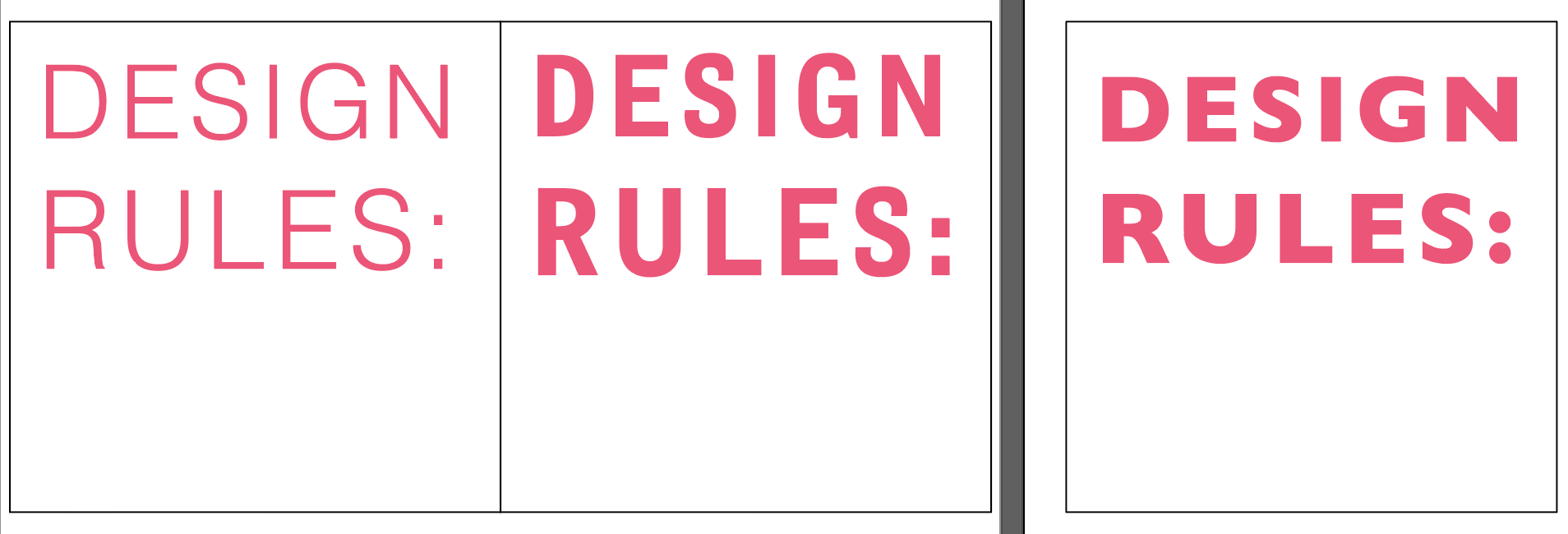
For the front cover and slip case I want to emboss it so because of the fonts limitations in bookbinding I am going to choose one of these, I am likely between grotesque and gills sans as I feel this suits a thicker font.
I feel for this project gills sans is best suited, the only this is sometimes I feel it's a little too childlike/playful, but I feel if I use it in a minimal way it should be okay.
Taster book
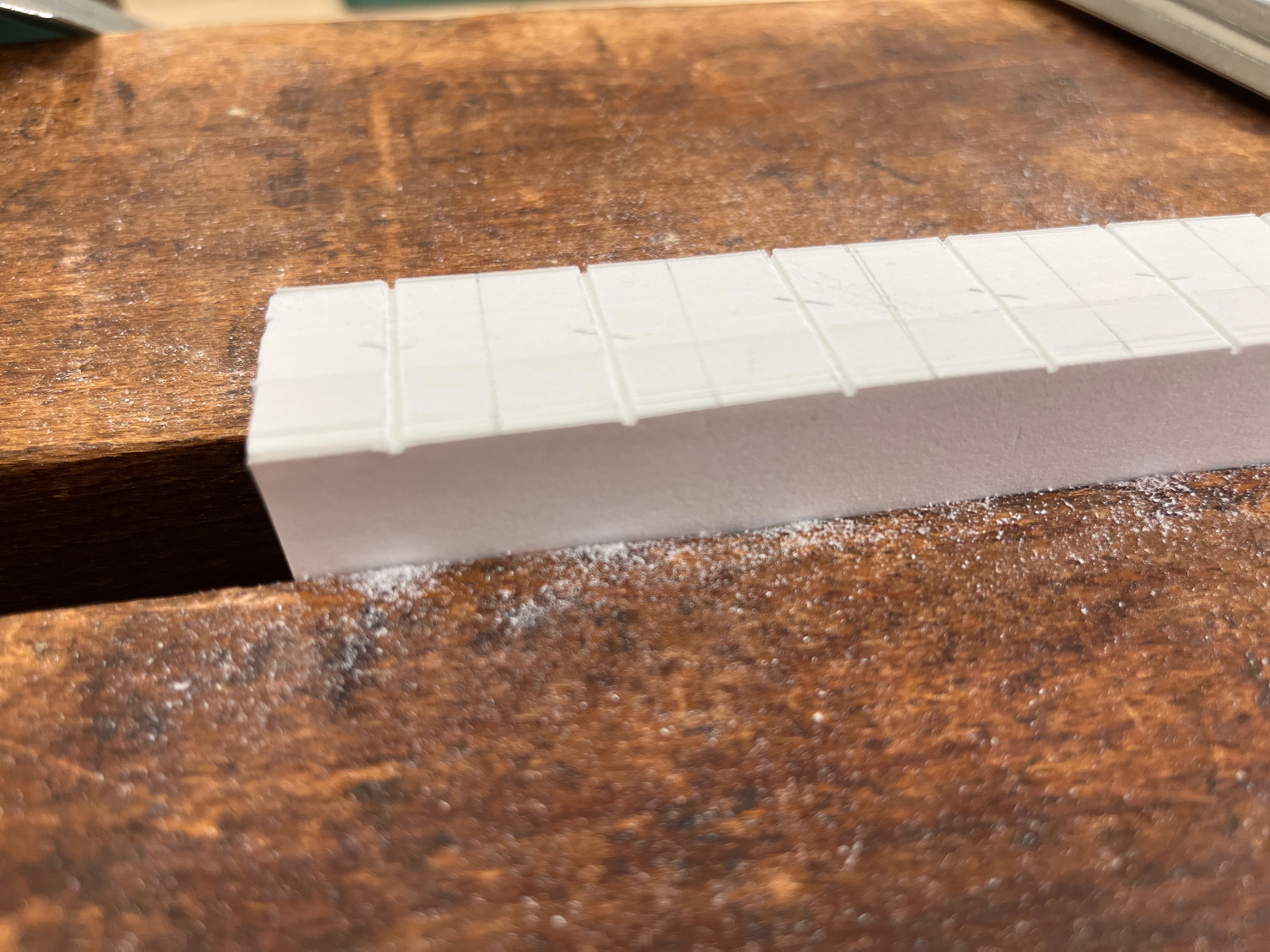


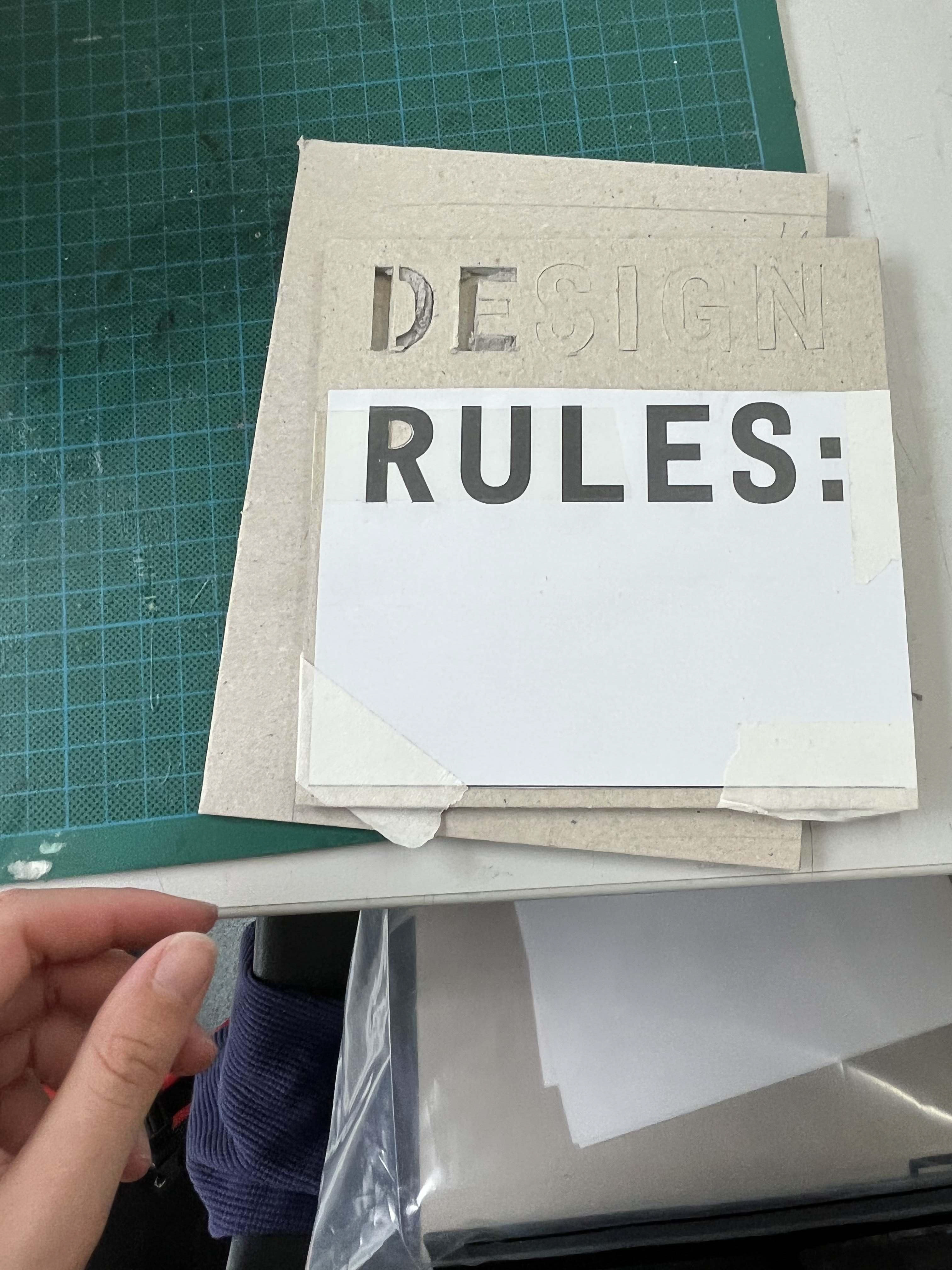
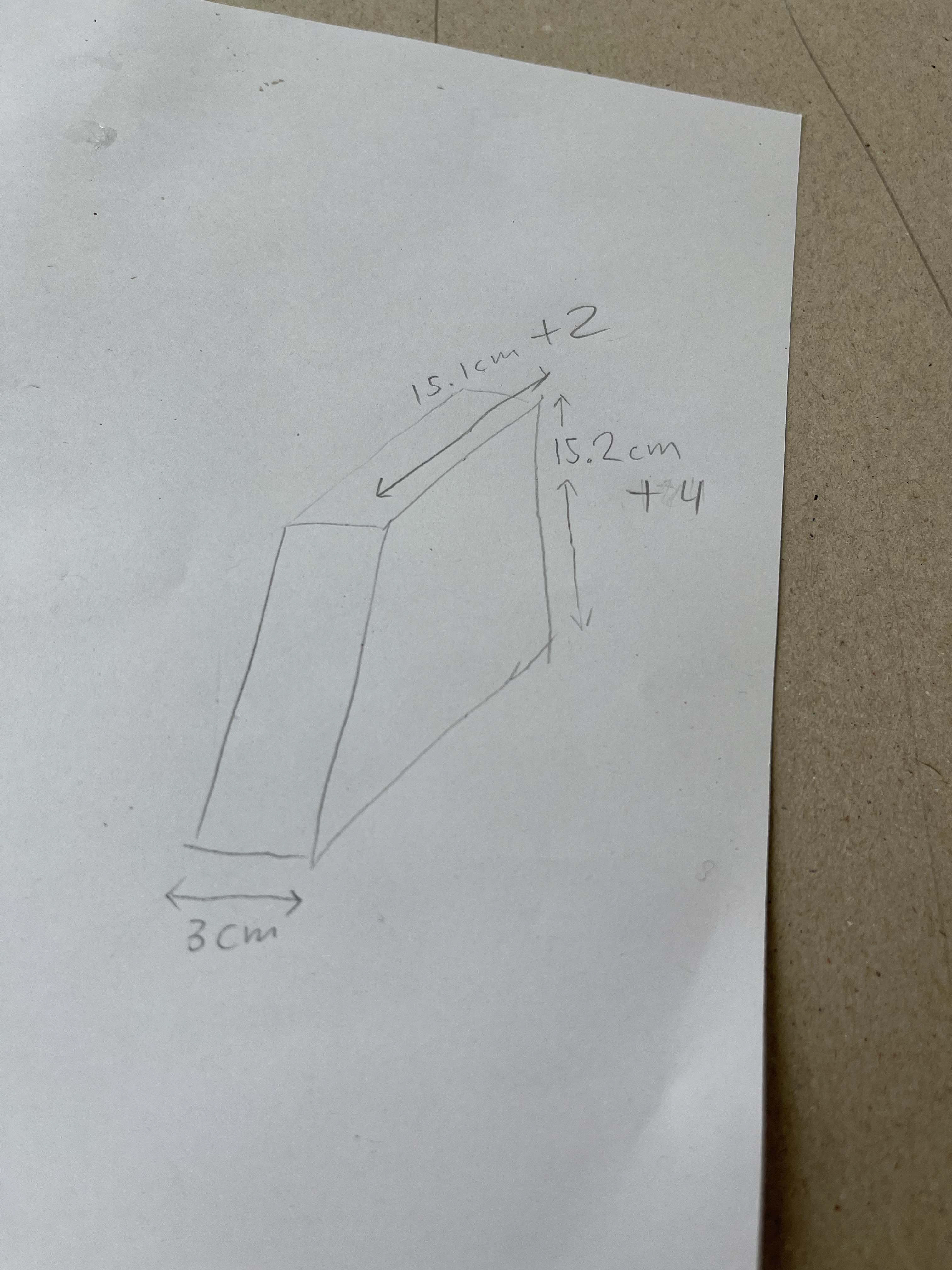
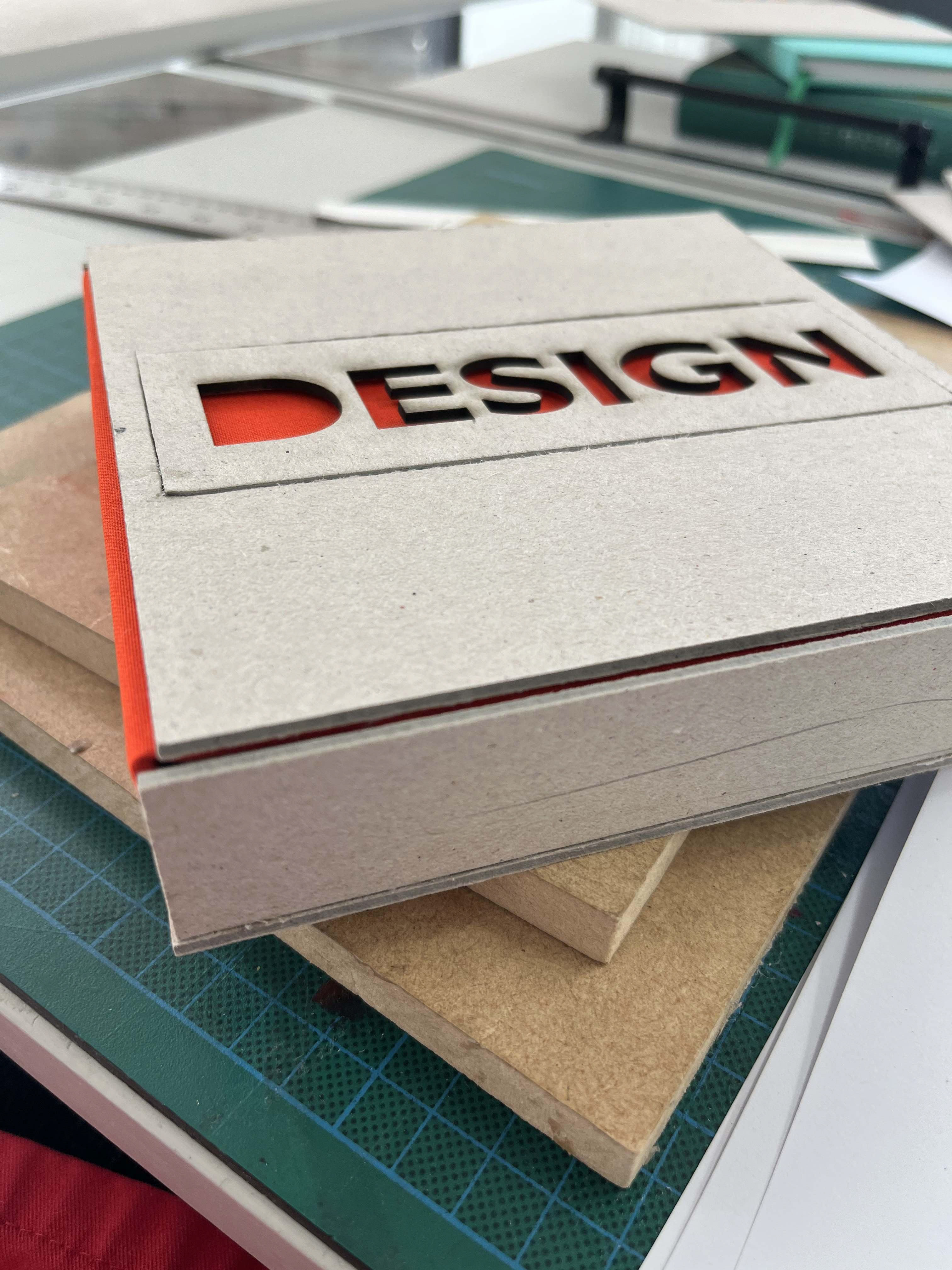

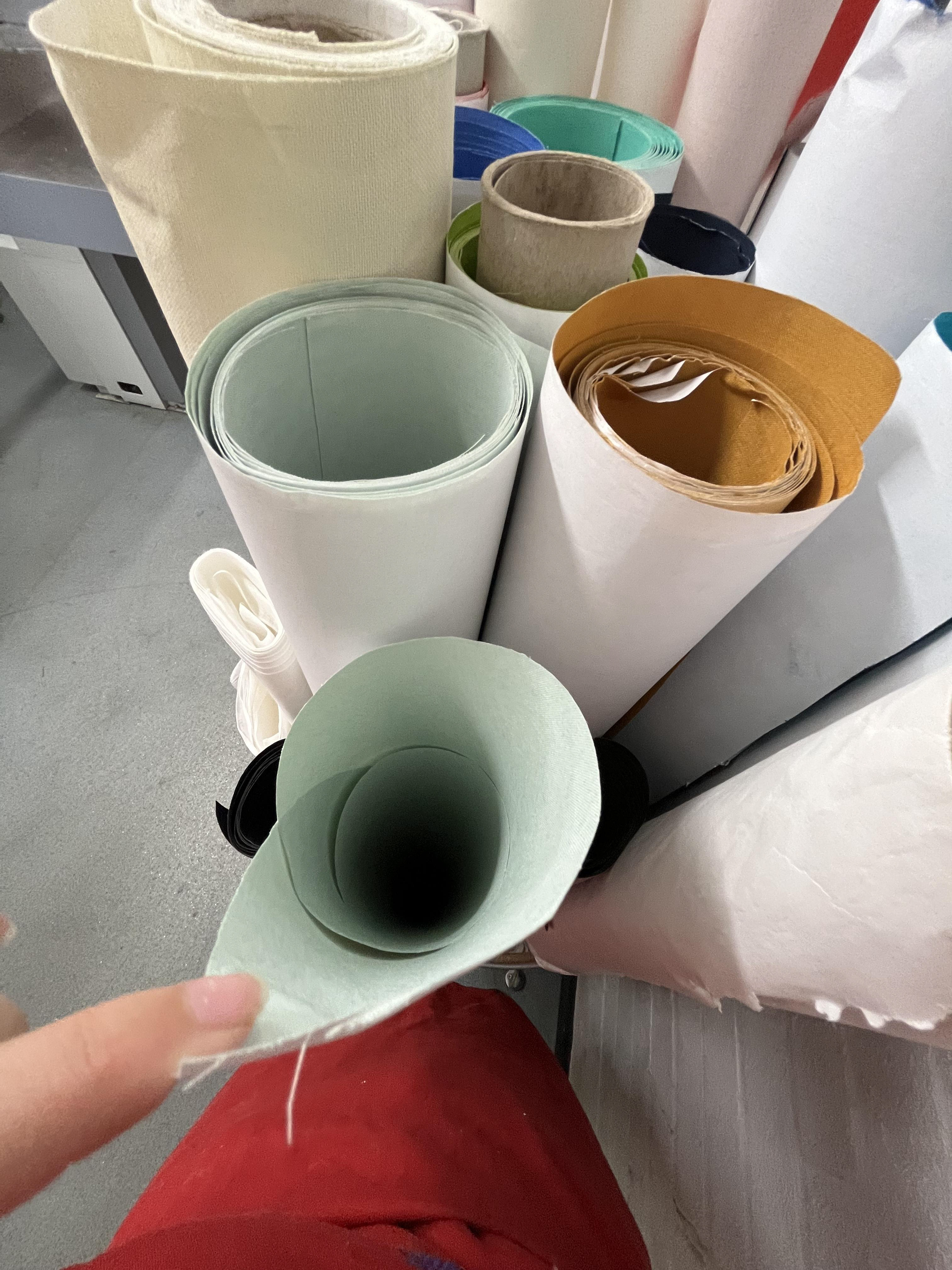
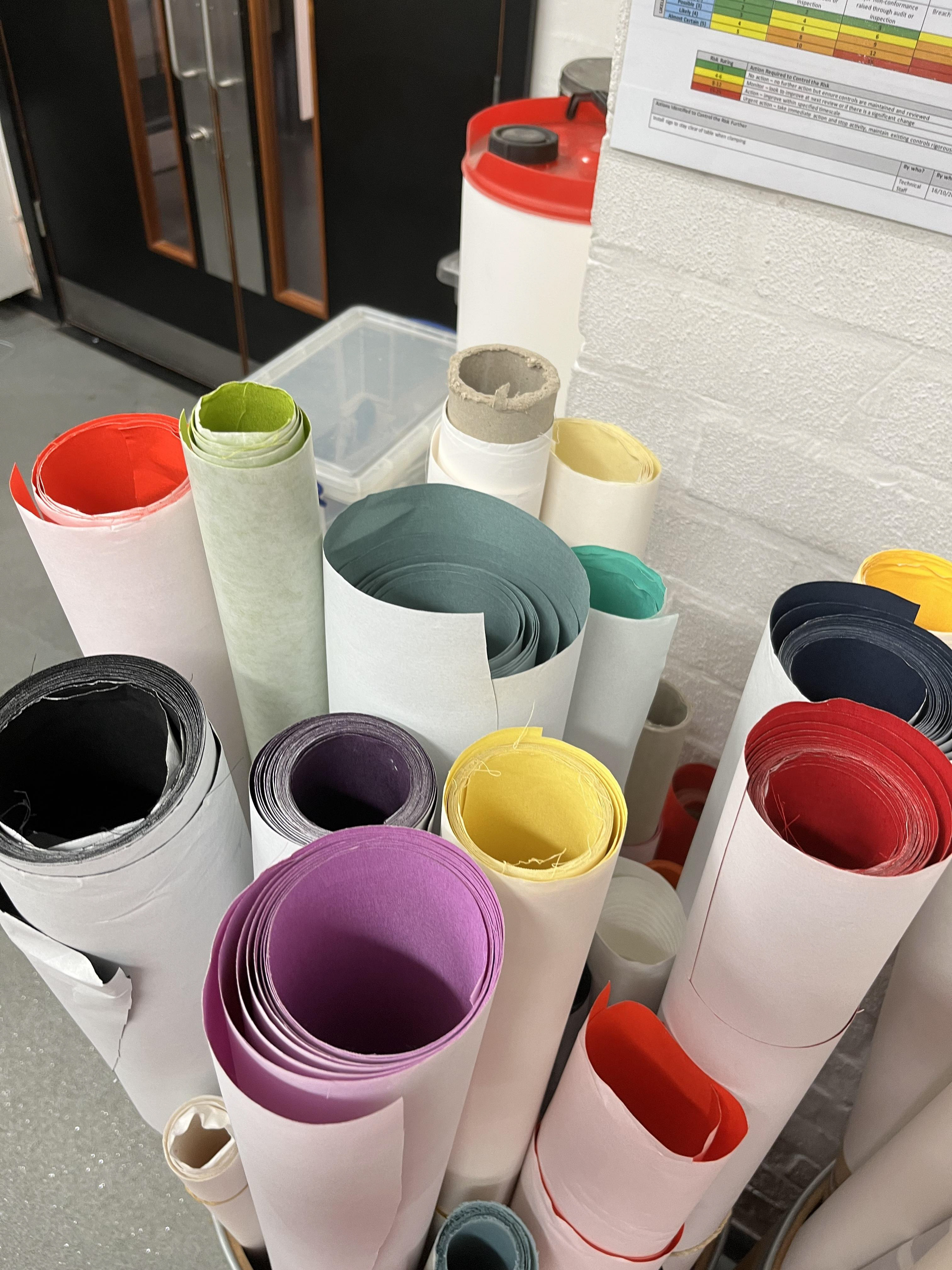
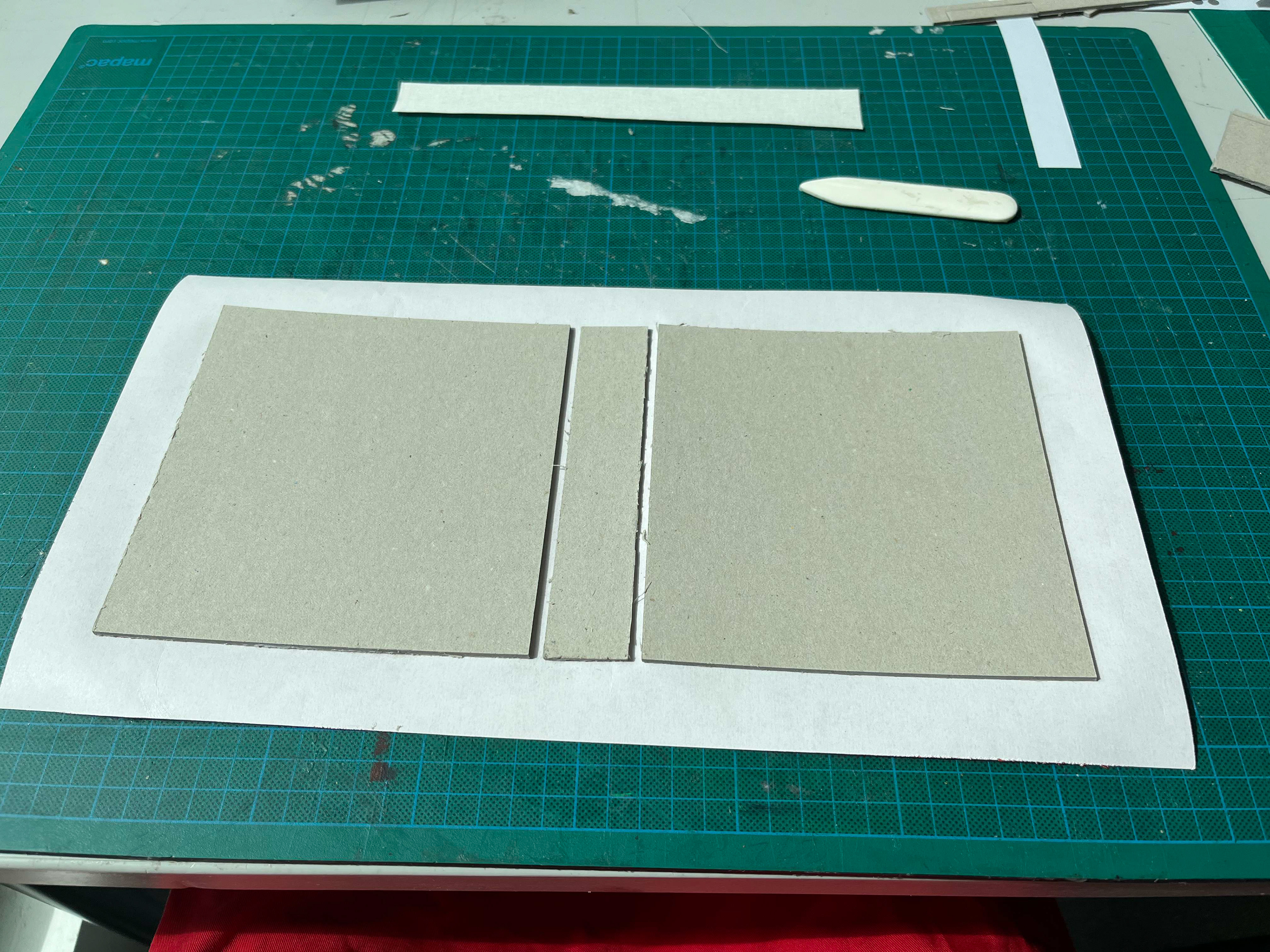

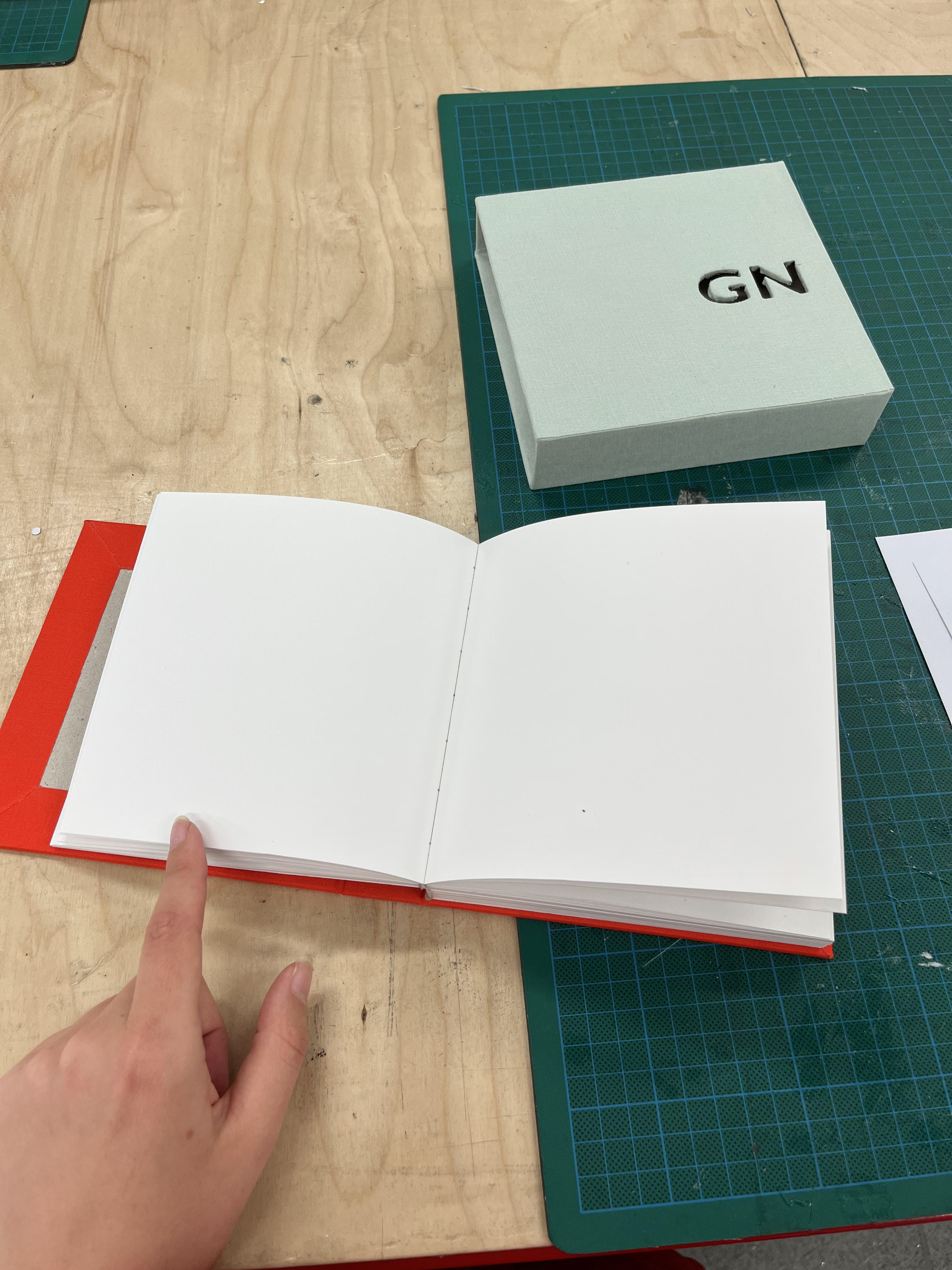
I've never made a hardback book before so felt it was best to do a taster version so there aren't too many shocks when I go to make the real thing.
For the hardback I went for a red and duck eggish colour as I feel they go well together and would stand out on a bookshelf shop.
The cut out idea of design rules a little tricky at how I would wrap it best, at first I tried tracing and cutting out the word with a scalpel manually but I found this quite hard. Instead I got a laser cut sample which made it a lost easy and to a higher standard. When covering the slip cover I then covered it and manually did with pva and a bobbin. I found it quite fidelity but I think it's worth it.
Also practiced with the embossing and felt black was the right colour.
I also took a note of how to do the measurements for each stage so I know what to do when I make the final thing.
Developing the book layout


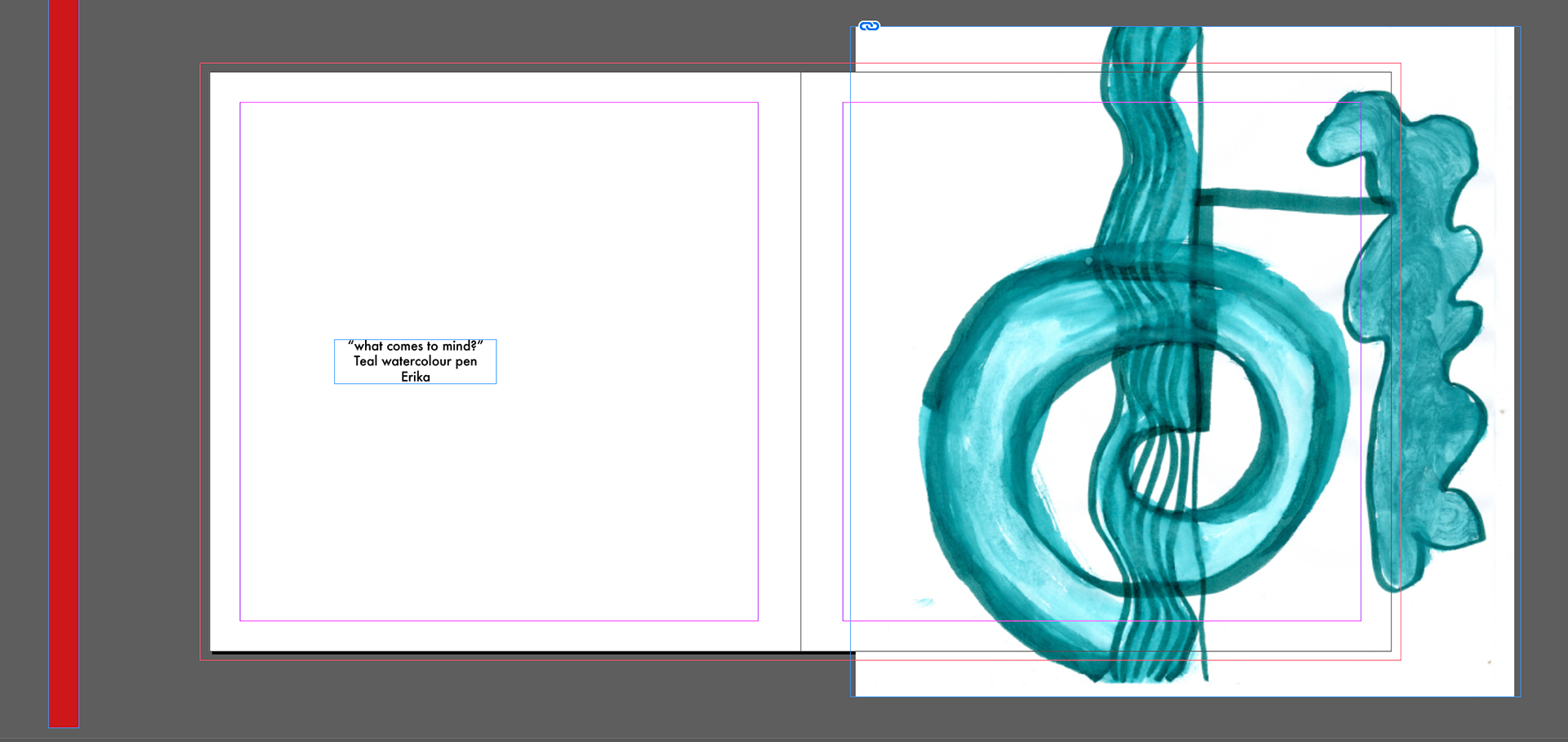
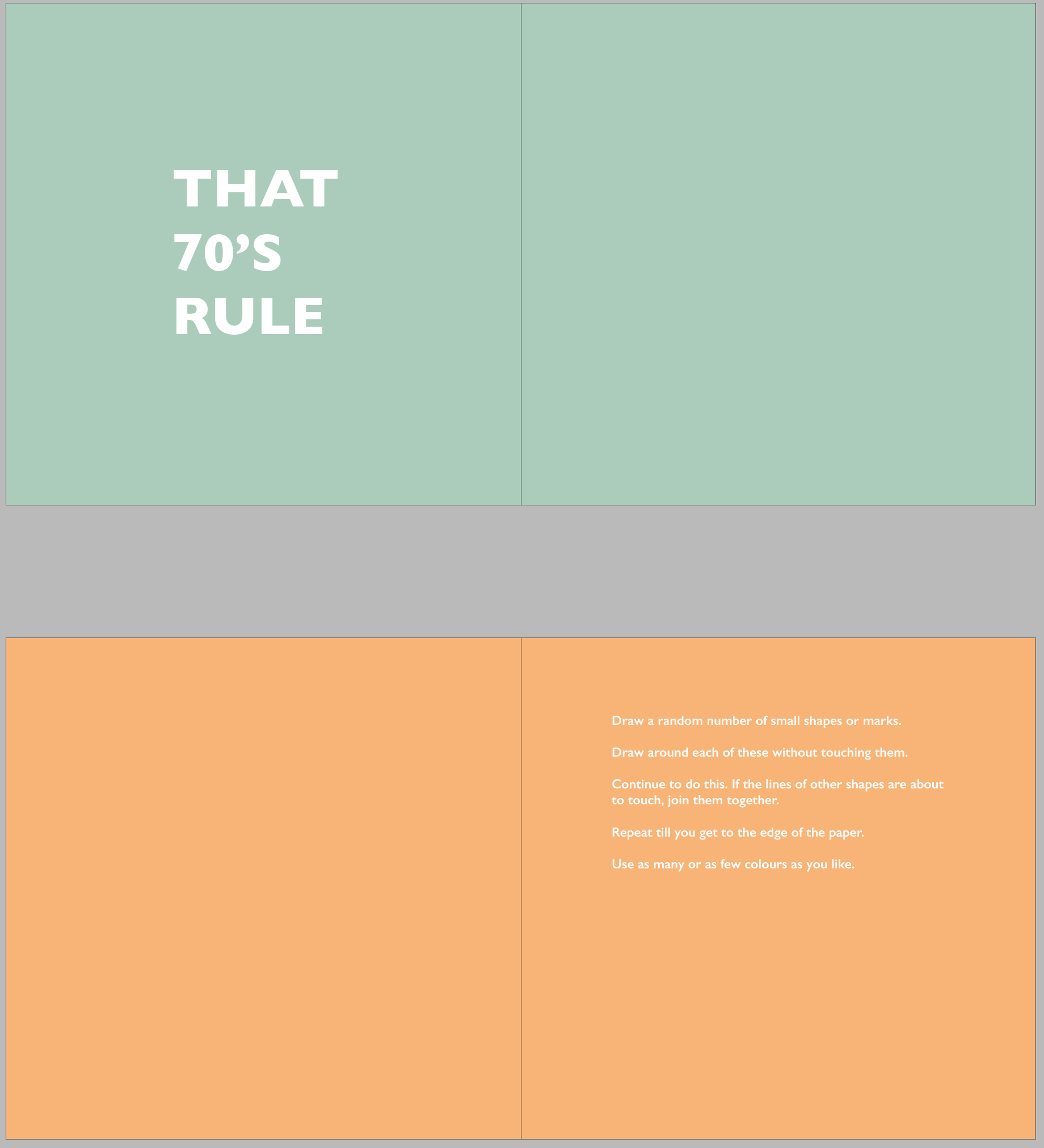

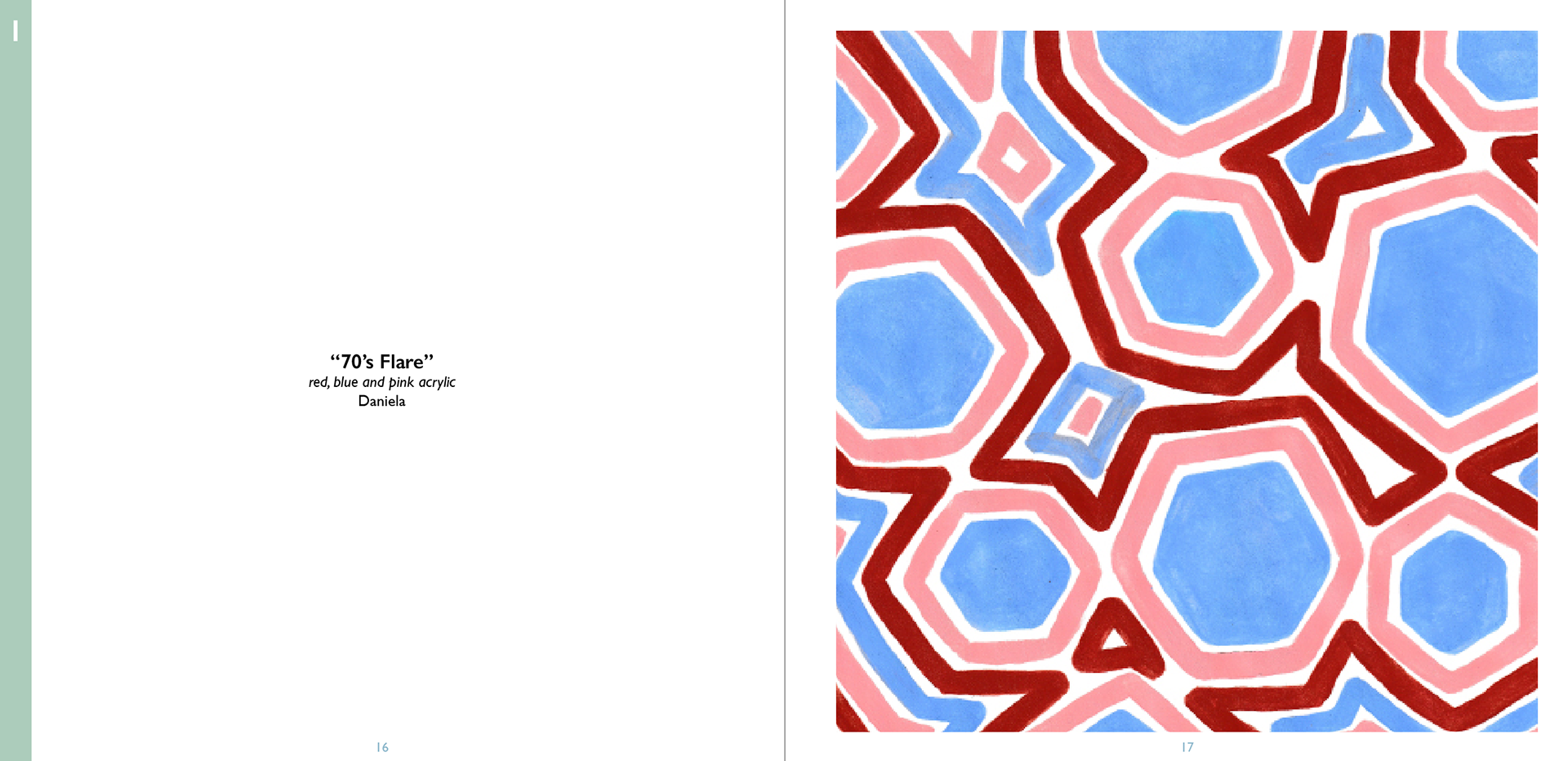
This is my development for how I want the pages layout to look like, I started with think that the name and medium the artist used should be on the top left but after looking at it I realised that it gives that impression that it's trying to hide away.
I want to proudly display the names and mediums of the artists. I also came up with the idea of asking each person to name their piece with what comes to mind when they look at it, this further adds to the uniqueness of each piece and how each individual's imagination is important in helping to convey the art.
Due to this I moved it in the middle the the artworks name, artist and medium can go side by side proudly so you are 'forced' to read and look at it simultaneously, which is think is lovely.
Section Layout Template
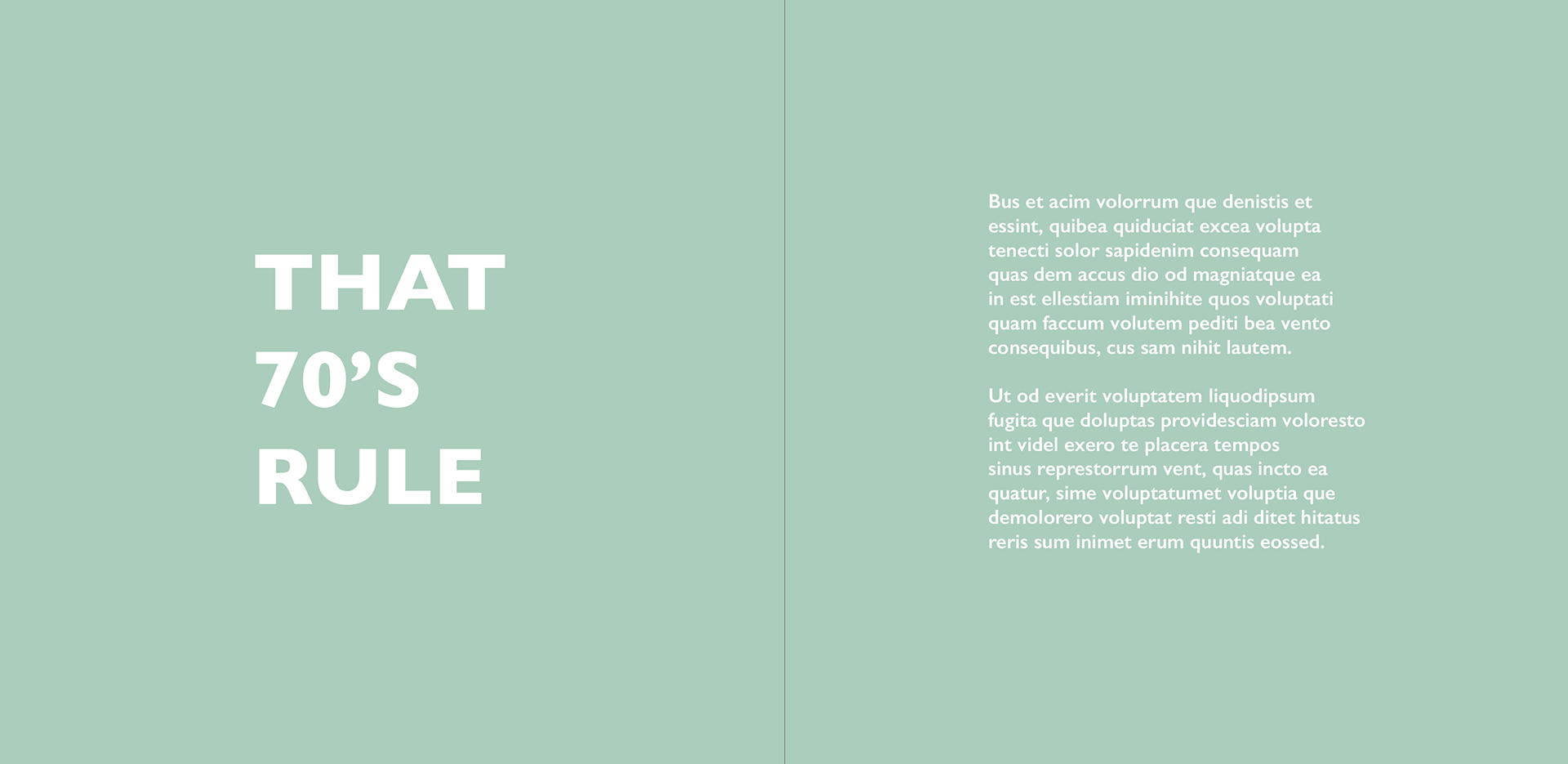
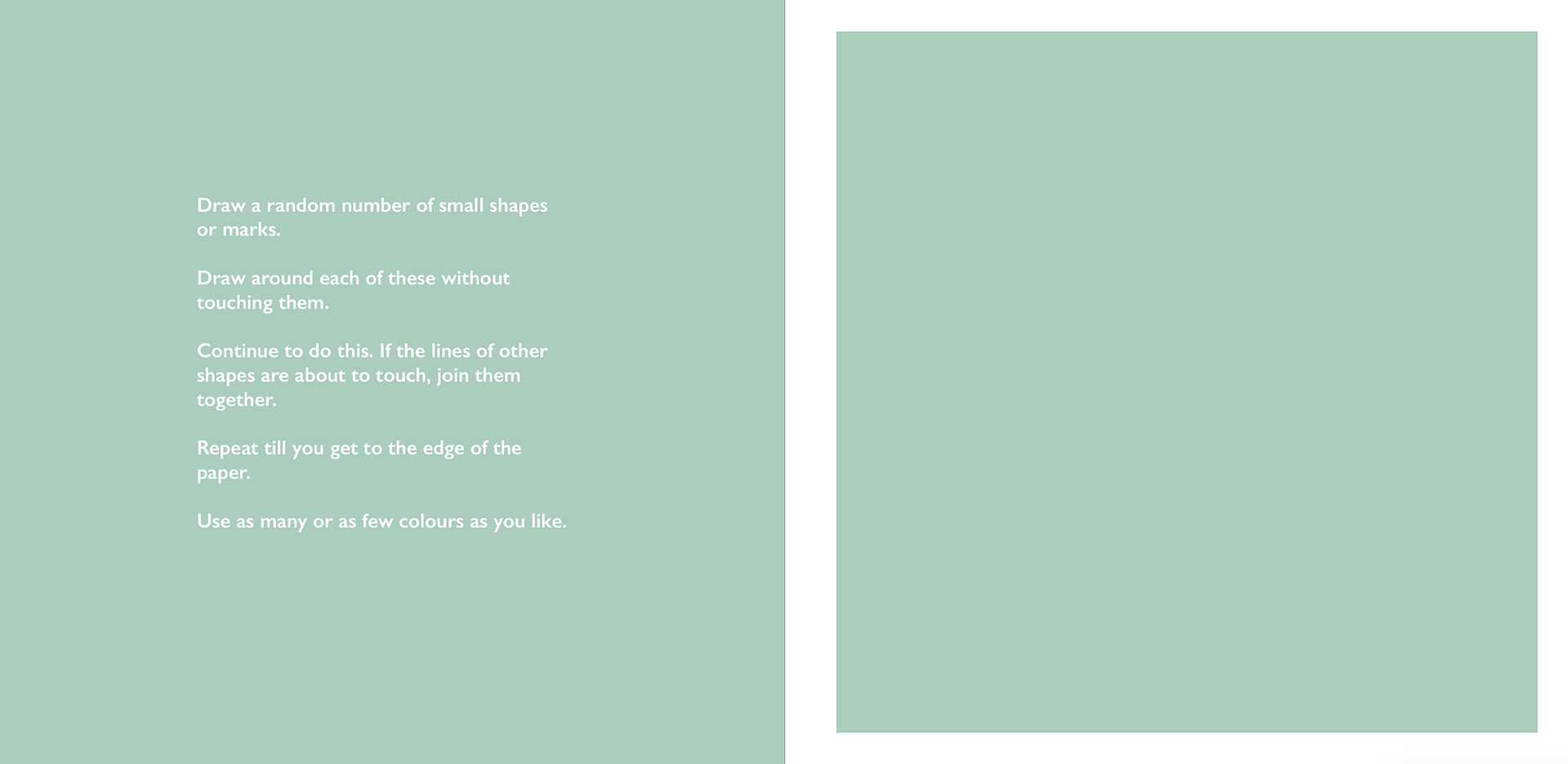

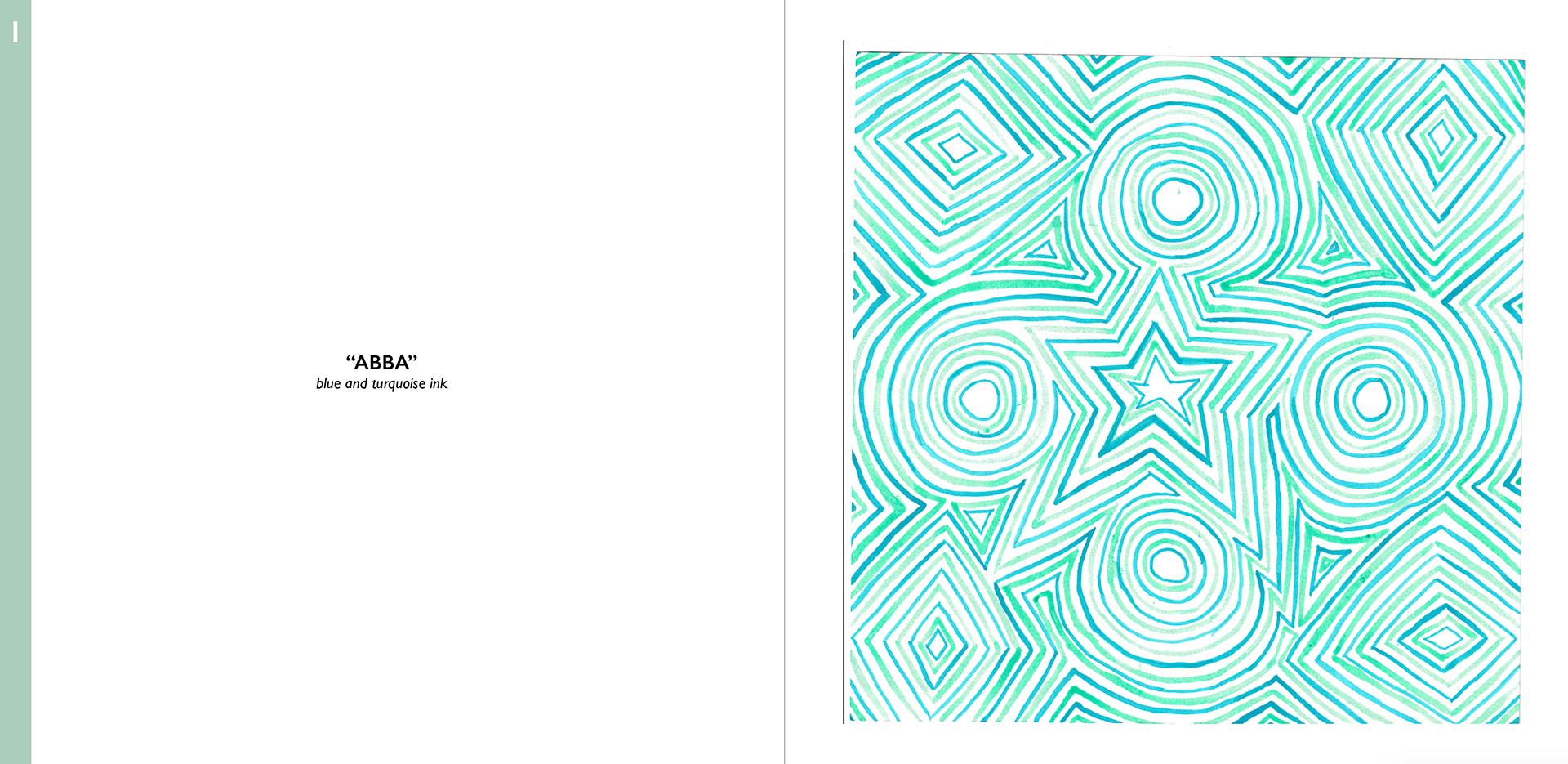
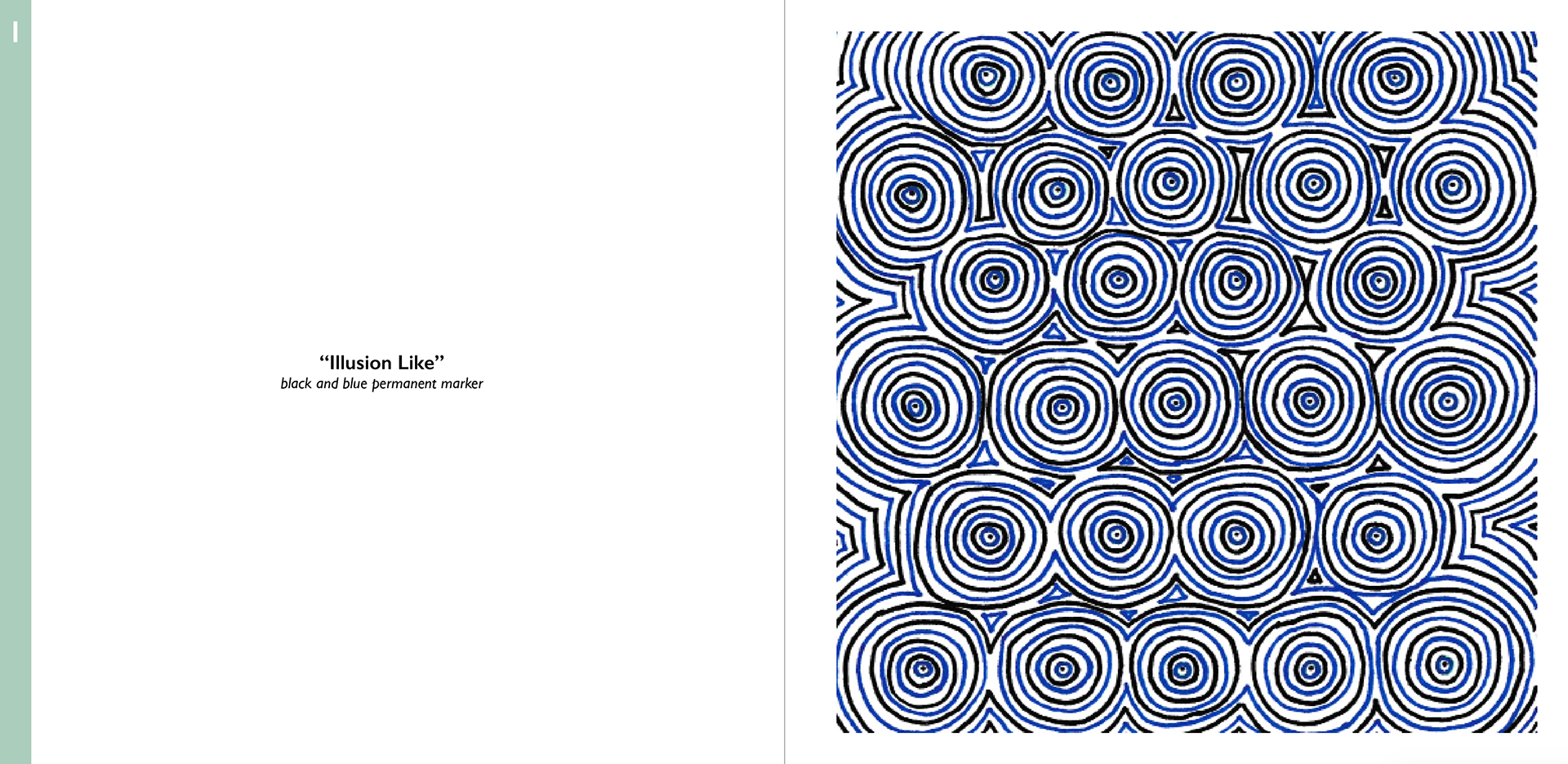
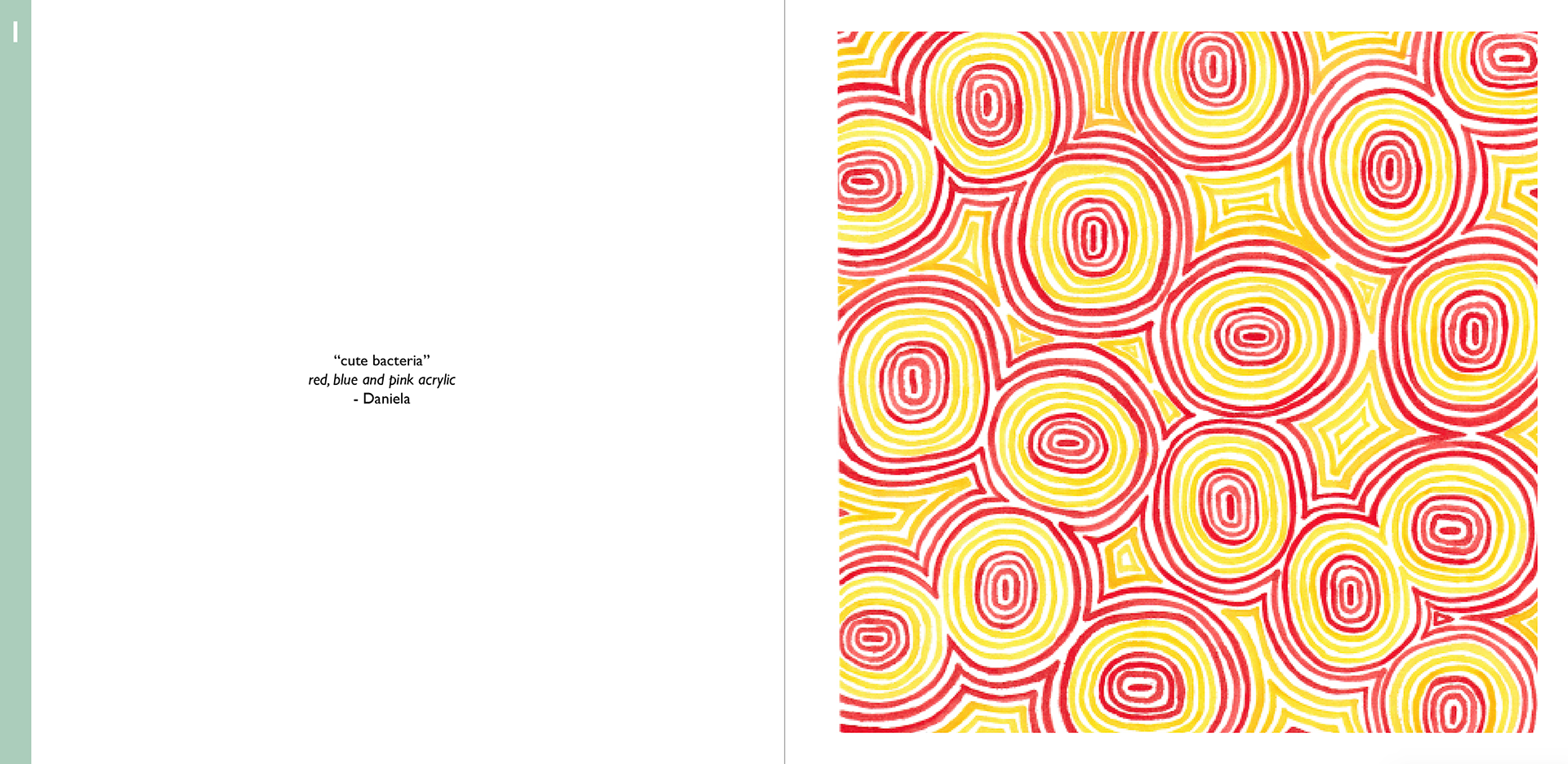

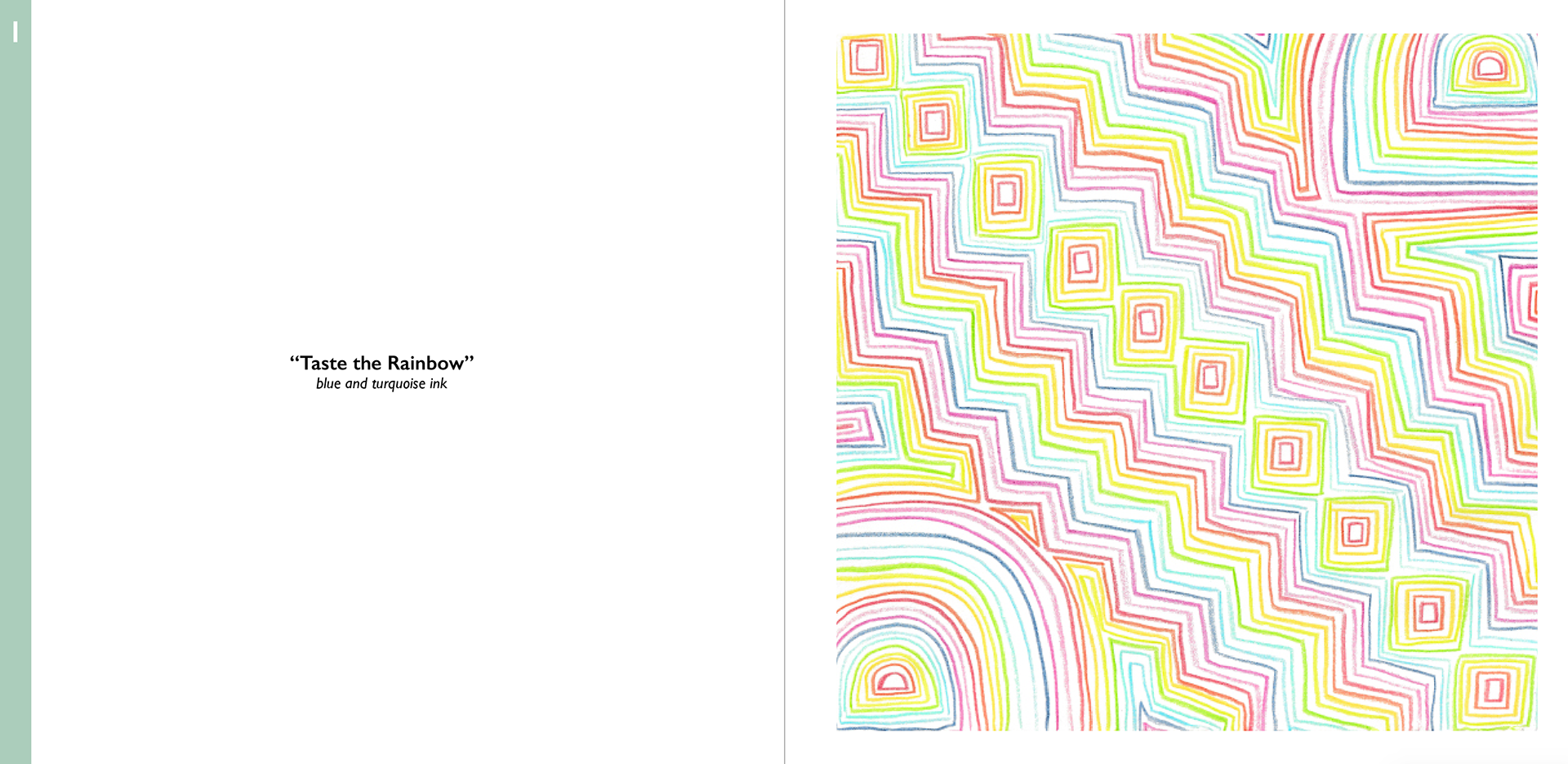
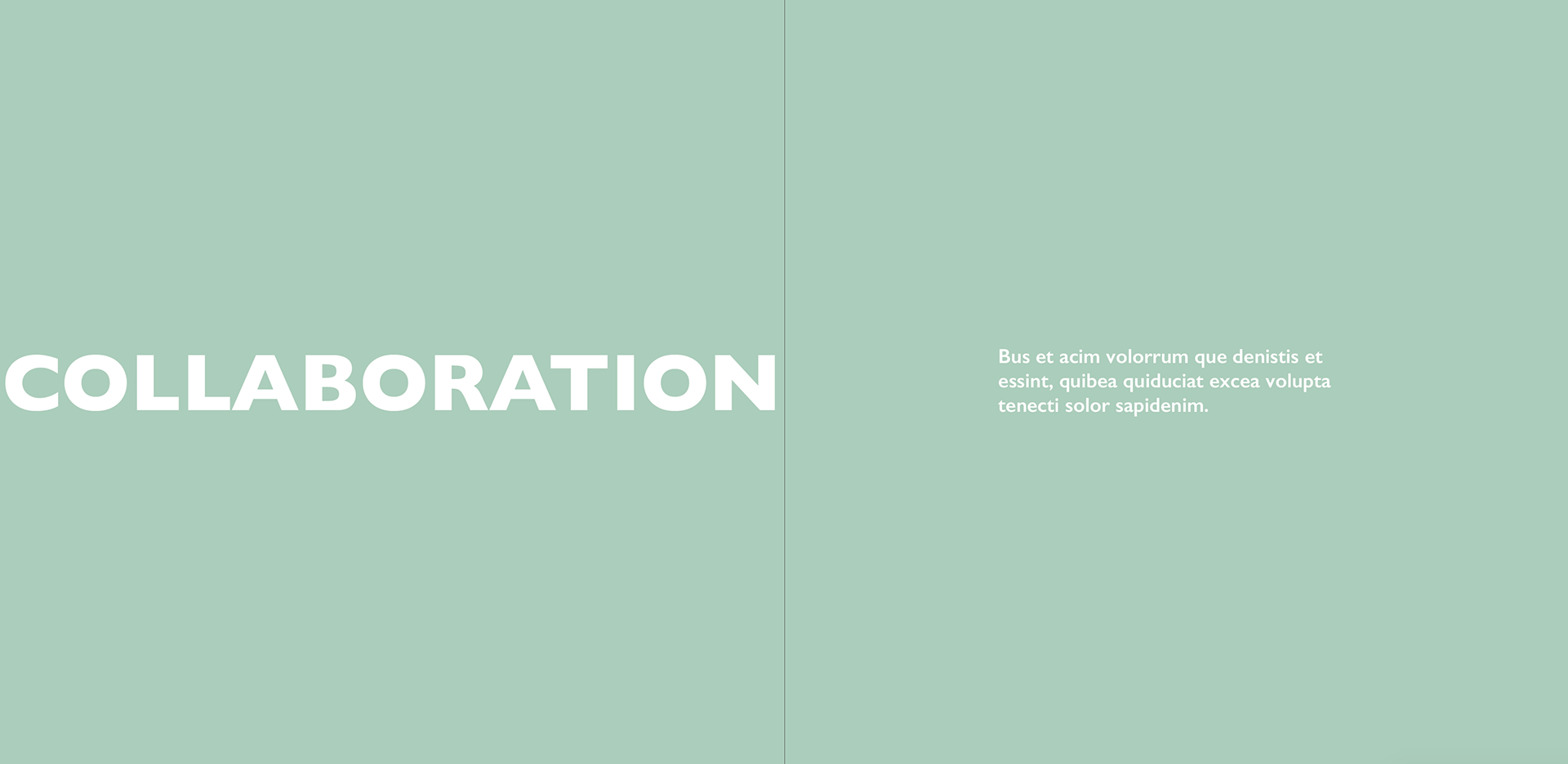
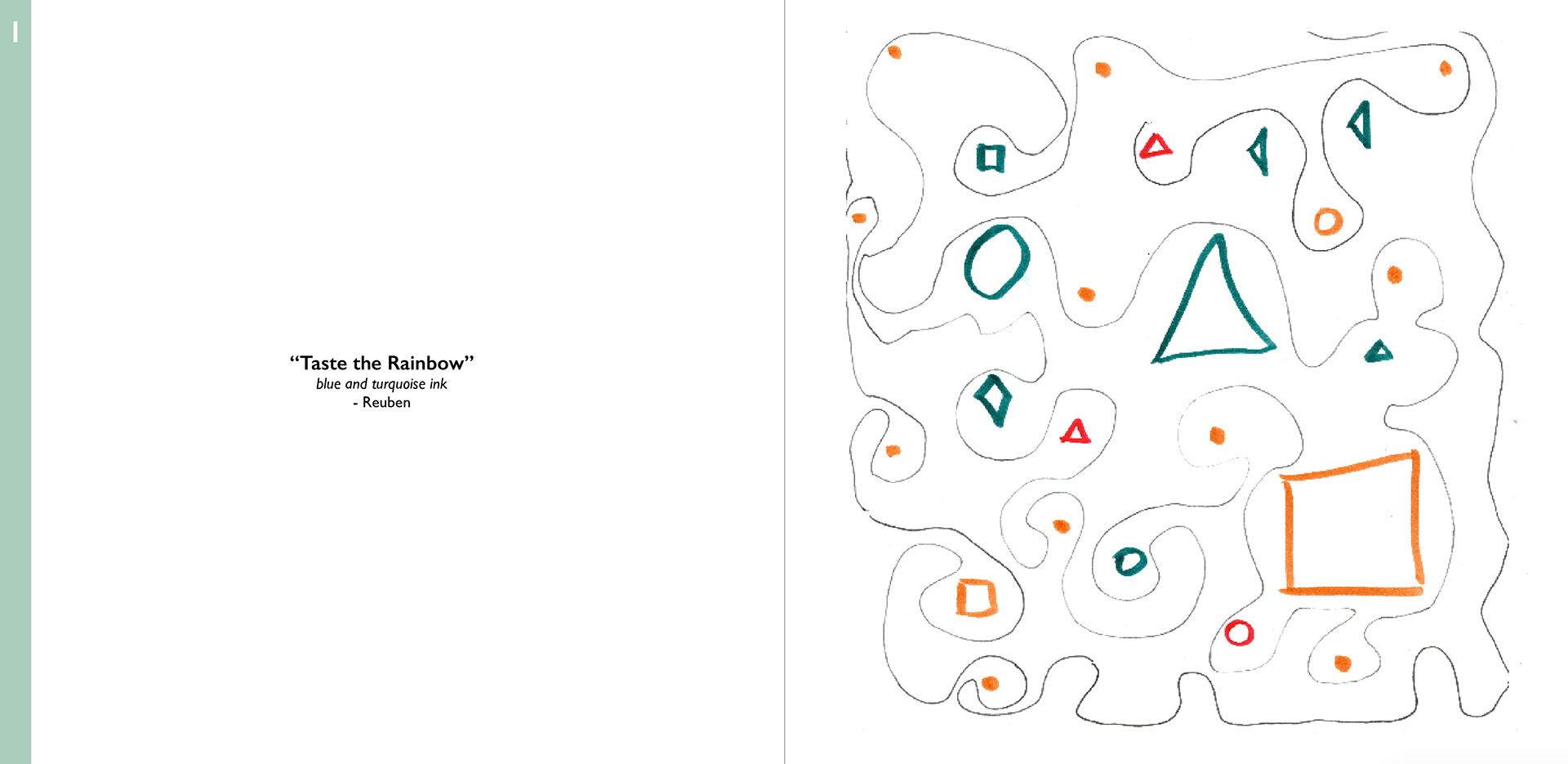
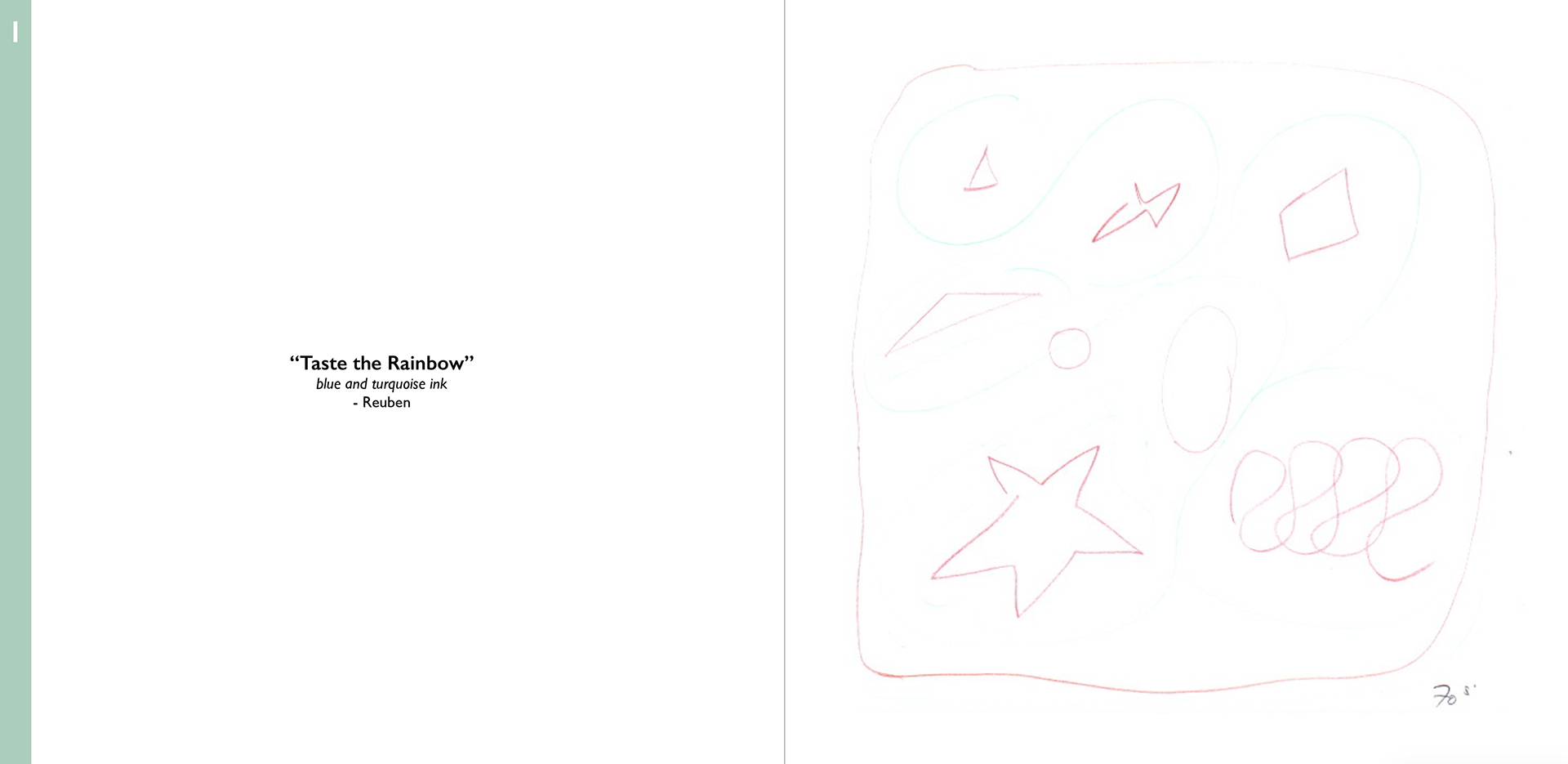
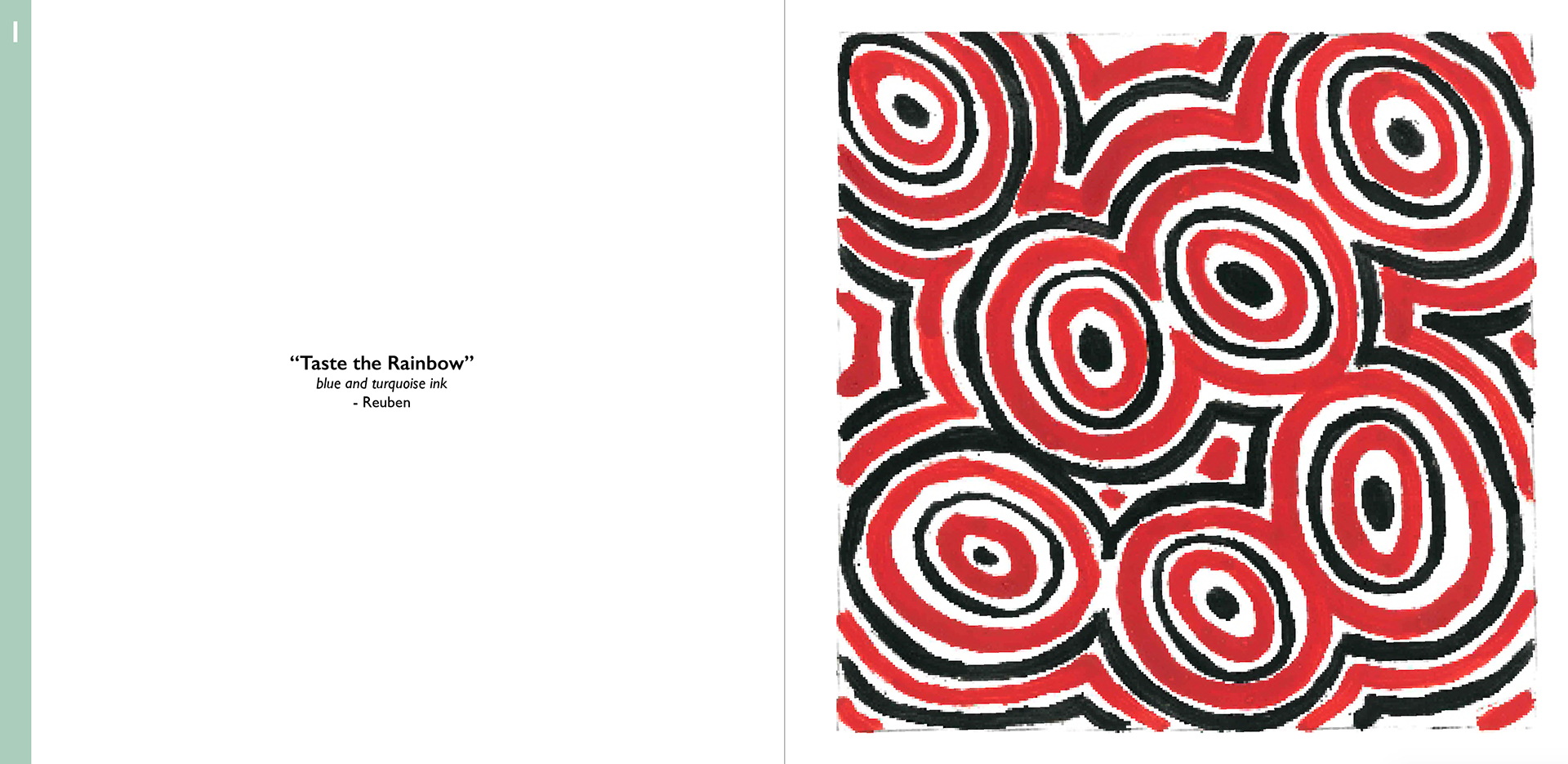




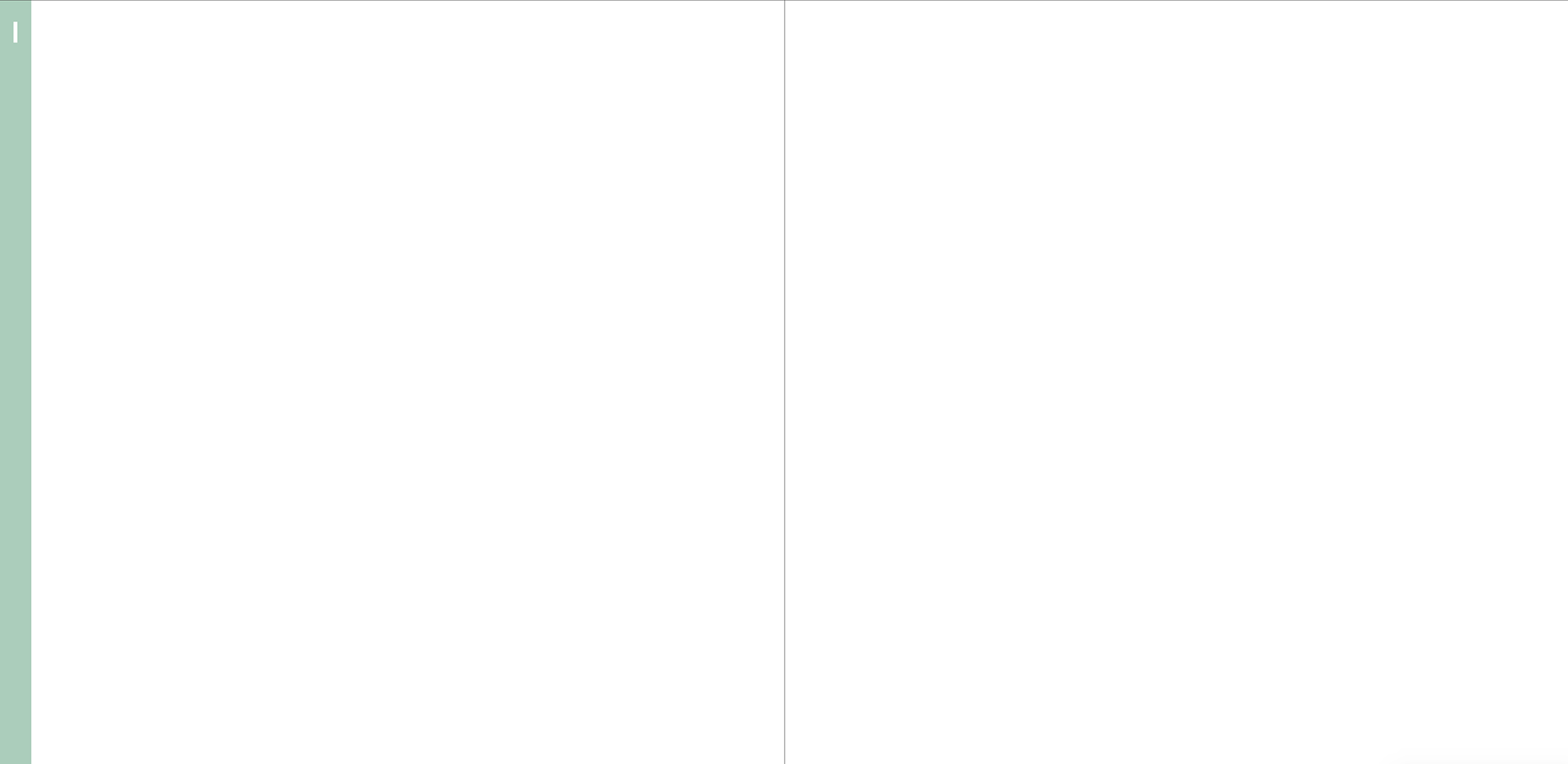
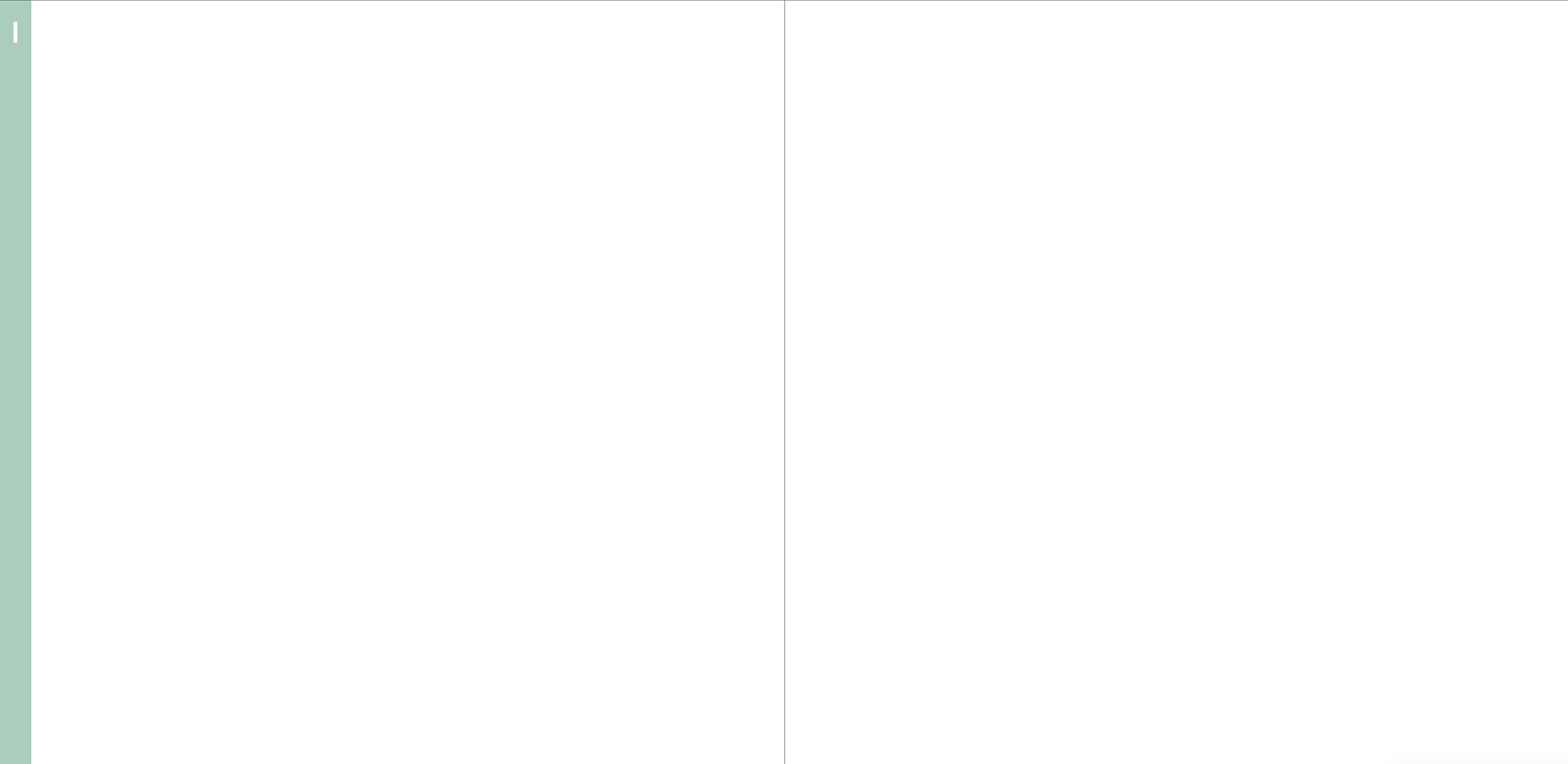
This is my template design for how the book will look like, whilst it might change it little when I imput the whole thing, I'm happy with how it looks. It's split into three sections (names are still pending): Taster/My own - my own responses to the rule, Collaboration - people's responses with their title name, medium and name and Your Turn which is where the reader of the book is given the option to do their own rule response.
The beginning of each introduction will introduce what to do and the rule. I have observation section at the end of mine and the collaboration section where I will comment on the pieces and any observations I make.
WIP
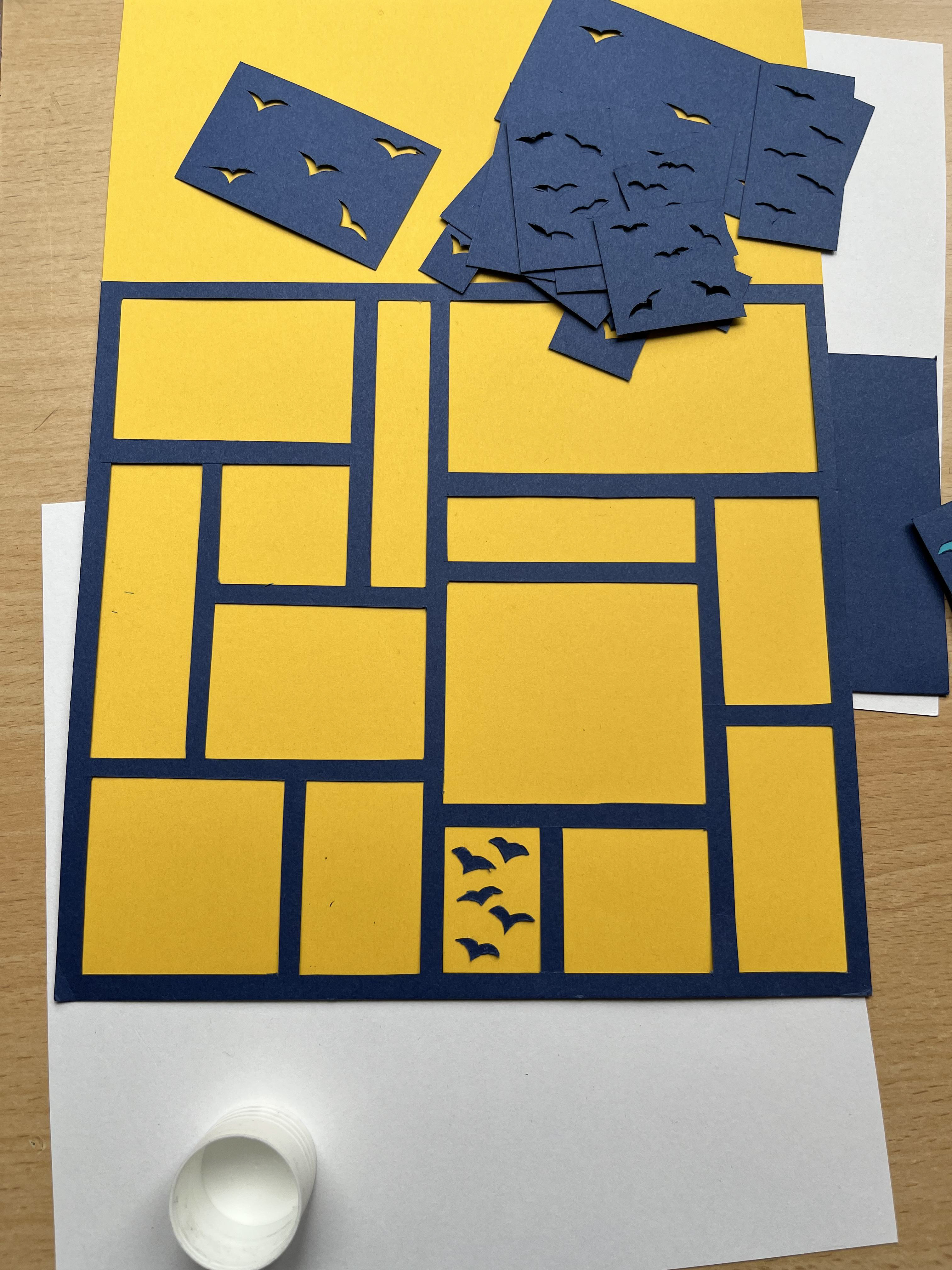
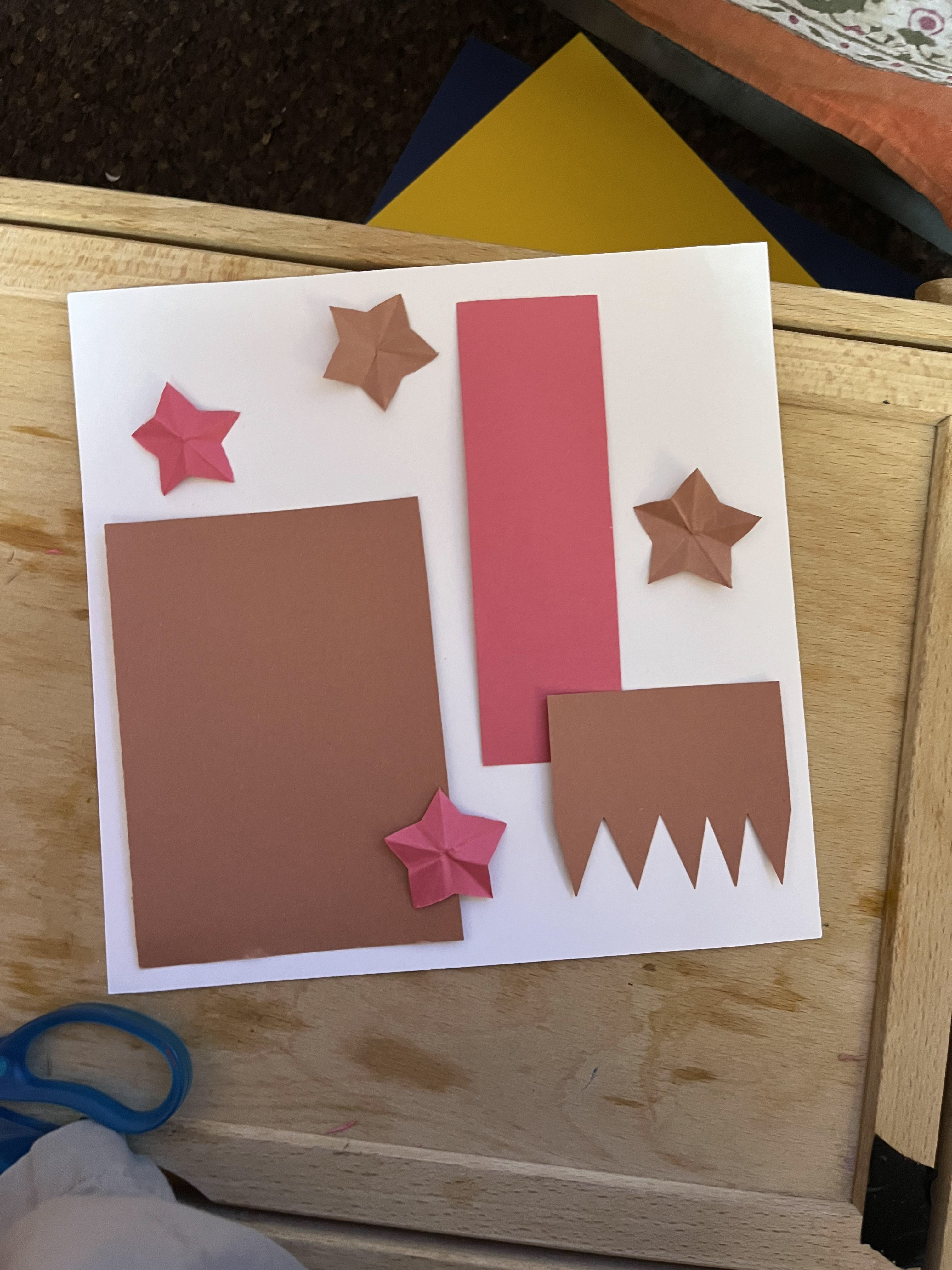
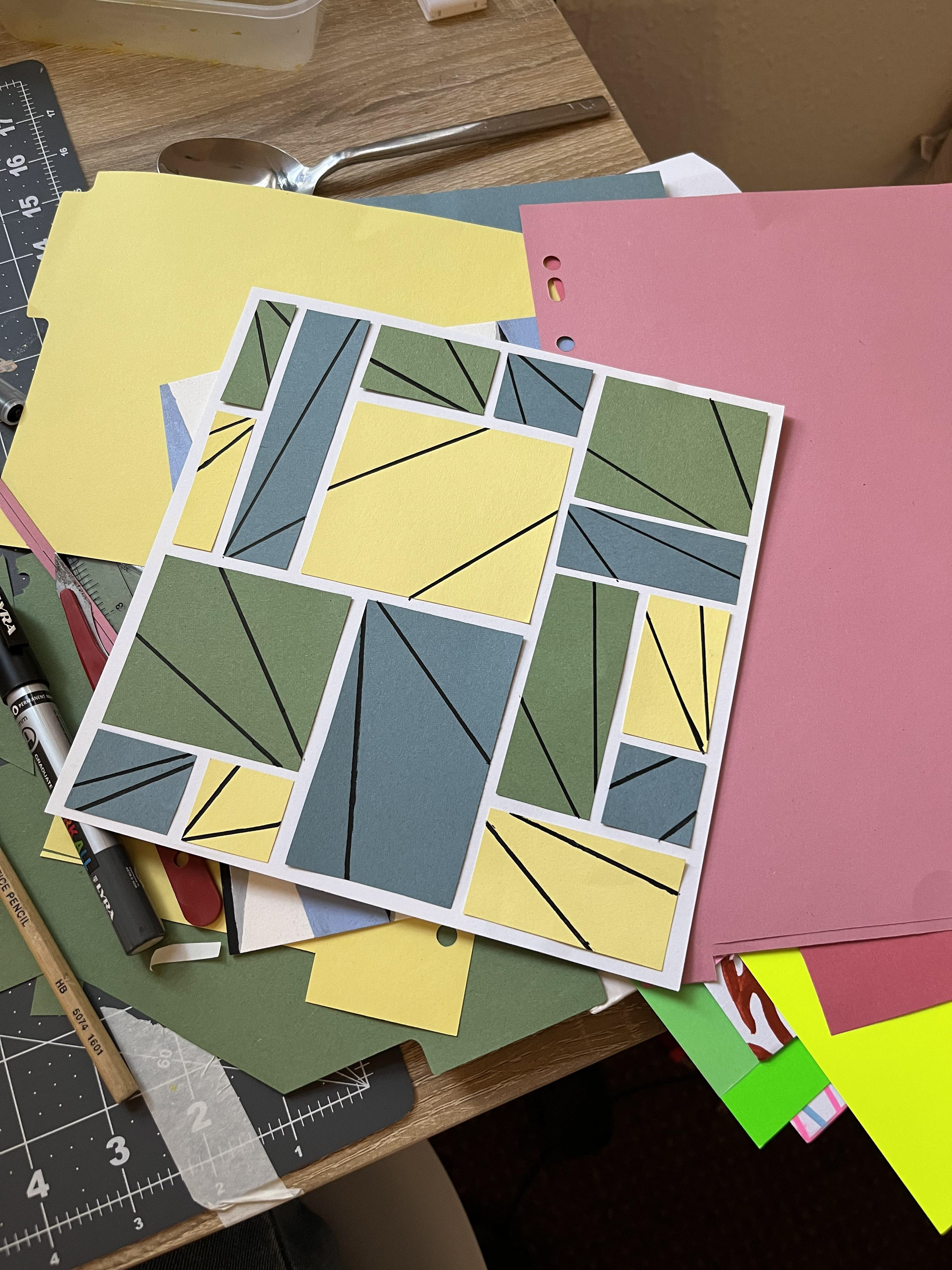

These are some of my outcome, it's been really great doing these squares as it take my away from the digital space and has a hind of mindfulness aspect with have that security of know what the task in hand is and the best thing to do it just relax and enjoy the process.
This is something I hope to comment on and hope my collaborators enjoy it too.
